Solar System Essay for Students and Children
500+ words essay on solar system.
Our solar system consists of eight planets that revolve around the Sun, which is central to our solar system . These planets have broadly been classified into two categories that are inner planets and outer planets. Mercury, Venus, Earth, and Mars are called inner planets. The inner planets are closer to the Sun and they are smaller in size as compared to the outer planets. These are also referred to as the Terrestrial planets. And the other four Jupiter, Saturn, Uranus, and Neptune are termed as the outer planets. These four are massive in size and are often referred to as Giant planets.

The smallest planet in our solar system is Mercury, which is also closest to the Sun. The geological features of Mercury consist of lobed ridges and impact craters. Being closest to the Sun the Mercury’s temperature sores extremely high during the day time. Mercury can go as high as 450 degree Celsius but surprisingly the nights here are freezing cold. Mercury has a diameter of 4,878 km and Mercury does not have any natural satellite like Earth.
Venus is also said to be the hottest planet of our solar system. It has a toxic atmosphere that always traps heat. Venus is also the brightest planet and it is visible to the naked eye. Venus has a thick silicate layer around an iron core which is also similar to that of Earth. Astronomers have seen traces of internal geological activity on Venus planet. Venus has a diameter of 12,104 km and it is just like Mars. Venus also does not have any natural satellite like Earth.
Earth is the largest inner planet. It is covered two-third with water. Earth is the only planet in our solar system where life is possible. Earth’s atmosphere which is rich in nitrogen and oxygen makes it fit for the survival of various species of flora and fauna. However human activities are negatively impacting its atmosphere. Earth has a diameter of 12,760 km and Earth has one natural satellite that is the moon.
Get the huge list of more than 500 Essay Topics and Ideas
Mars is the fourth planet from the Sun and it is often referred to as the Red Planet. This planet has a reddish appeal because of the iron oxide present on this planet. Mars planet is a cold planet and it has geological features similar to that of Earth. This is the only reason why it has captured the interest of astronomers like no other planet. This planet has traces of frozen ice caps and it has been found on the planet. Mars has a diameter of 6,787 km and it has two natural satellites.
It is the largest planet in our solar system. Jupiter has a strong magnetic field . Jupiter largely consists of helium and hydrogen. It has a Great Red Spot and cloud bands. The giant storm is believed to have raged here for hundreds of years. Jupiter has a diameter of 139,822 km and it has as many as 79 natural satellites which are much more than of Earth and Mars.
Saturn is the sixth planet from the Sun. It is also known for its ring system and these rings are made of tiny particles of ice and rock. Saturn’s atmosphere is quite like that of Jupiter because it is also largely composed of hydrogen and helium. Saturn has a diameter of 120,500 km and It has 62 natural satellites that are mainly composed of ice. As compare with Jupiter it has less satellite.
Uranus is the seventh planet from the Sun. It is the lightest of all the giant and outer planets. Presence of Methane in the atmosphere this Uranus planet has a blue tint. Uranus core is colder than the other giant planets and the planet orbits on its side. Uranus has a diameter of 51,120 km and it has 27 natural satellites.
Neptune is the last planet in our solar system. It is also the coldest of all the planets. Neptune is around the same size as the Uranus. And it is much more massive and dense. Neptune’s atmosphere is composed of helium, hydrogen, methane, and ammonia and it experiences extremely strong winds. It is the only planet in our solar system which is found by mathematical prediction. Neptune has a diameter of 49,530 km and it has 14 natural satellites which are more than of Earth and Mars.
Scientists and astronomers have been studying our solar system for centuries and then after they will findings are quite interesting. Various planets that form a part of our solar system have their own unique geological features and all are different from each other in several ways.

Customize your course in 30 seconds
Which class are you in.

- Travelling Essay
- Picnic Essay
- Our Country Essay
- My Parents Essay
- Essay on Favourite Personality
- Essay on Memorable Day of My Life
- Essay on Knowledge is Power
- Essay on Gurpurab
- Essay on My Favourite Season
- Essay on Types of Sports
Leave a Reply Cancel reply
Your email address will not be published. Required fields are marked *
Download the App

- CBSE Class 10th
- CBSE Class 12th
- UP Board 10th
- UP Board 12th
- Bihar Board 10th
- Bihar Board 12th
- Top Schools in India
- Top Schools in Delhi
- Top Schools in Mumbai
- Top Schools in Chennai
- Top Schools in Hyderabad
- Top Schools in Kolkata
- Top Schools in Pune
- Top Schools in Bangalore
Products & Resources
- JEE Main Knockout April
- Free Sample Papers
- Free Ebooks
- NCERT Notes
- NCERT Syllabus
- NCERT Books
- RD Sharma Solutions
- Navodaya Vidyalaya Admission 2024-25
- NCERT Solutions
- NCERT Solutions for Class 12
- NCERT Solutions for Class 11
- NCERT solutions for Class 10
- NCERT solutions for Class 9
- NCERT solutions for Class 8
- NCERT Solutions for Class 7
- JEE Main 2024
- MHT CET 2024
- JEE Advanced 2024
- BITSAT 2024
- View All Engineering Exams
- Colleges Accepting B.Tech Applications
- Top Engineering Colleges in India
- Engineering Colleges in India
- Engineering Colleges in Tamil Nadu
- Engineering Colleges Accepting JEE Main
- Top IITs in India
- Top NITs in India
- Top IIITs in India
- JEE Main College Predictor
- JEE Main Rank Predictor
- MHT CET College Predictor
- AP EAMCET College Predictor
- GATE College Predictor
- KCET College Predictor
- JEE Advanced College Predictor
- View All College Predictors
- JEE Main Question Paper
- JEE Main Cutoff
- JEE Main Advanced Admit Card
- AP EAPCET Hall Ticket
- Download E-Books and Sample Papers
- Compare Colleges
- B.Tech College Applications
- KCET Result
- MAH MBA CET Exam
- View All Management Exams
Colleges & Courses
- MBA College Admissions
- MBA Colleges in India
- Top IIMs Colleges in India
- Top Online MBA Colleges in India
- MBA Colleges Accepting XAT Score
- BBA Colleges in India
- XAT College Predictor 2024
- SNAP College Predictor
- NMAT College Predictor
- MAT College Predictor 2024
- CMAT College Predictor 2024
- CAT Percentile Predictor 2023
- CAT 2023 College Predictor
- CMAT 2024 Admit Card
- TS ICET 2024 Hall Ticket
- CMAT Result 2024
- MAH MBA CET Cutoff 2024
- Download Helpful Ebooks
- List of Popular Branches
- QnA - Get answers to your doubts
- IIM Fees Structure
- AIIMS Nursing
- Top Medical Colleges in India
- Top Medical Colleges in India accepting NEET Score
- Medical Colleges accepting NEET
- List of Medical Colleges in India
- List of AIIMS Colleges In India
- Medical Colleges in Maharashtra
- Medical Colleges in India Accepting NEET PG
- NEET College Predictor
- NEET PG College Predictor
- NEET MDS College Predictor
- NEET Rank Predictor
- DNB PDCET College Predictor
- NEET Admit Card 2024
- NEET PG Application Form 2024
- NEET Cut off
- NEET Online Preparation
- Download Helpful E-books
- Colleges Accepting Admissions
- Top Law Colleges in India
- Law College Accepting CLAT Score
- List of Law Colleges in India
- Top Law Colleges in Delhi
- Top NLUs Colleges in India
- Top Law Colleges in Chandigarh
- Top Law Collages in Lucknow
Predictors & E-Books
- CLAT College Predictor
- MHCET Law ( 5 Year L.L.B) College Predictor
- AILET College Predictor
- Sample Papers
- Compare Law Collages
- Careers360 Youtube Channel
- CLAT Syllabus 2025
- CLAT Previous Year Question Paper
- NID DAT Exam
- Pearl Academy Exam
Predictors & Articles
- NIFT College Predictor
- UCEED College Predictor
- NID DAT College Predictor
- NID DAT Syllabus 2025
- NID DAT 2025
- Design Colleges in India
- Top NIFT Colleges in India
- Fashion Design Colleges in India
- Top Interior Design Colleges in India
- Top Graphic Designing Colleges in India
- Fashion Design Colleges in Delhi
- Fashion Design Colleges in Mumbai
- Top Interior Design Colleges in Bangalore
- NIFT Result 2024
- NIFT Fees Structure
- NIFT Syllabus 2025
- Free Design E-books
- List of Branches
- Careers360 Youtube channel
- IPU CET BJMC
- JMI Mass Communication Entrance Exam
- IIMC Entrance Exam
- Media & Journalism colleges in Delhi
- Media & Journalism colleges in Bangalore
- Media & Journalism colleges in Mumbai
- List of Media & Journalism Colleges in India
- CA Intermediate
- CA Foundation
- CS Executive
- CS Professional
- Difference between CA and CS
- Difference between CA and CMA
- CA Full form
- CMA Full form
- CS Full form
- CA Salary In India
Top Courses & Careers
- Bachelor of Commerce (B.Com)
- Master of Commerce (M.Com)
- Company Secretary
- Cost Accountant
- Charted Accountant
- Credit Manager
- Financial Advisor
- Top Commerce Colleges in India
- Top Government Commerce Colleges in India
- Top Private Commerce Colleges in India
- Top M.Com Colleges in Mumbai
- Top B.Com Colleges in India
- IT Colleges in Tamil Nadu
- IT Colleges in Uttar Pradesh
- MCA Colleges in India
- BCA Colleges in India
Quick Links
- Information Technology Courses
- Programming Courses
- Web Development Courses
- Data Analytics Courses
- Big Data Analytics Courses
- RUHS Pharmacy Admission Test
- Top Pharmacy Colleges in India
- Pharmacy Colleges in Pune
- Pharmacy Colleges in Mumbai
- Colleges Accepting GPAT Score
- Pharmacy Colleges in Lucknow
- List of Pharmacy Colleges in Nagpur
- GPAT Result
- GPAT 2024 Admit Card
- GPAT Question Papers
- NCHMCT JEE 2024
- Mah BHMCT CET
- Top Hotel Management Colleges in Delhi
- Top Hotel Management Colleges in Hyderabad
- Top Hotel Management Colleges in Mumbai
- Top Hotel Management Colleges in Tamil Nadu
- Top Hotel Management Colleges in Maharashtra
- B.Sc Hotel Management
- Hotel Management
- Diploma in Hotel Management and Catering Technology
Diploma Colleges
- Top Diploma Colleges in Maharashtra
- UPSC IAS 2024
- SSC CGL 2024
- IBPS RRB 2024
- Previous Year Sample Papers
- Free Competition E-books
- Sarkari Result
- QnA- Get your doubts answered
- UPSC Previous Year Sample Papers
- CTET Previous Year Sample Papers
- SBI Clerk Previous Year Sample Papers
- NDA Previous Year Sample Papers
Upcoming Events
- NDA Application Form 2024
- UPSC IAS Application Form 2024
- CDS Application Form 2024
- CTET Admit card 2024
- HP TET Result 2023
- SSC GD Constable Admit Card 2024
- UPTET Notification 2024
- SBI Clerk Result 2024
Other Exams
- SSC CHSL 2024
- UP PCS 2024
- UGC NET 2024
- RRB NTPC 2024
- IBPS PO 2024
- IBPS Clerk 2024
- IBPS SO 2024
- Top University in USA
- Top University in Canada
- Top University in Ireland
- Top Universities in UK
- Top Universities in Australia
- Best MBA Colleges in Abroad
- Business Management Studies Colleges
Top Countries
- Study in USA
- Study in UK
- Study in Canada
- Study in Australia
- Study in Ireland
- Study in Germany
- Study in China
- Study in Europe
Student Visas
- Student Visa Canada
- Student Visa UK
- Student Visa USA
- Student Visa Australia
- Student Visa Germany
- Student Visa New Zealand
- Student Visa Ireland
- CUET PG 2024
- IGNOU B.Ed Admission 2024
- DU Admission 2024
- UP B.Ed JEE 2024
- LPU NEST 2024
- IIT JAM 2024
- IGNOU Online Admission 2024
- Universities in India
- Top Universities in India 2024
- Top Colleges in India
- Top Universities in Uttar Pradesh 2024
- Top Universities in Bihar
- Top Universities in Madhya Pradesh 2024
- Top Universities in Tamil Nadu 2024
- Central Universities in India
- CUET Exam City Intimation Slip 2024
- IGNOU Date Sheet
- CUET Mock Test 2024
- CUET Admit card 2024
- CUET PG Syllabus 2024
- CUET Participating Universities 2024
- CUET Previous Year Question Paper
- CUET Syllabus 2024 for Science Students
- E-Books and Sample Papers
- CUET Exam Pattern 2024
- CUET Exam Date 2024
- CUET Syllabus 2024
- IGNOU Exam Form 2024
- IGNOU Result
- CUET 2024 Admit Card
Engineering Preparation
- Knockout JEE Main 2024
- Test Series JEE Main 2024
- JEE Main 2024 Rank Booster
Medical Preparation
- Knockout NEET 2024
- Test Series NEET 2024
- Rank Booster NEET 2024
Online Courses
- JEE Main One Month Course
- NEET One Month Course
- IBSAT Free Mock Tests
- IIT JEE Foundation Course
- Knockout BITSAT 2024
- Career Guidance Tool
Top Streams
- IT & Software Certification Courses
- Engineering and Architecture Certification Courses
- Programming And Development Certification Courses
- Business and Management Certification Courses
- Marketing Certification Courses
- Health and Fitness Certification Courses
- Design Certification Courses
Specializations
- Digital Marketing Certification Courses
- Cyber Security Certification Courses
- Artificial Intelligence Certification Courses
- Business Analytics Certification Courses
- Data Science Certification Courses
- Cloud Computing Certification Courses
- Machine Learning Certification Courses
- View All Certification Courses
- UG Degree Courses
- PG Degree Courses
- Short Term Courses
- Free Courses
- Online Degrees and Diplomas
- Compare Courses
Top Providers
- Coursera Courses
- Udemy Courses
- Edx Courses
- Swayam Courses
- upGrad Courses
- Simplilearn Courses
- Great Learning Courses
Essay on Solar System
We see the sun every day shining in the sky and at night, we see the moon. Many other heavy bodies like satellites, meteoroids, and asteroids not visible to our naked eyes also make up the solar system. The sun and its planets together form the Solar System. The existence of the Solar System is about 4.6 billion years old.
100 Words Essay on The Solar System
200 words essay on the solar system, 500 words essay on the solar system.

The solar system comprises all the planets that revolve around the sun. The solar system also contains moons, asteroids, comets, minor planets, and different types of gases and dust.
The planets are categorised into two categories: internal planets and outer planets. Mercury, Venus, Earth, Mars, Jupyter, Saturn, Uranus, and Neptune are called inner planets . Earlier, there were nine planets considered till 2006, but now, Pluto does not lie in the list of planets, it does not meet the standard set for the planets.
It is now termed a dwarf planet. In our solar system, the earth is the only planet where life exists. There are many solar systems that exist in the universe, it is more than 500. Our solar system includes the Kuiper belt that lies past Neptune’s orbit.
The Sun is a star that is made up of massive hot gas that gives us heat and light . The Sun is the focal point of the solar system, every substance in the solar system revolves around the Sun. There are eight planets in the solar system, Mercury is the closest planet to the Sun and the smallest planet in the solar system whereas Neptune is the farthest one and Jupiter is the biggest planet in the solar system.
Only Earth has a supportive environment for living creatures. The Earth rotates around its own axis and revolves around the Sun, similarly the moon orbits around the Earth. For complete rotation the earth takes one day and for completing one cycle around the sun it takes 365 days. It is what we call one year and due to gravity we all are stuck to the surface of the Earth.
A Comet is a large body in space made of rocks, ice, and frozen gas. The centre of a comet is called the nucleus. Asteroids are also large bodies in space made of rocks and minerals, they mostly orbit the sun between Mars and Jupiter in an area called the Asteroid Belt.
The solar system comprises eight planets, about 170 natural planetary satellites, and uncountable asteroids, meteorites, and comets. The solar system is situated within the Orion-Cygnus arm of the Milky way galaxy . Alpha Centauri made up of the stars Proxima Centauri, Alpha Centauri A, and Alpha Centauri B are the closest star systems to the solar system. The sun which is located at the centre of the solar system affects the motion of the body through its gravitational force. It contains more than 99% mass of the system.
Planets and Their Moons
Mercury | Mercury is the closest and smallest plate in the solar system, it orbits around the Sun and takes 87.97 earth days, it spins around slowly compared to Earth and it is slightly bigger than earth. It has a solid surface that is covered with craters and has a thin surface.
Venus | Venus is the second closest planet to the Sun. Venus is very similar to the earth in shape and densityVenus is the hottest planet in the solar system, it has a thick and toxic atmosphere covered with carbon dioxide and sulfuric acid in the form of yellowish clouds, and trapped heat.
Earth | Earth is the only planet that has a livable environment that sustains life and the ecosystem. It is the third closest and fifth largest planet in the solar system. On earth, life is possible for various reasons, but the most essential thing is the availability of water and the presence of oxygen. Earth is also known as the ‘Blue Planet’ because 71% of the earth’s surface is covered with seas, oceans, and large rivers of water
Mars | Mars is the fourth planet from the sun in the solar system. It appears as a red, orange, and radish ball because of the presence of iron oxide which is why Mars is also known as the ‘Red Planet’. Mars is positioned just next to the Earth. The evidence of water and oxygen raised hopes about the possibility of life on Mars.
Jupiter | Jupiter is the largest planet in the solar system and the first of the four gas giants. It is the fifth planet from the Sun. Jupiter also has a ring system like all the large gas planets, although these rings are not famous or as visible as Saturn’s ring.
Saturn | Saturn is the second largest and least dense planet in the solar system. Saturn can float in water because Saturn is made of gases, it's a gas giant with an average radius of about nine and a half times that of earth. Saturn has rings that are made of gas and dust.
Uranus | Uranus is the coldest planet in the solar system, it revolves around the sun and takes 84 earth years to complete one rotation around the earth. Uranus is called an ‘Ice Giant’ planet because it is covered with ice and Hydrogen gas.
Neptune | Neptune is the eighth planet and farthest planet from the sun in the solar system, its atmosphere is made of hydrogen, helium, and methane gas. Neptune is a dark, cold, and very windy planet in the solar system.
Applications for Admissions are open.

Aakash iACST Scholarship Test 2024
Get up to 90% scholarship on NEET, JEE & Foundation courses

ALLEN Digital Scholarship Admission Test (ADSAT)
Register FREE for ALLEN Digital Scholarship Admission Test (ADSAT)

JEE Main Important Physics formulas
As per latest 2024 syllabus. Physics formulas, equations, & laws of class 11 & 12th chapters

PW JEE Coaching
Enrol in PW Vidyapeeth center for JEE coaching

PW NEET Coaching
Enrol in PW Vidyapeeth center for NEET coaching

JEE Main Important Chemistry formulas
As per latest 2024 syllabus. Chemistry formulas, equations, & laws of class 11 & 12th chapters
Download Careers360 App's
Regular exam updates, QnA, Predictors, College Applications & E-books now on your Mobile
Certifications
We Appeared in

Solar System Exploration
Join us as we explore our planetary neighborhood: The Sun, planets, moons, and millions of asteroids and comets.
10 THINGS about our solar system
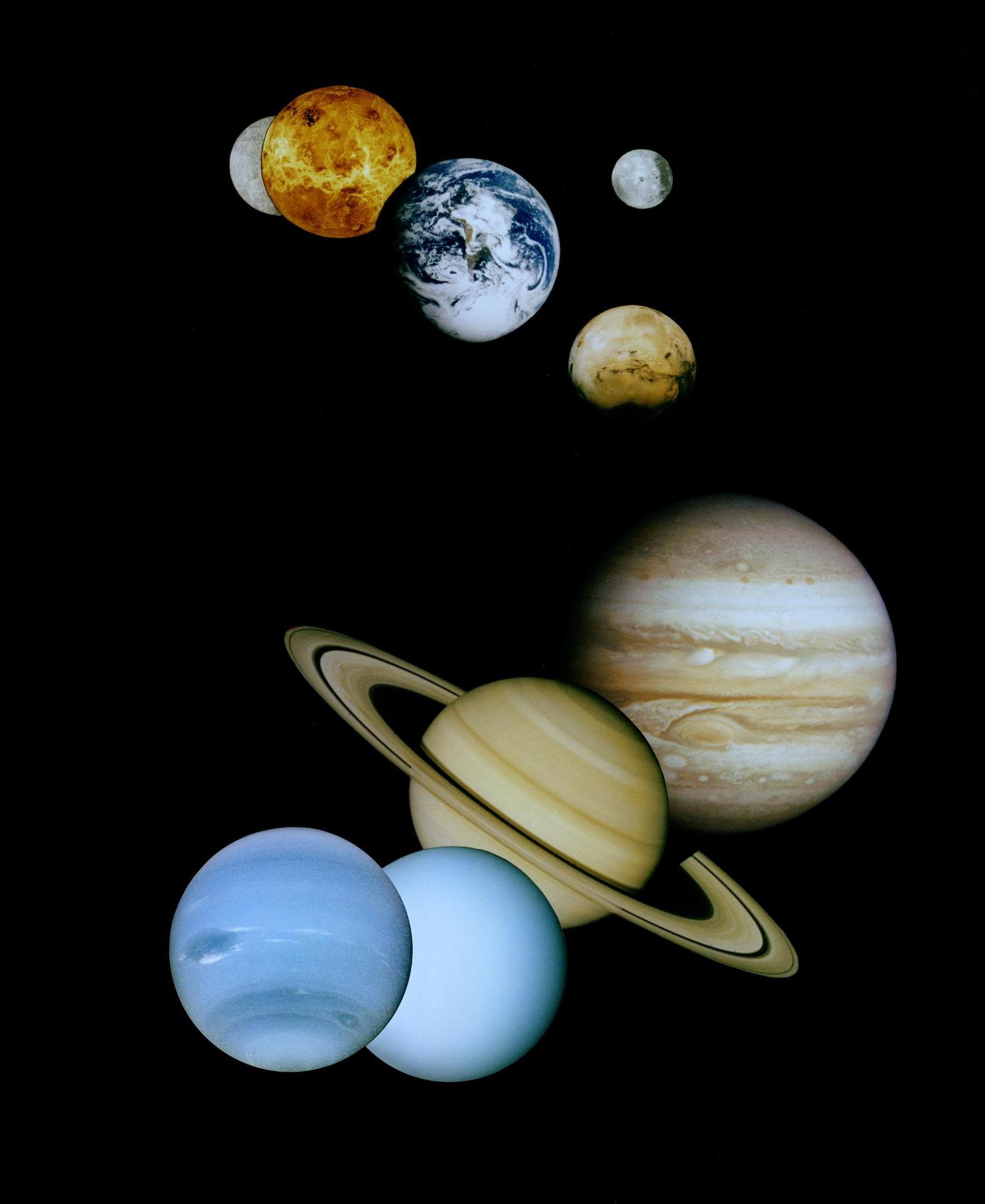
1. Many Worlds
Our solar system has a star, eight planets, five dwarf planets, and thousands of asteroids, and comets.
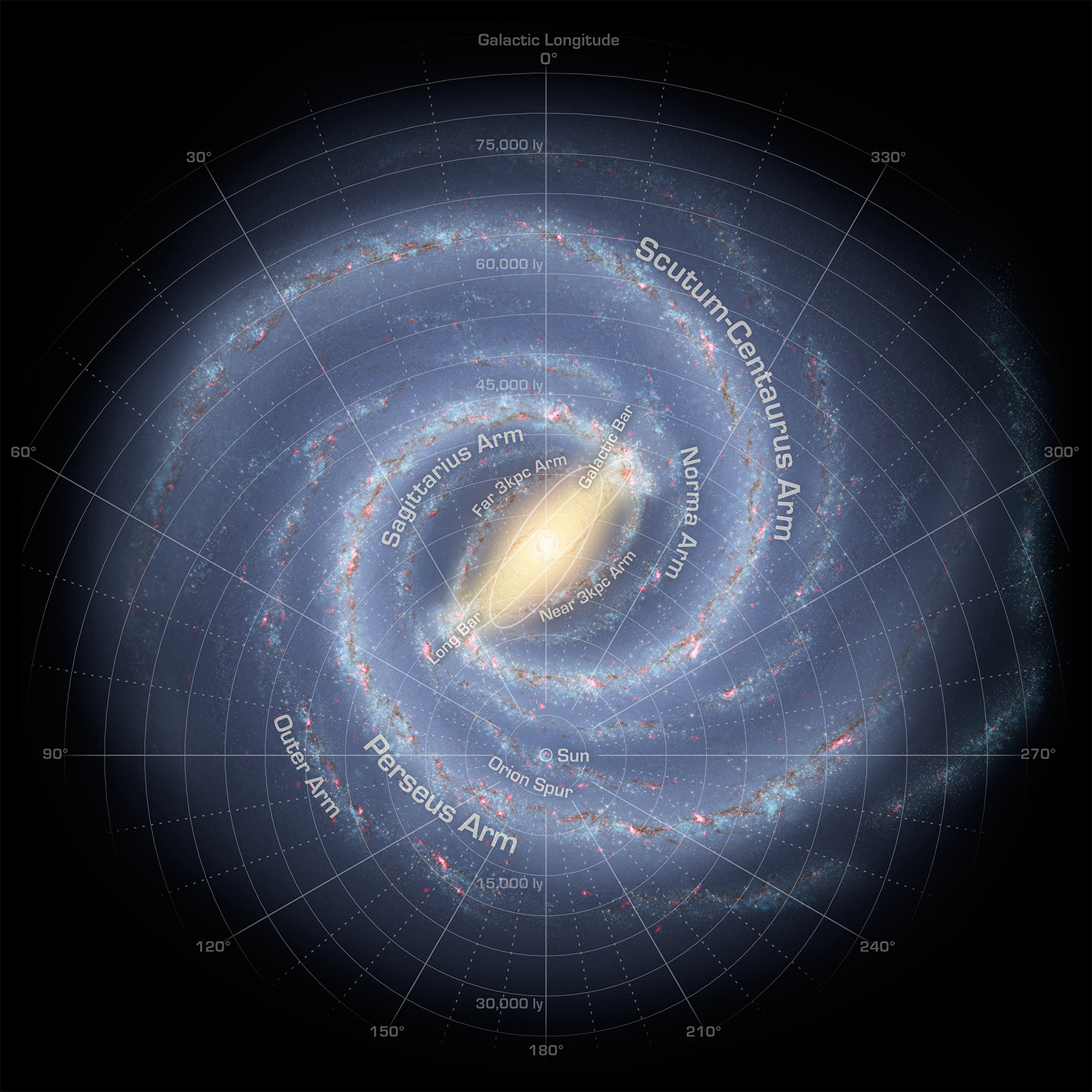
2. Meet Me in the Orion Arm
Our solar system orbits the center of the Milky Way galaxy. We’re in one of the galaxy’s four spiral arms.
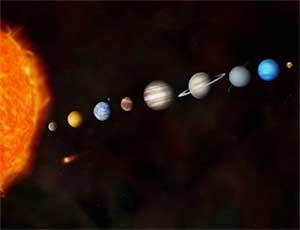
3. A Long Way Around
It takes our solar system about 230 million years to complete one orbit around the galactic center.
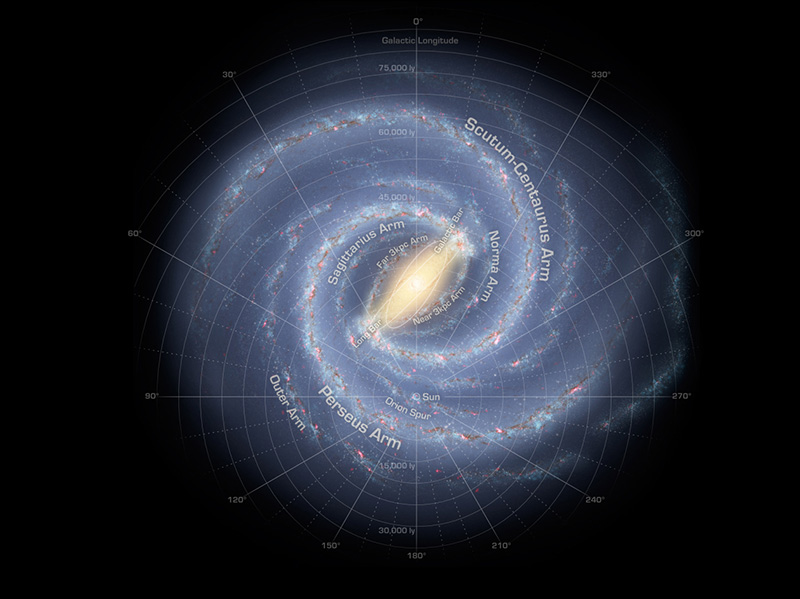
4. Spiraling Through Space
There are three general kinds of galaxies: elliptical, irregular, and spiral. The Milky Way is a spiral galaxy.
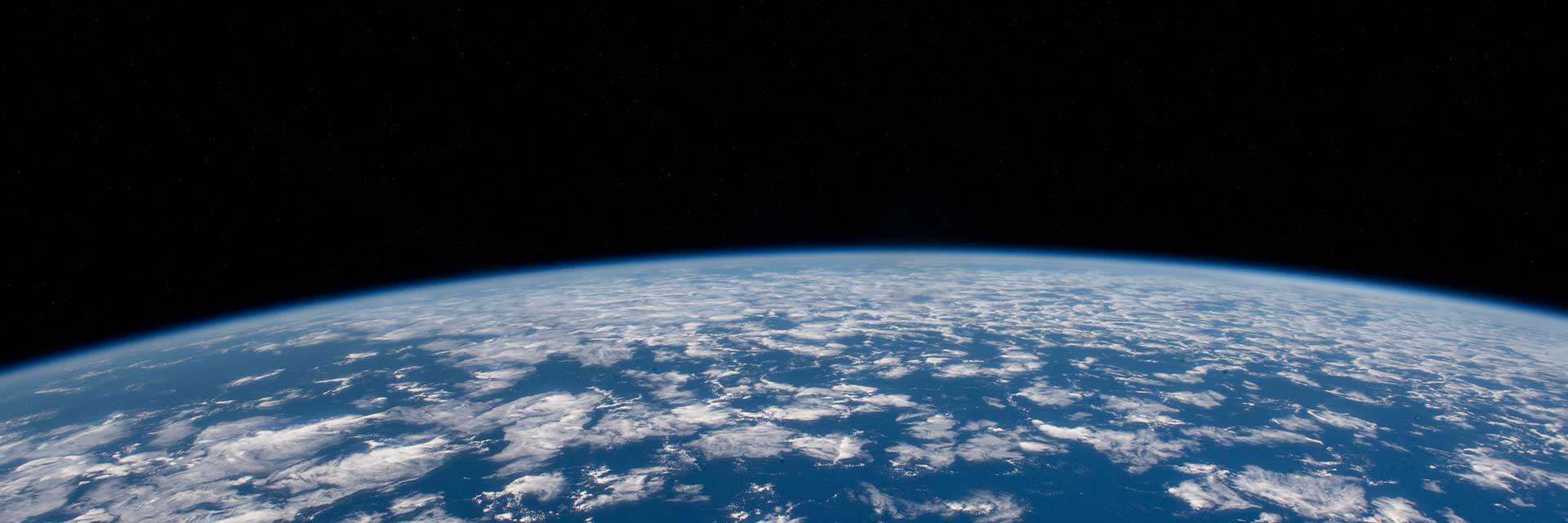
5. Room to Breathe
Our solar system has no atmosphere. But it has many worlds – including Earth – with many kinds of atmospheres.
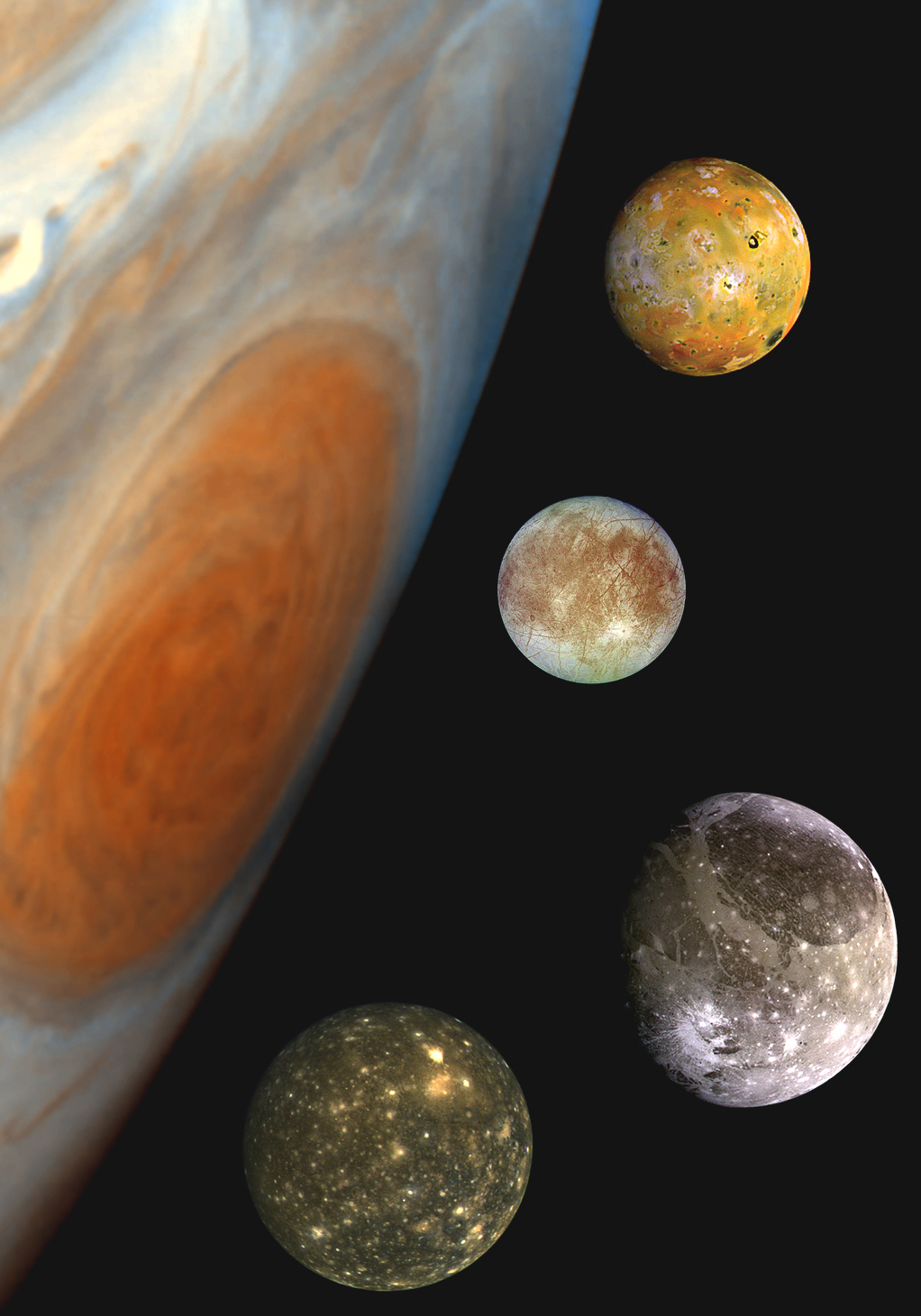
6. Many Moons
Our solar system has more than 200 moons.
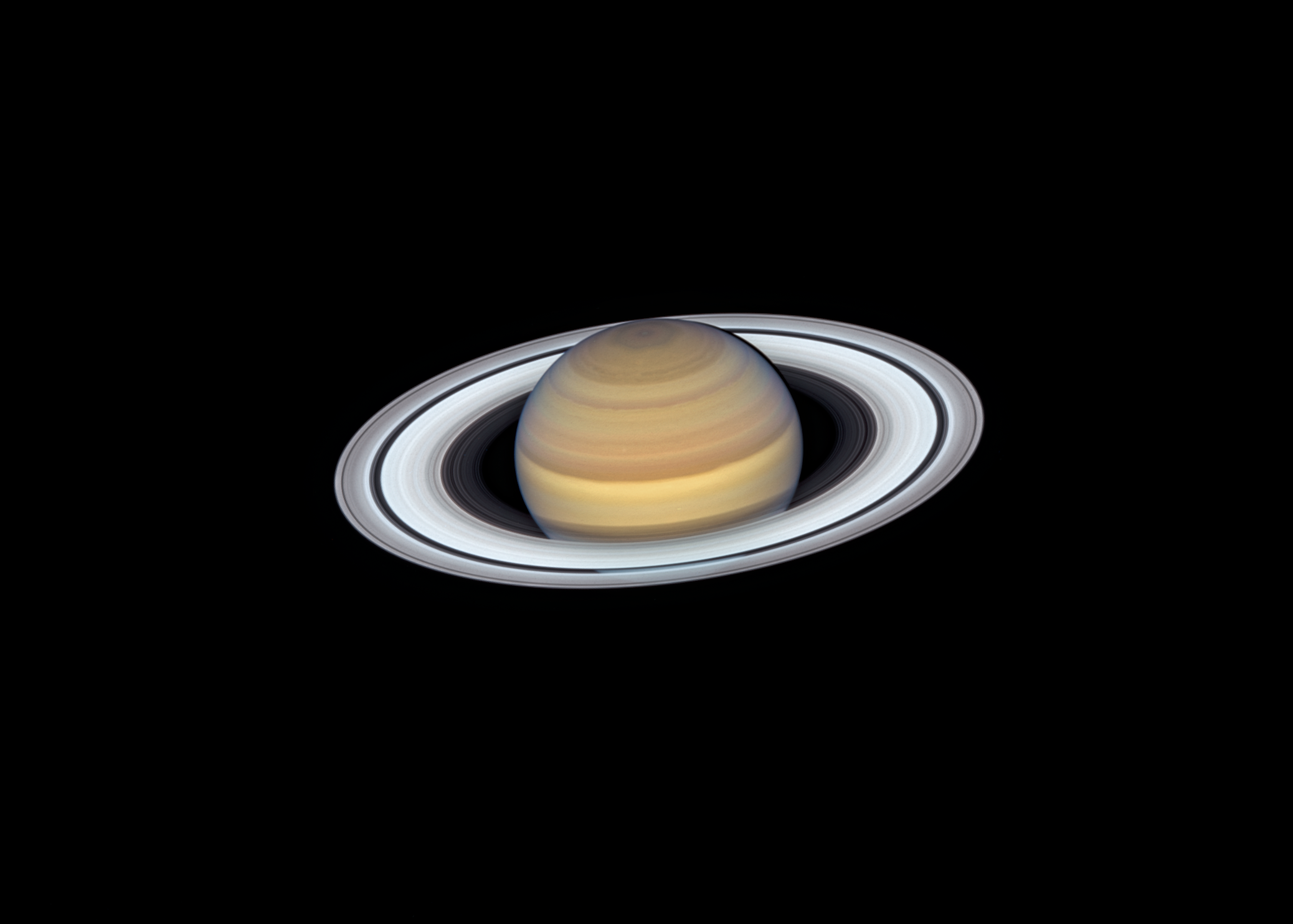
7. Ring Worlds
The four giant planets – and at least one asteroid – have rings.
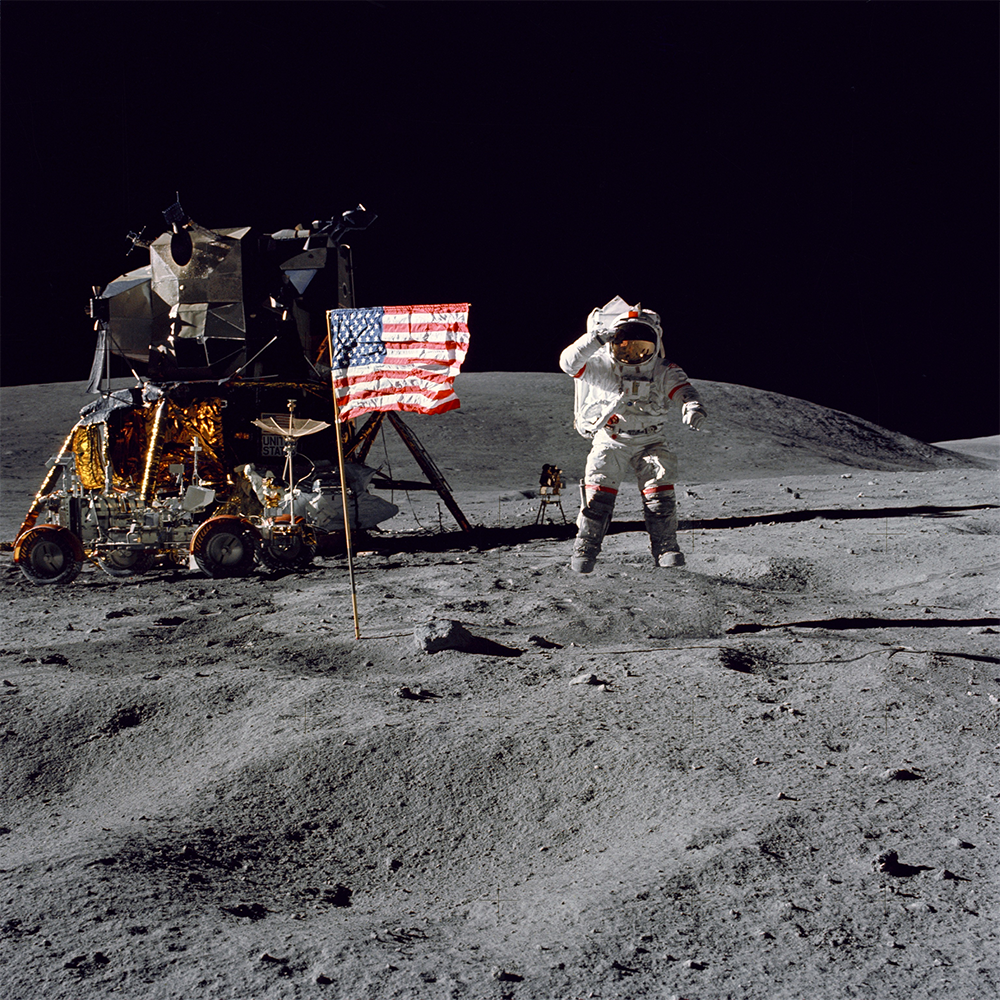
8. Getting Out There
More than 300 robotic spacecraft have left Earth's orbit, and 24 U.S. astronauts have traveled to the Moon.
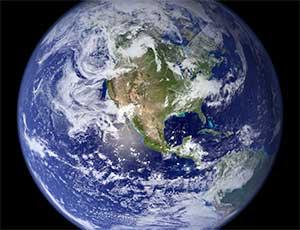
9. Life as We Know It
So far, Earth is the only place we've found life in our solar system, but we’re looking.
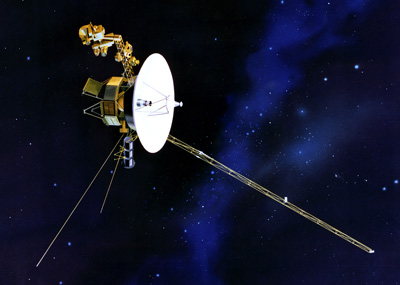
10. Going Interstellar
The Voyagers are the only spacecraft to reach interstellar space.
Solar System Overview
The solar system has one star, eight planets, five dwarf planets, at least 290 moons, more than 1.3 million asteroids, and about 3,900 comets. It is located in an outer spiral arm of the Milky Way galaxy called the Orion Arm, or Orion Spur. Our solar system orbits the center of the galaxy at about 515,000 mph (828,000 kph). It takes about 230 million years to complete one orbit around the galactic center.
We call it the solar system because it is made up of our star, the Sun, and everything bound to it by gravity – the planets Mercury, Venus, Earth, Mars, Jupiter, Saturn, Uranus, and Neptune; dwarf planets Pluto, Ceres, Makemake, Haumea, and Eris – along with hundreds of moons; and millions of asteroids, comets, and meteoroids.
The Latest: Building Europa Clipper
featured missions
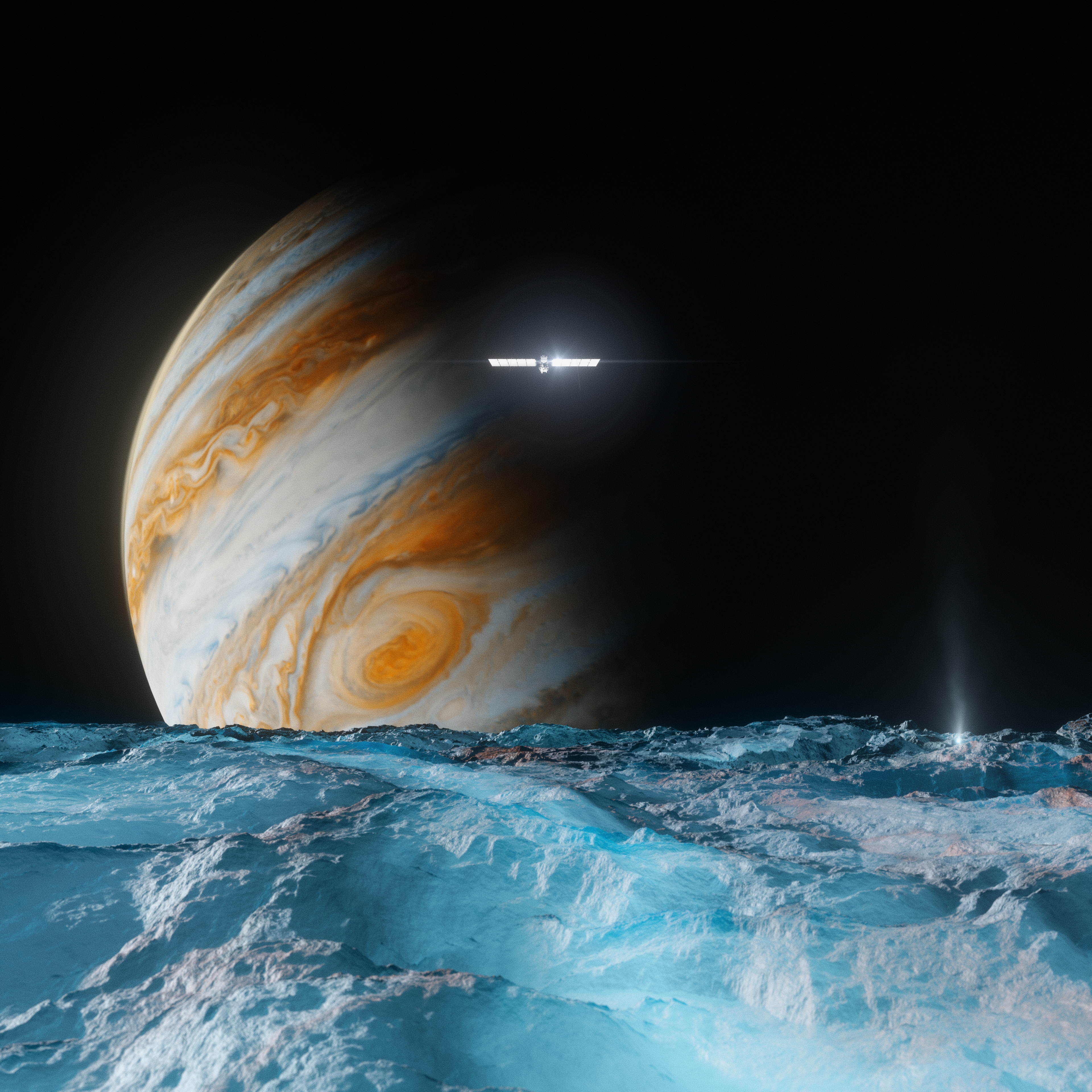
Europa Clipper
Launching Oct. 10, 2024, to Jupiter's icy moon, Europa.
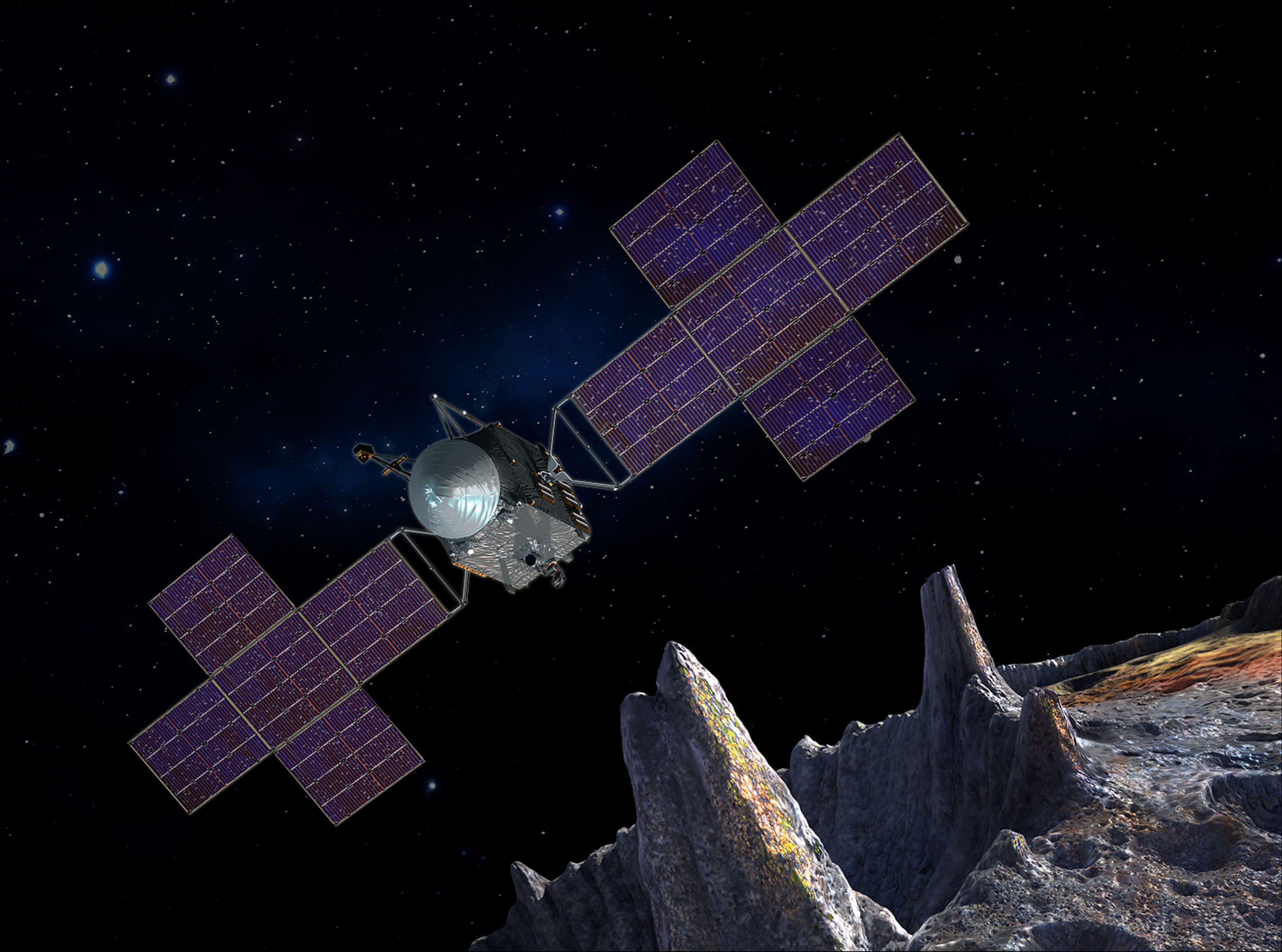
Launched on a mission to a metal-rich asteroid, arriving 2029.
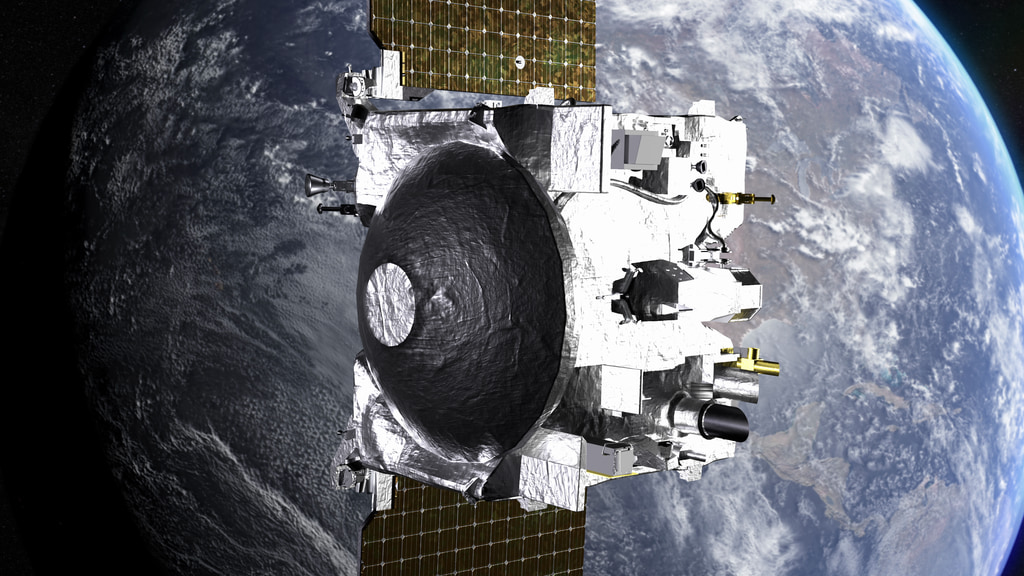
OSIRIS-APEX
On its way to explore asteroid Apophis.
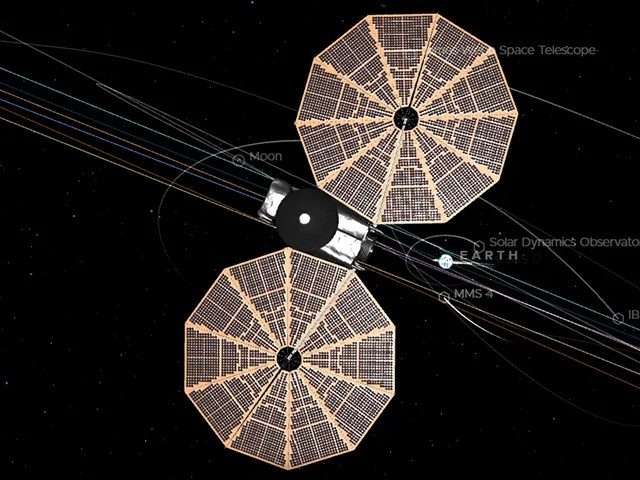
En route to Jupiter's Trojan asteroids.
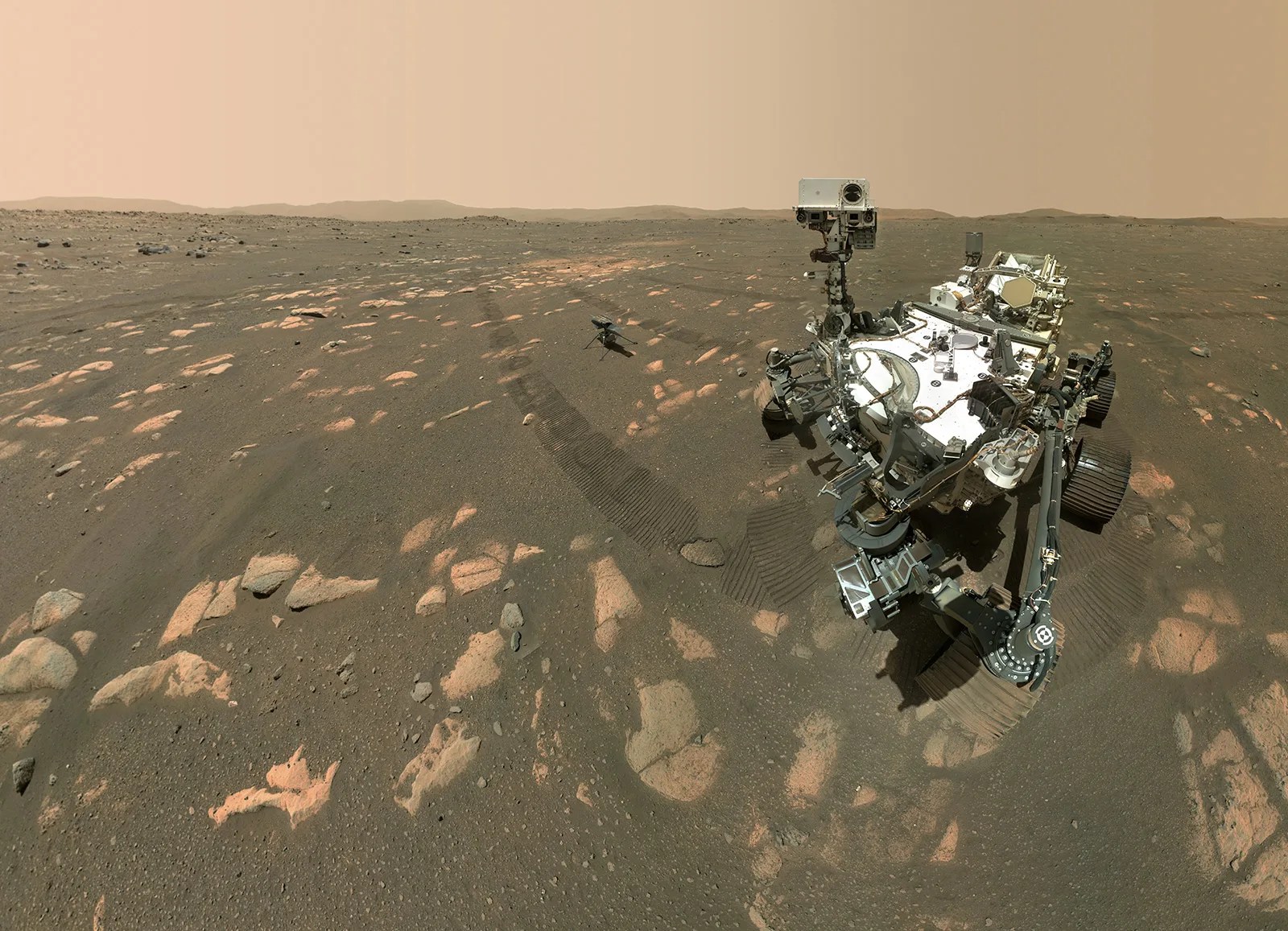
Perseverance Rover
Exploring the surface of Mars since 2021.
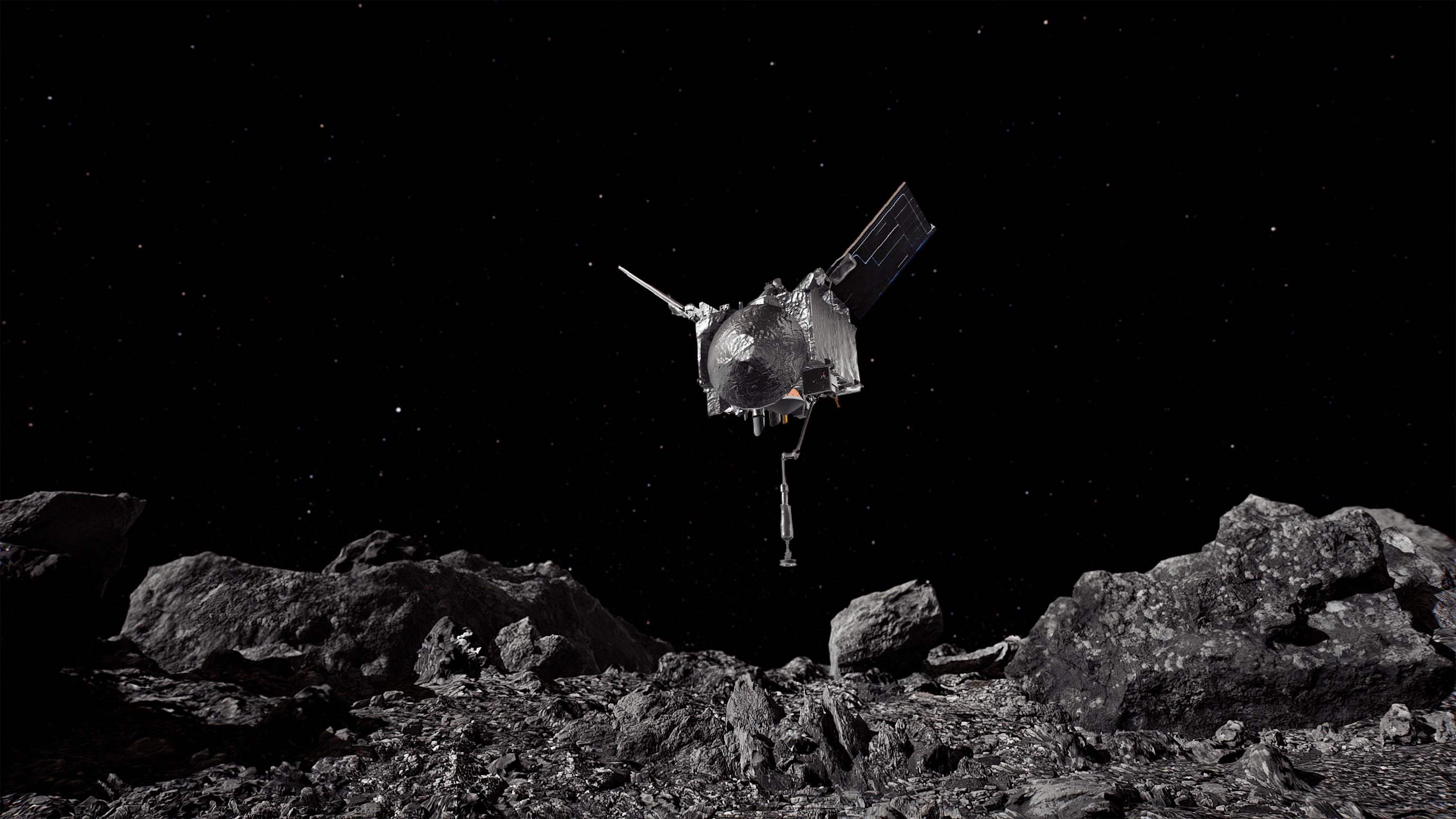
Delivered asteroid Bennu sample in September 2023.
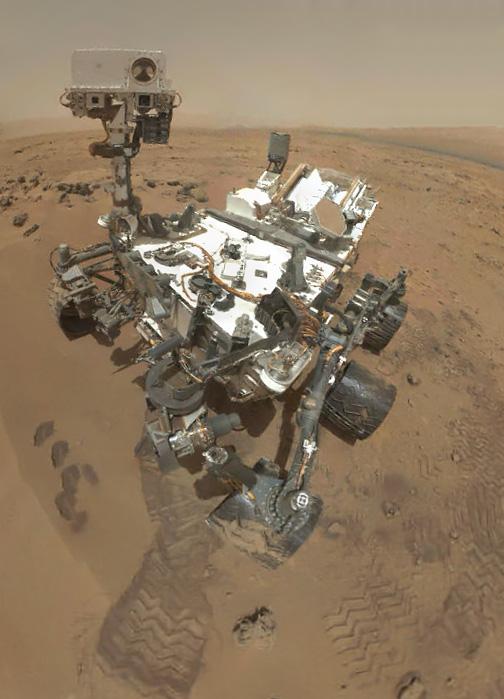
Curiosity Rover
Exploring the surface of Mars since 2012.
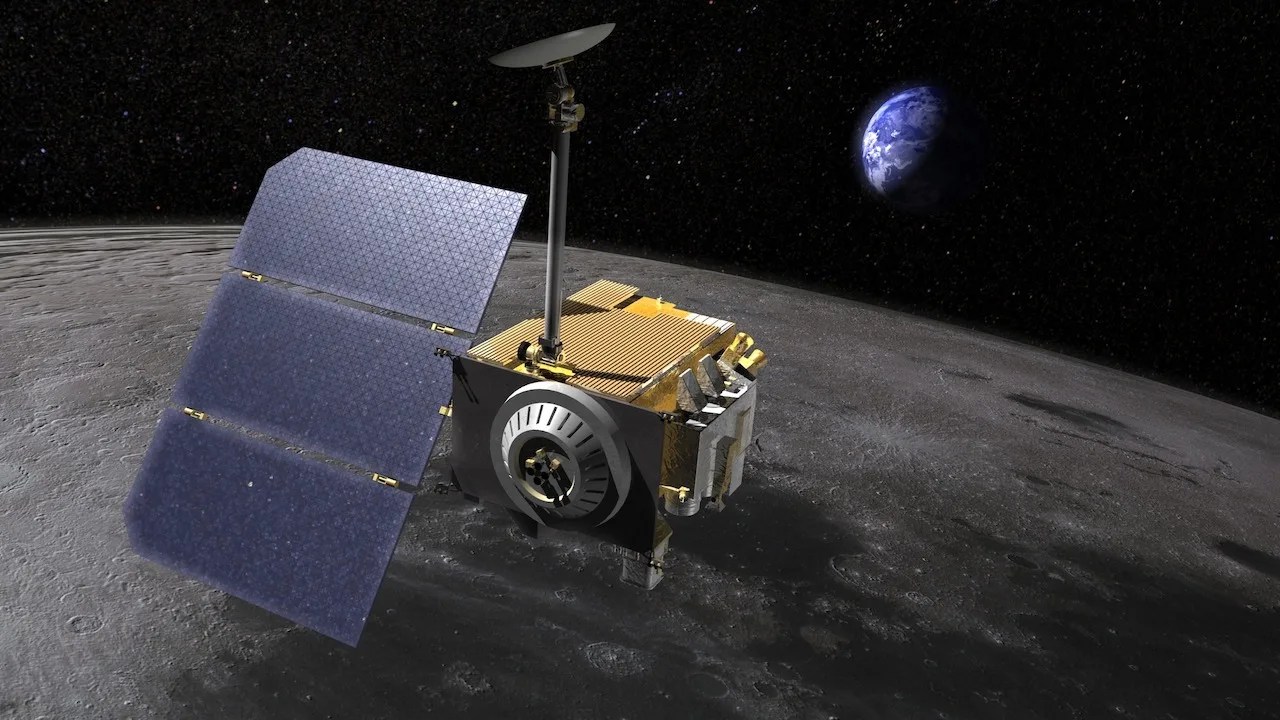
Lunar Reconnaissance Orbiter
Orbiting the Moon since 2009.
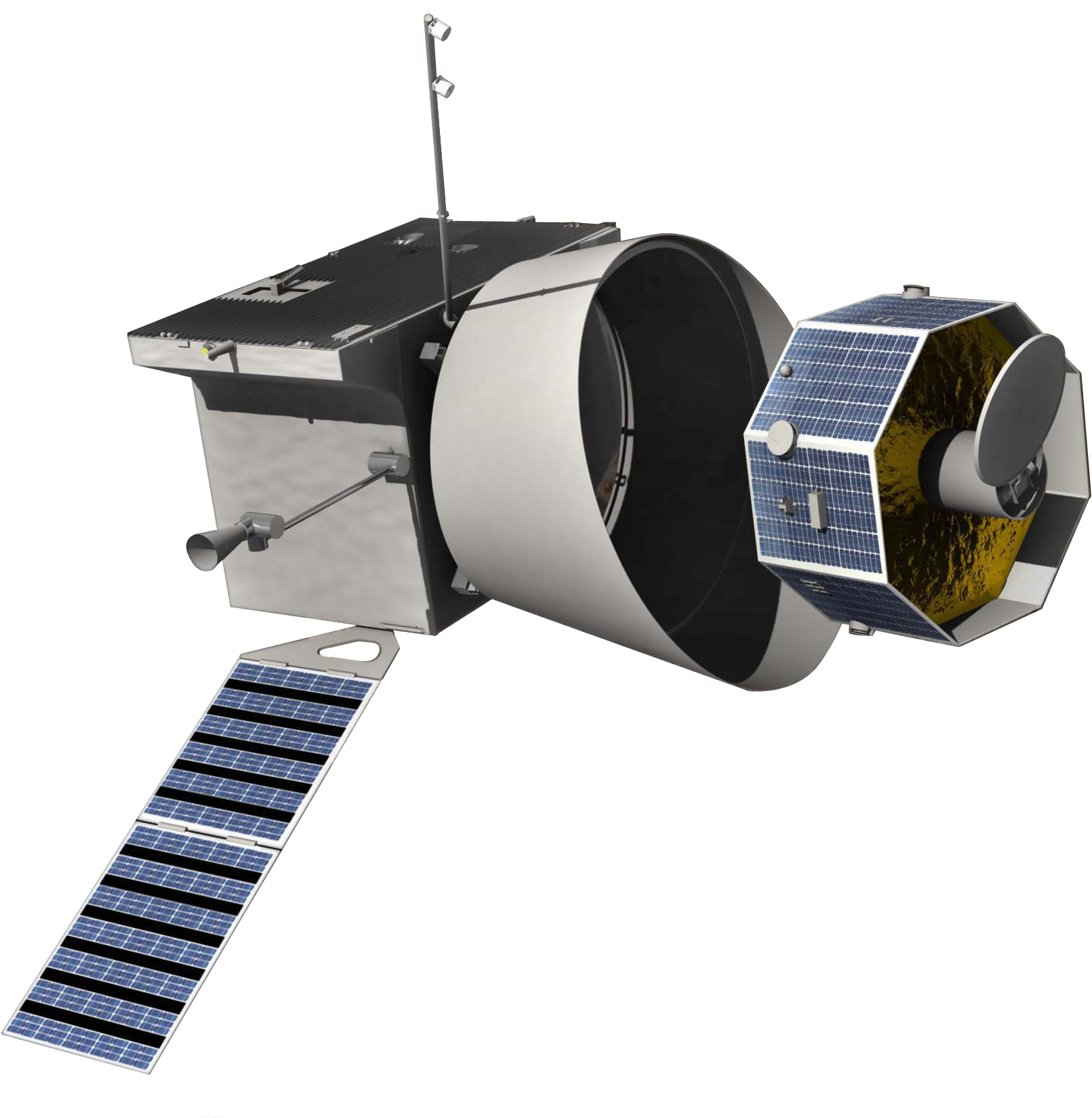
BepiColombo*
En route to Mercury orbit in 2025. *ESA/JAXA-led.
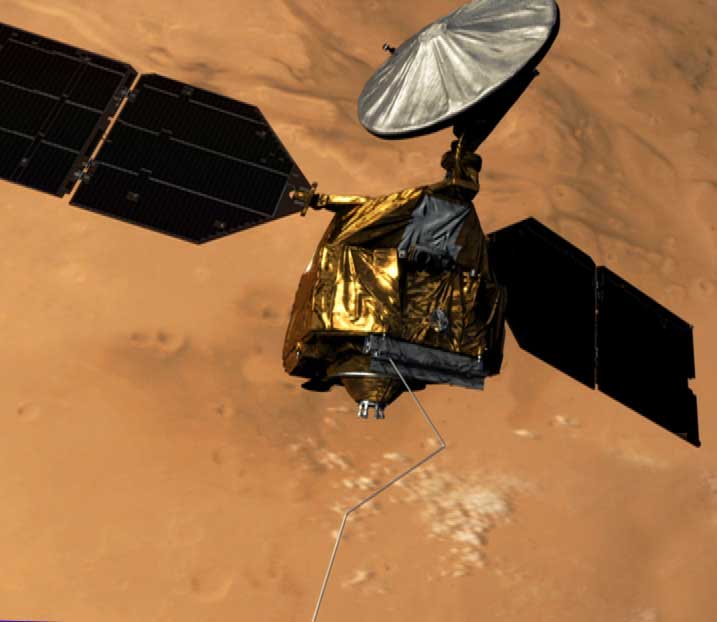
Mars Reconnaissance Orbiter
Orbiting Mars since 2006.
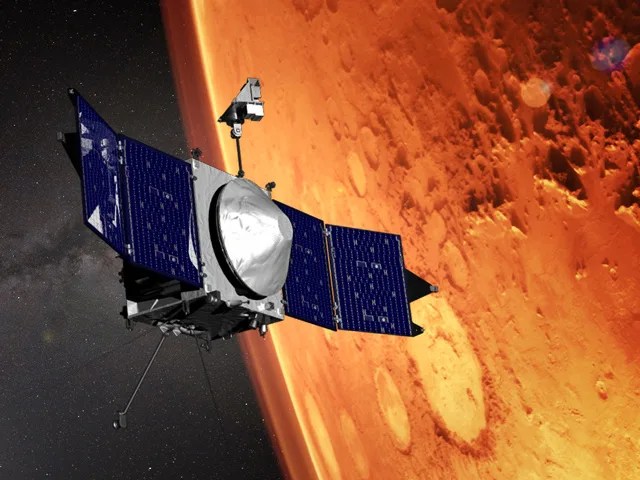
Orbiting Mars since 2014.
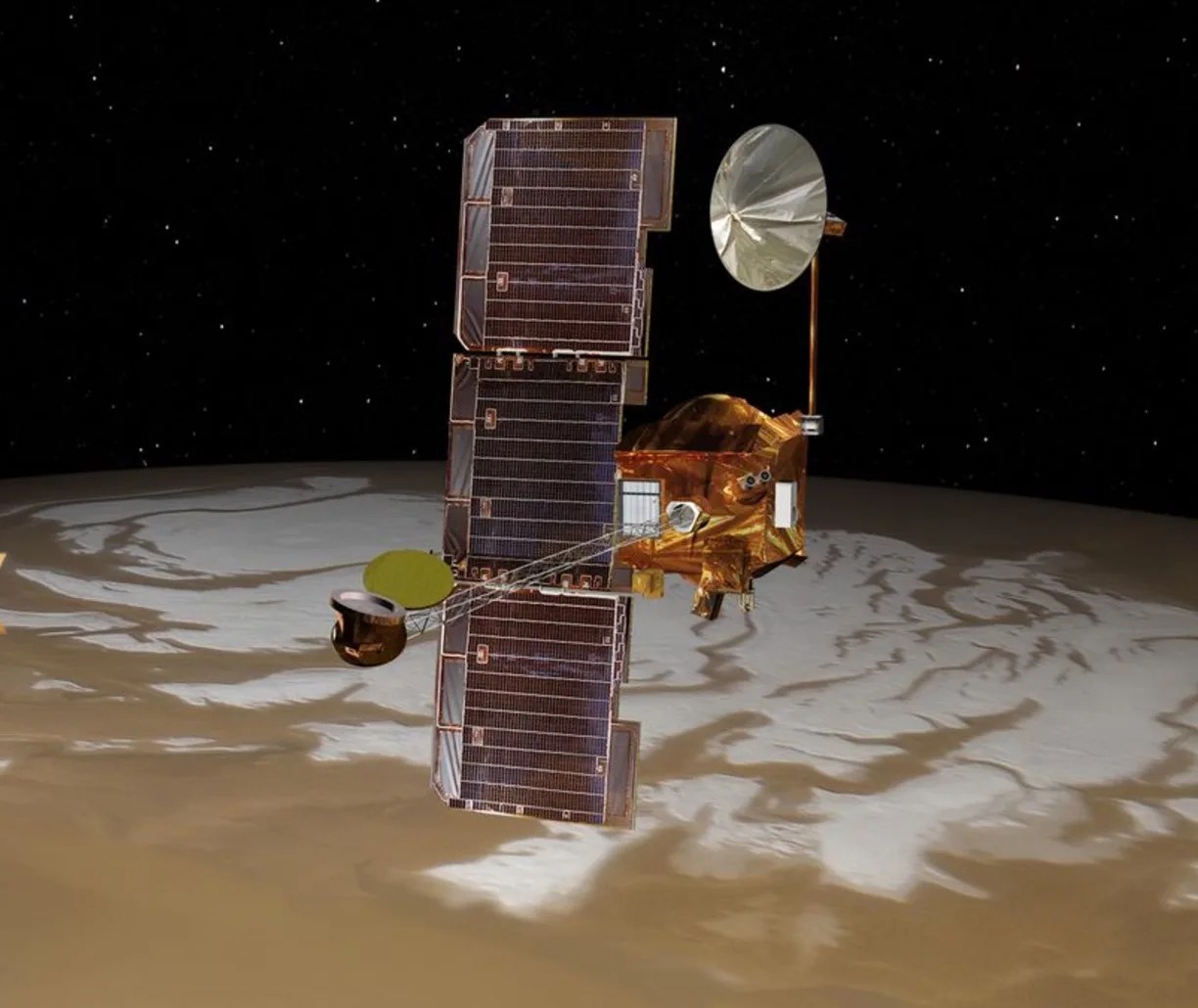
Mars Odyssey
Orbiting Mars since 2001.
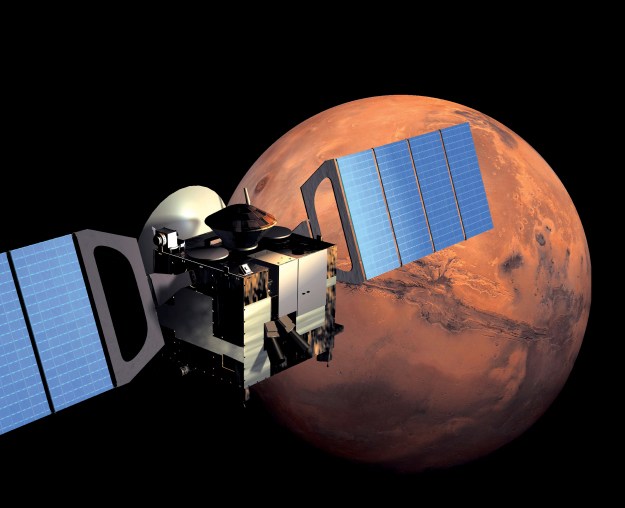
Mars Express*
Orbiting Mars since 2003. *ESA-led.
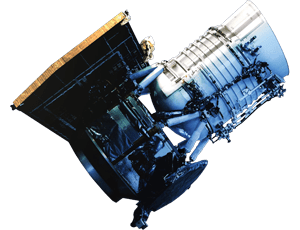
Asteroid and comet hunter since 2009.
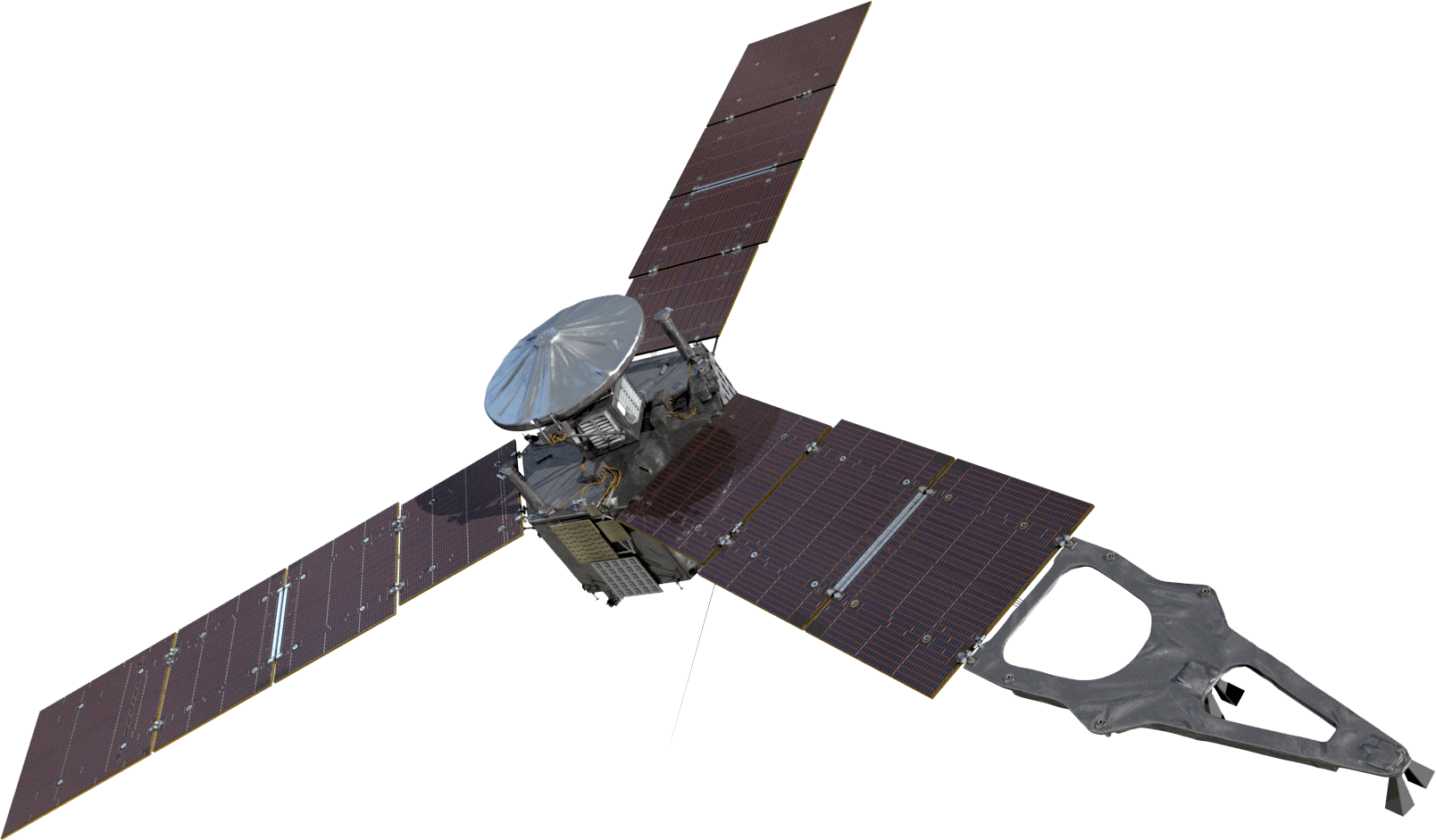
Orbiting Jupiter since 2016.
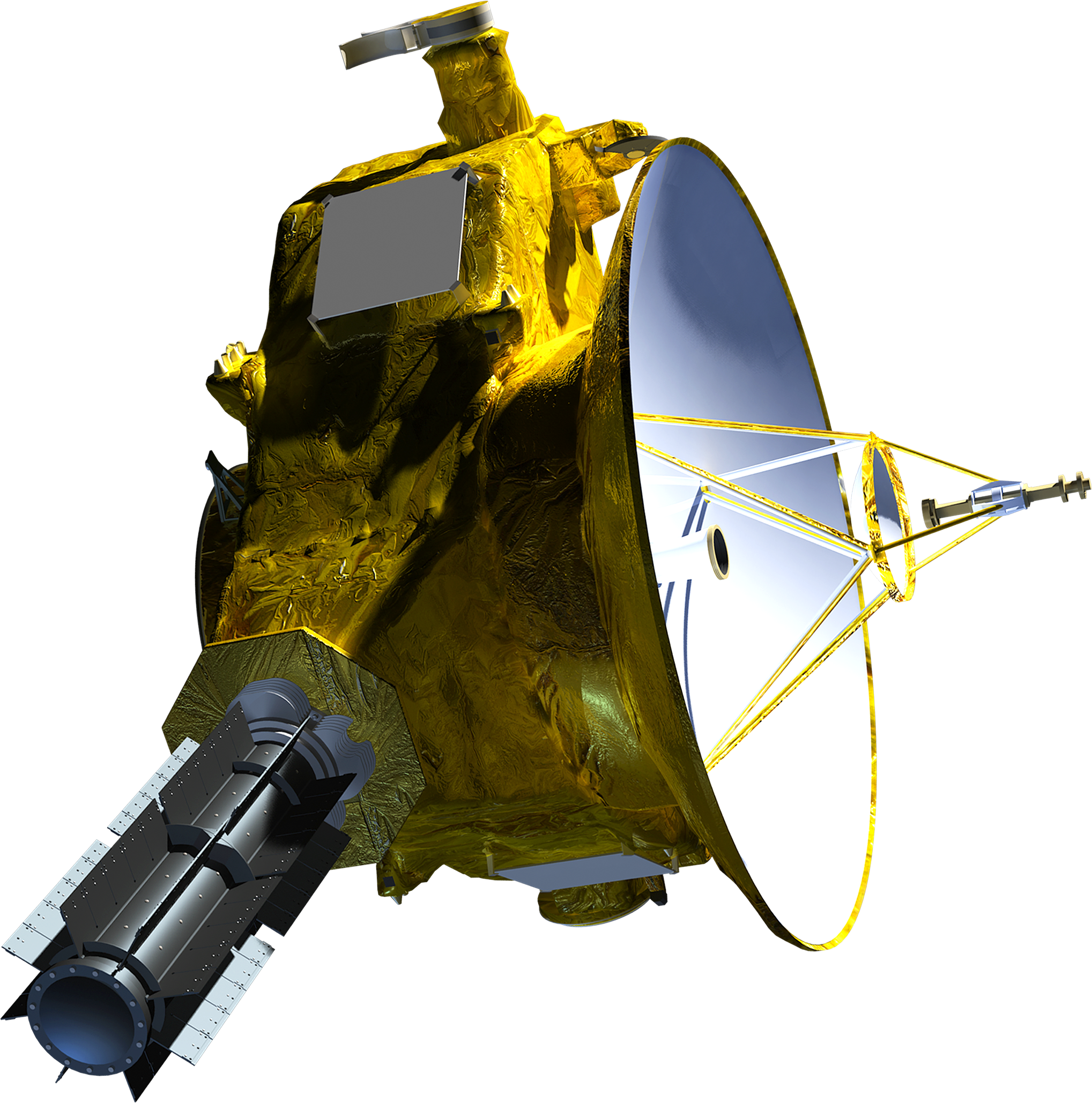
New Horizons
Exploring the Kuiper Belt since 2015.
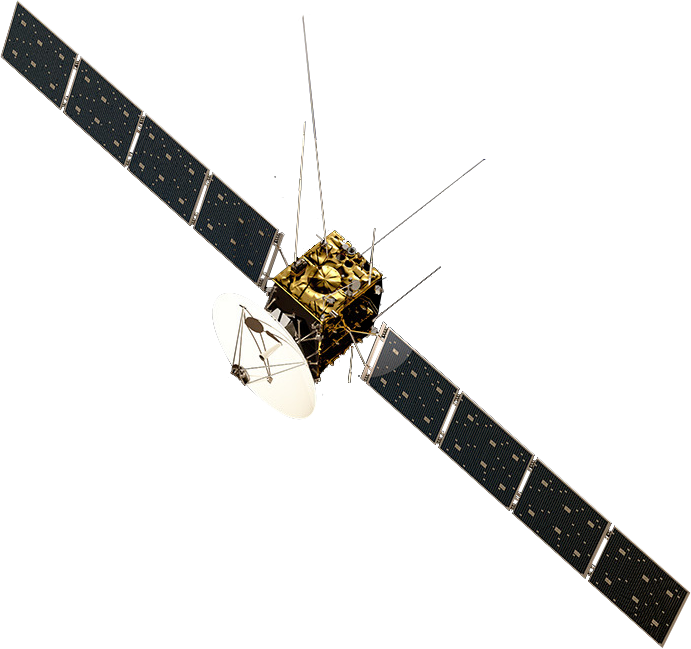
Jupiter moon arrival in 2034. *ESA-led.
Solar System Facts

Planet Sizes and Locations
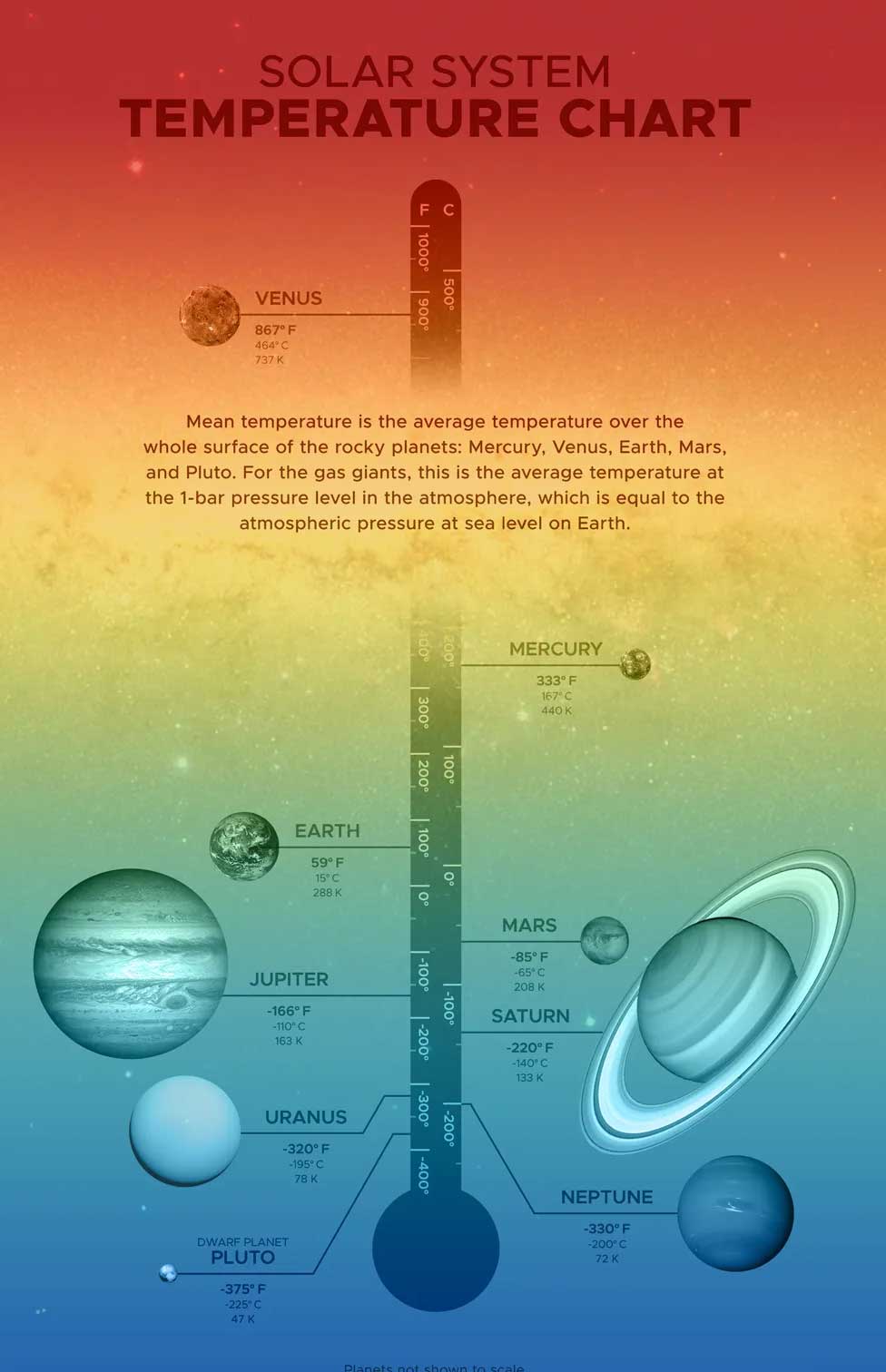
Temperatures Across Our Solar System
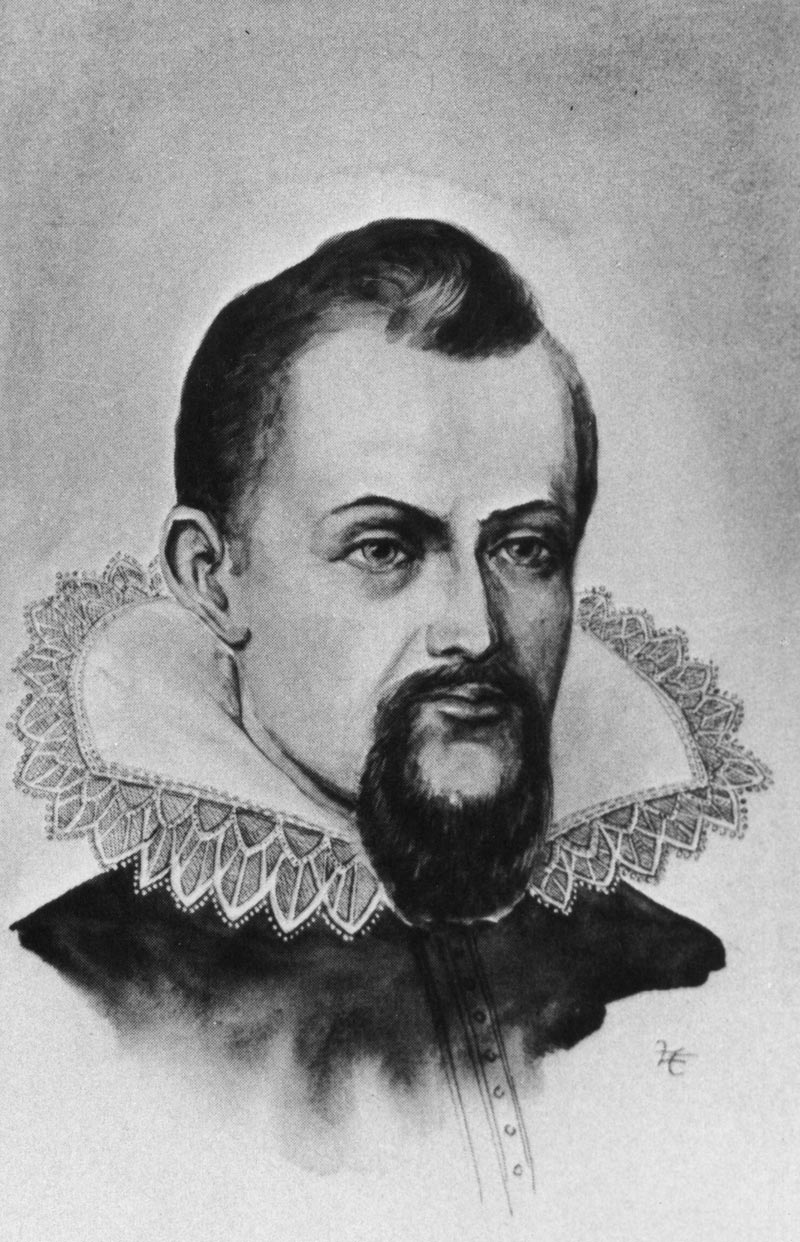
Orbits and Kepler's Laws
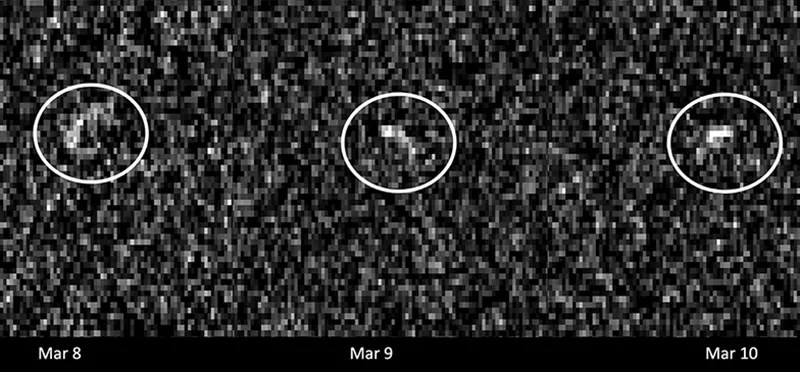
All About Asteroid Apophis
When is the next full moon.
Our detailed daily guide to the night sky includes full Moon lore, meteor showers, asteroid flybys, and more.
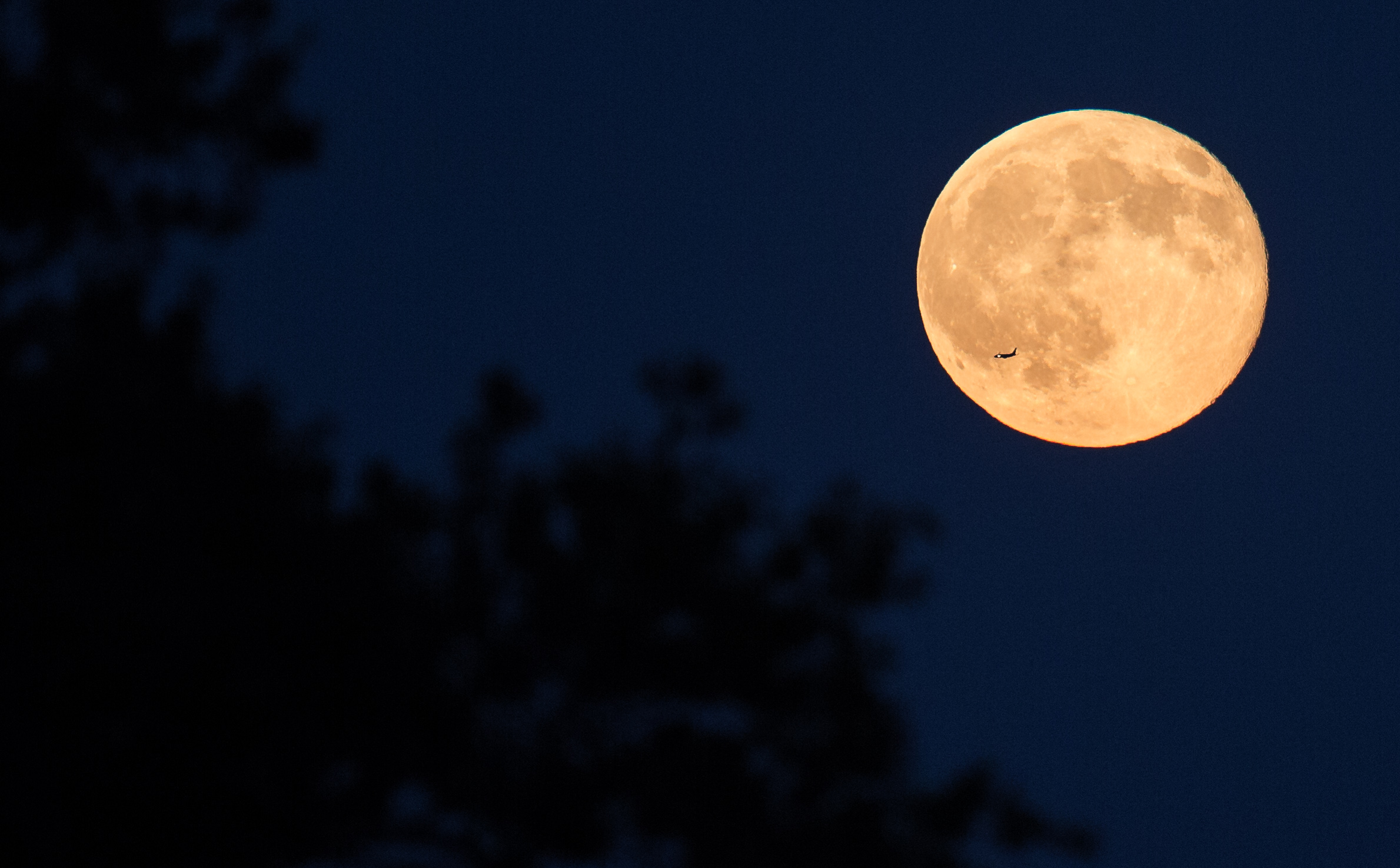
NASA's Eyes
Experience Earth, our solar system, nearby asteroids, the universe, and the spacecraft exploring them with immersive real-time 3D web-based apps. Start exploring your solar system now!
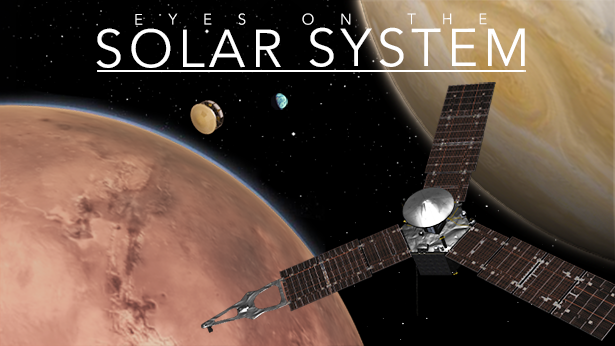
Latest News
Hubble Celebrates the 15th Anniversary of Servicing Mission 4
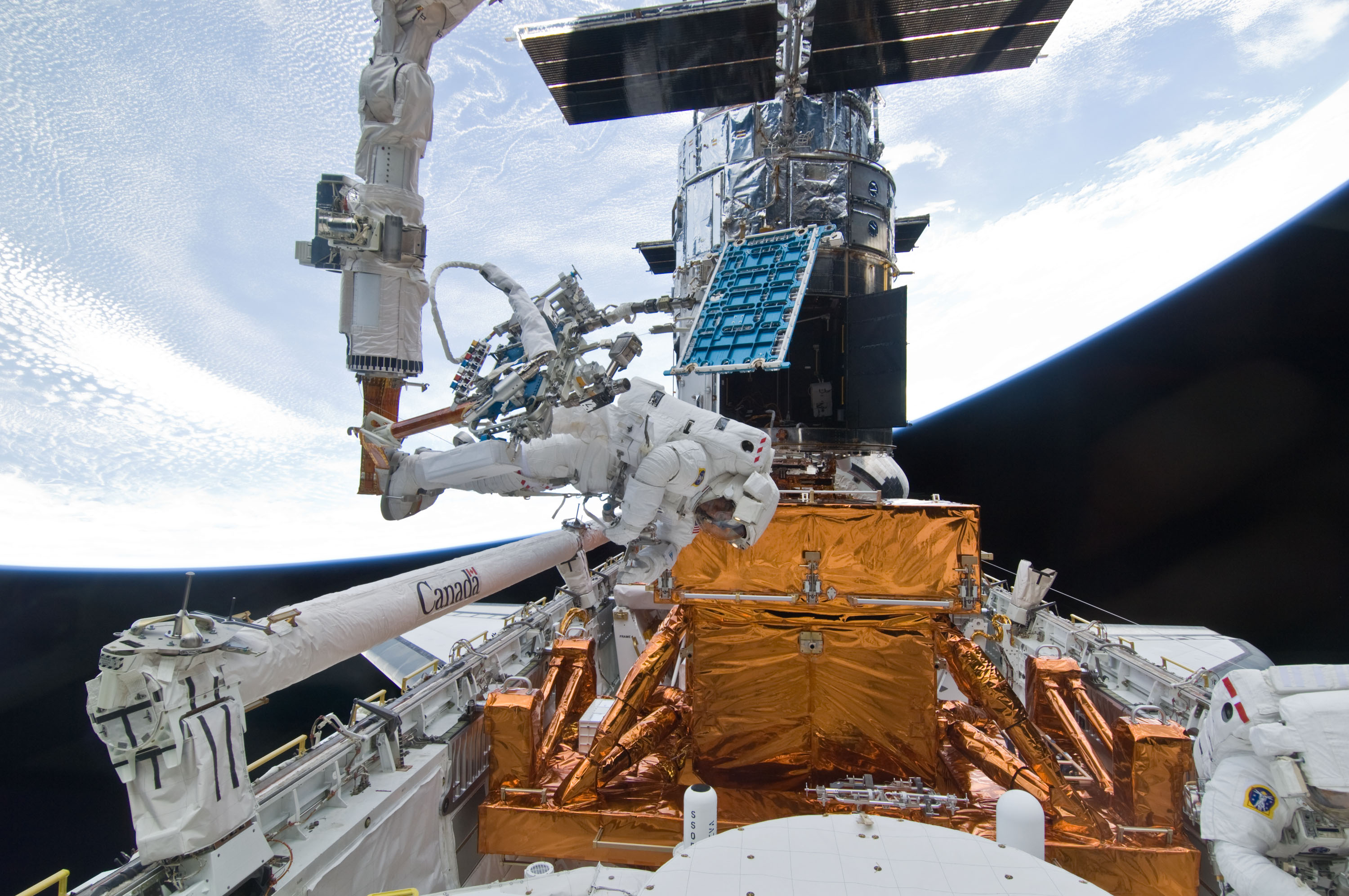
Hubble Glimpses a Star-Forming Factory
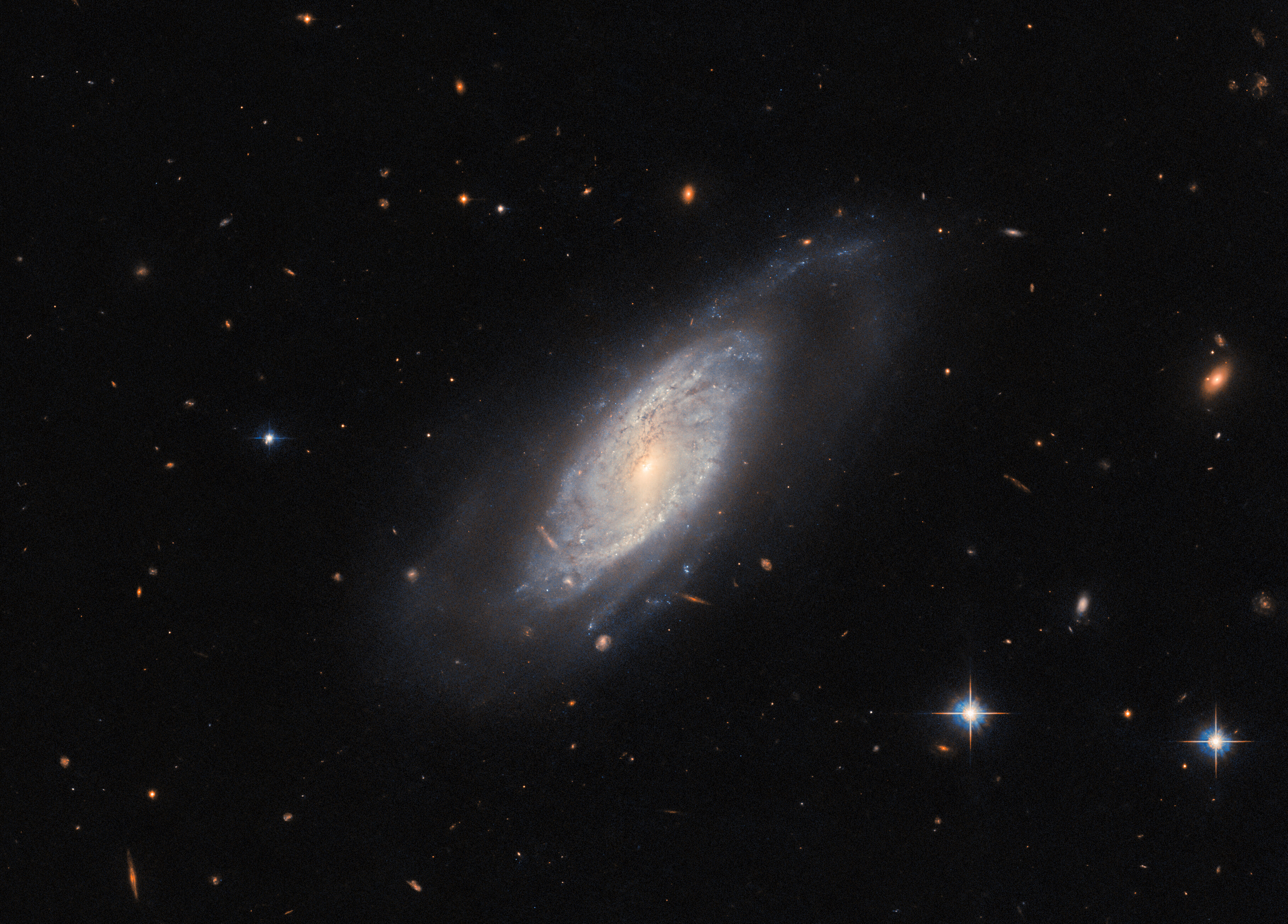
NASA’s Webb Hints at Possible Atmosphere Surrounding Rocky Exoplanet
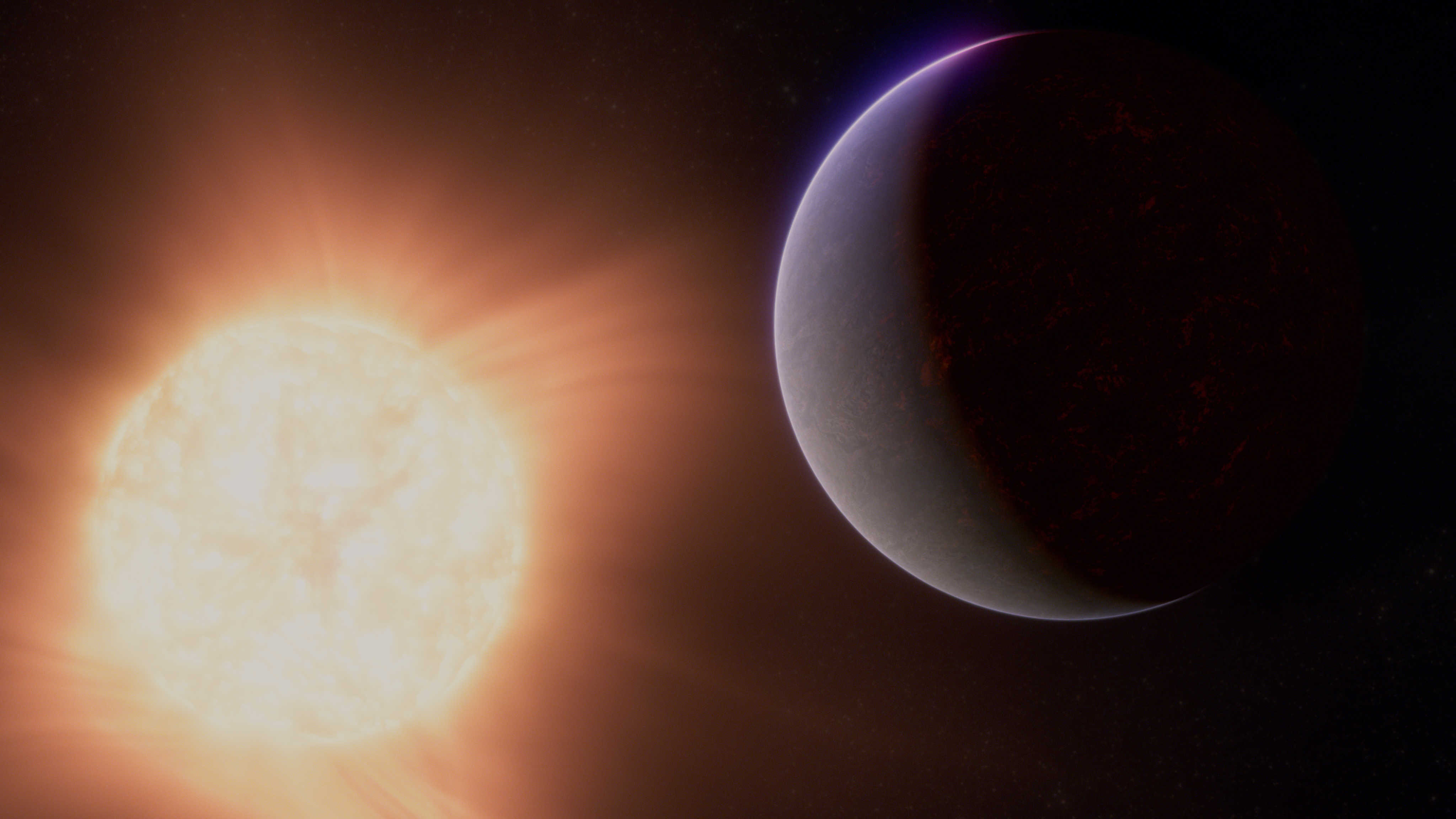
NASA, JAXA XRISM Spots Iron Fingerprints in Nearby Active Galaxy
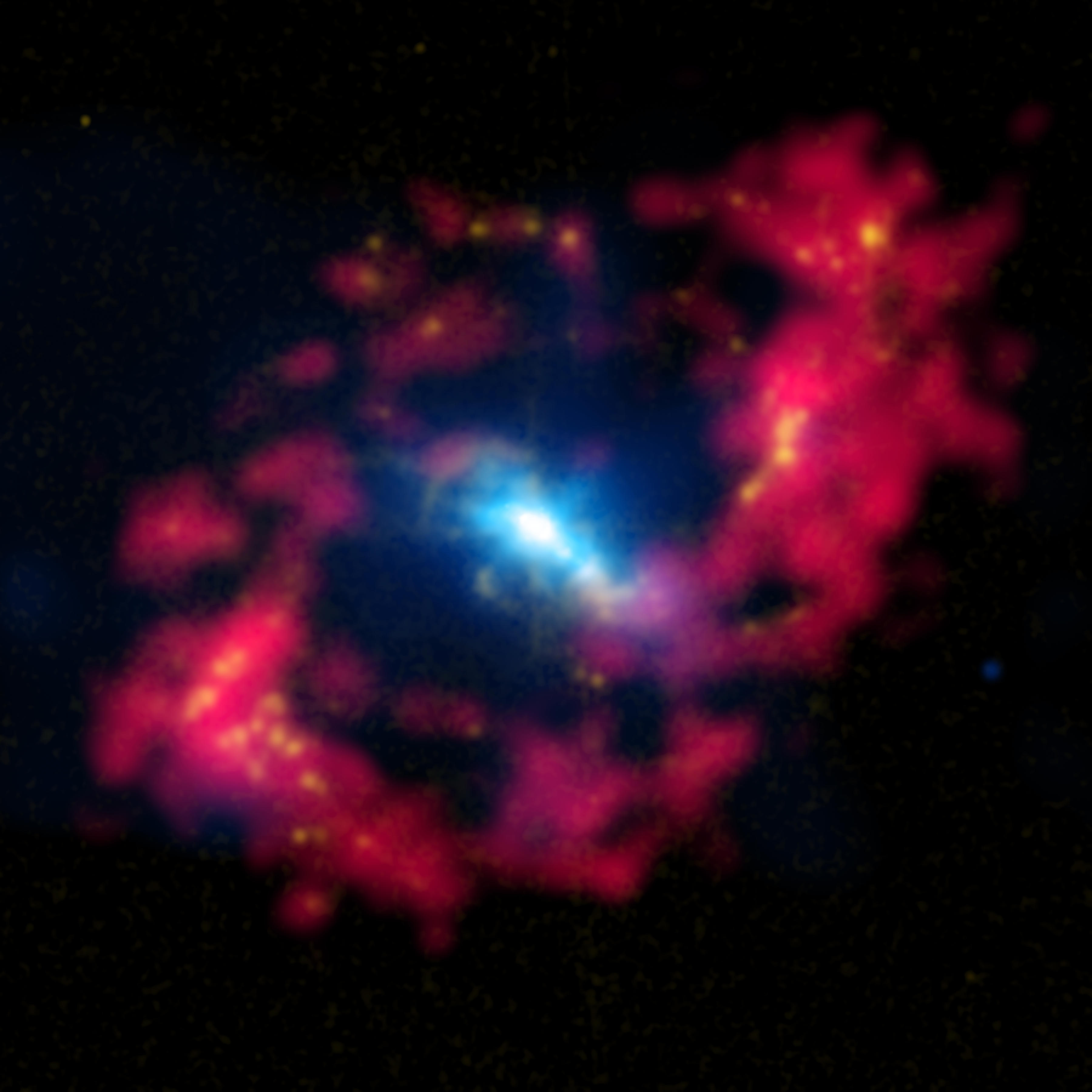
NASA’s TESS Returns to Science Operations
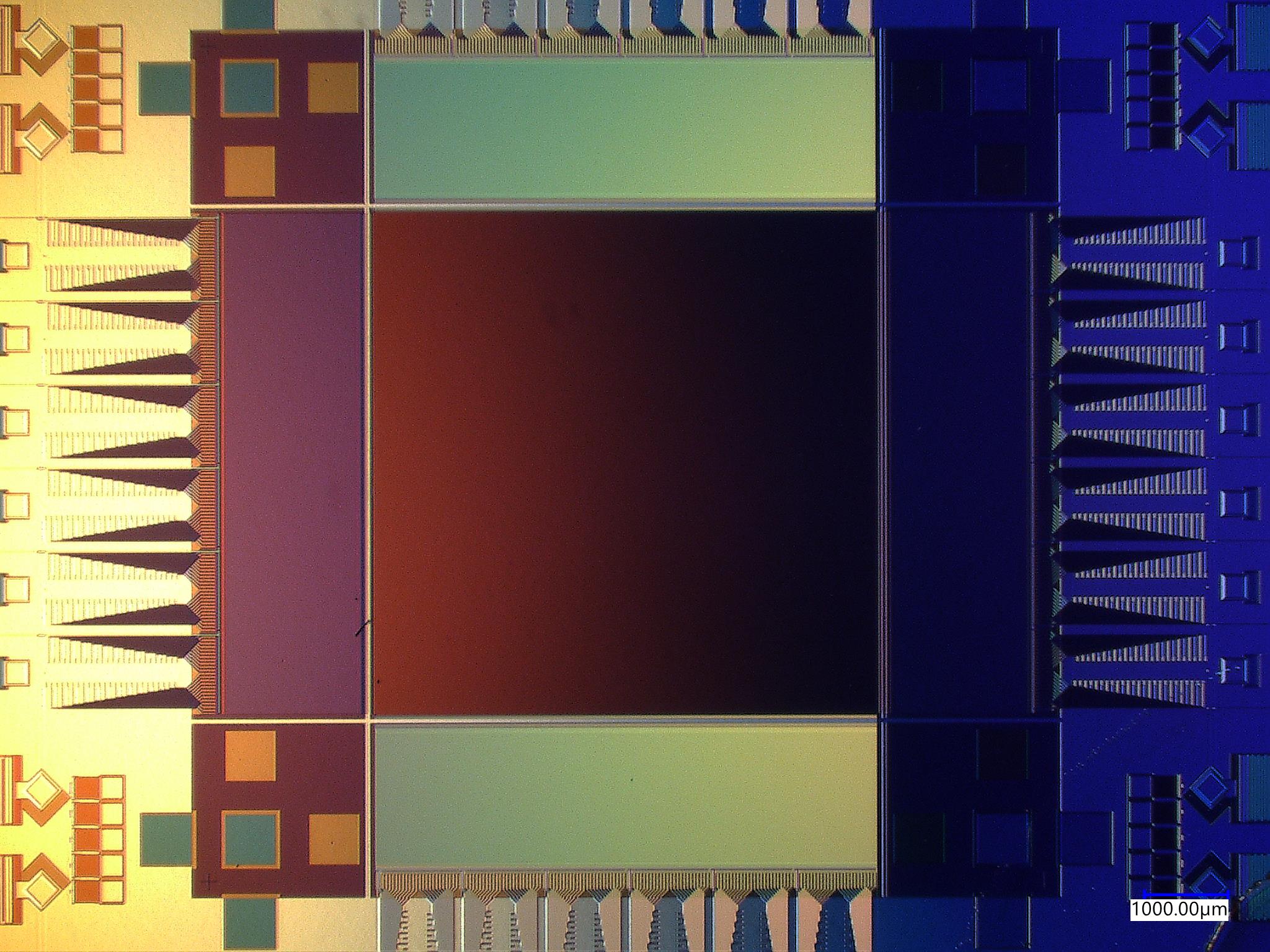
Breaking the Scaling Limits: New Ultralow-noise Superconducting Camera for Exoplanet Searches
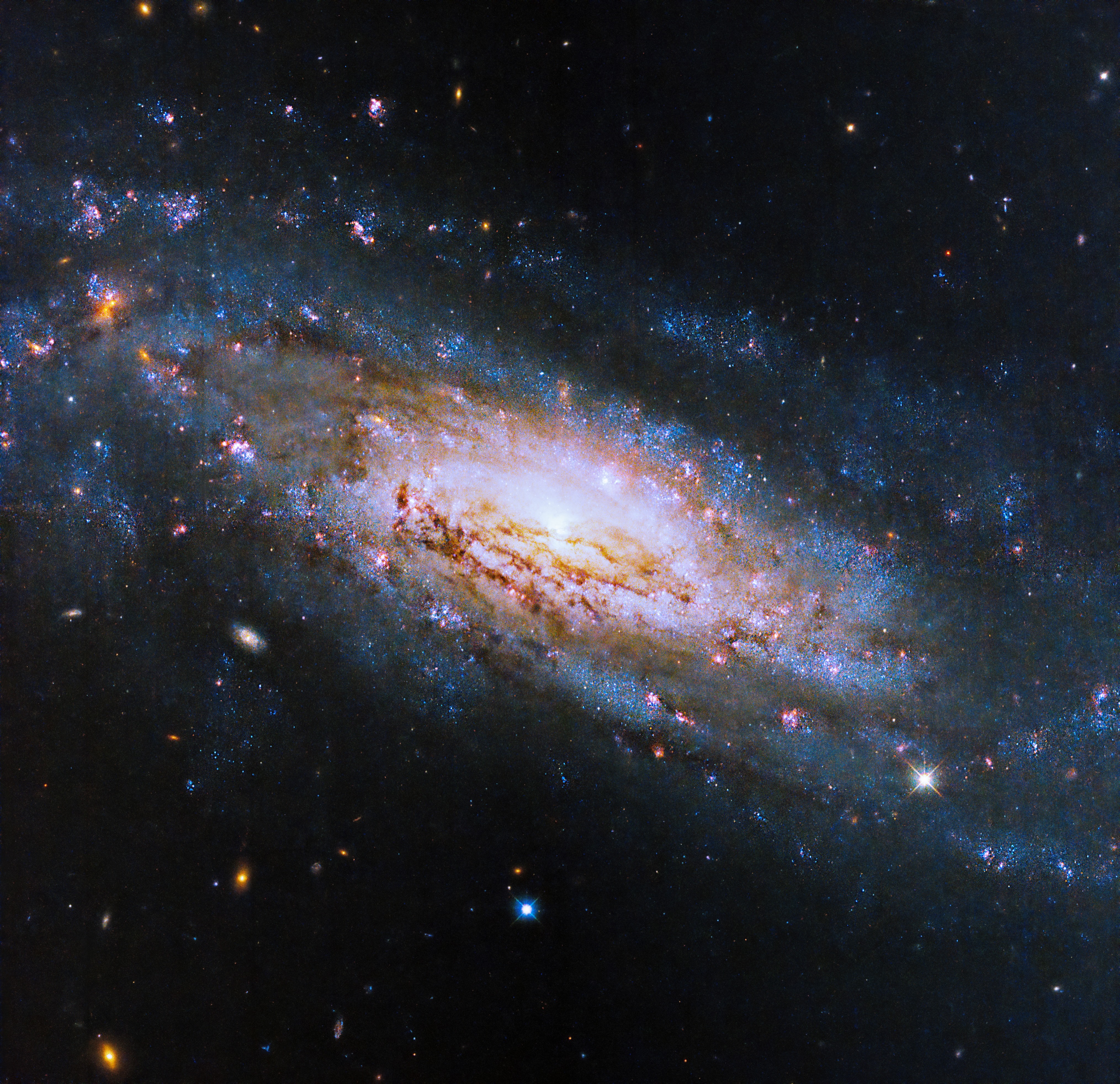
Hubble Views a Galaxy with a Voracious Black Hole
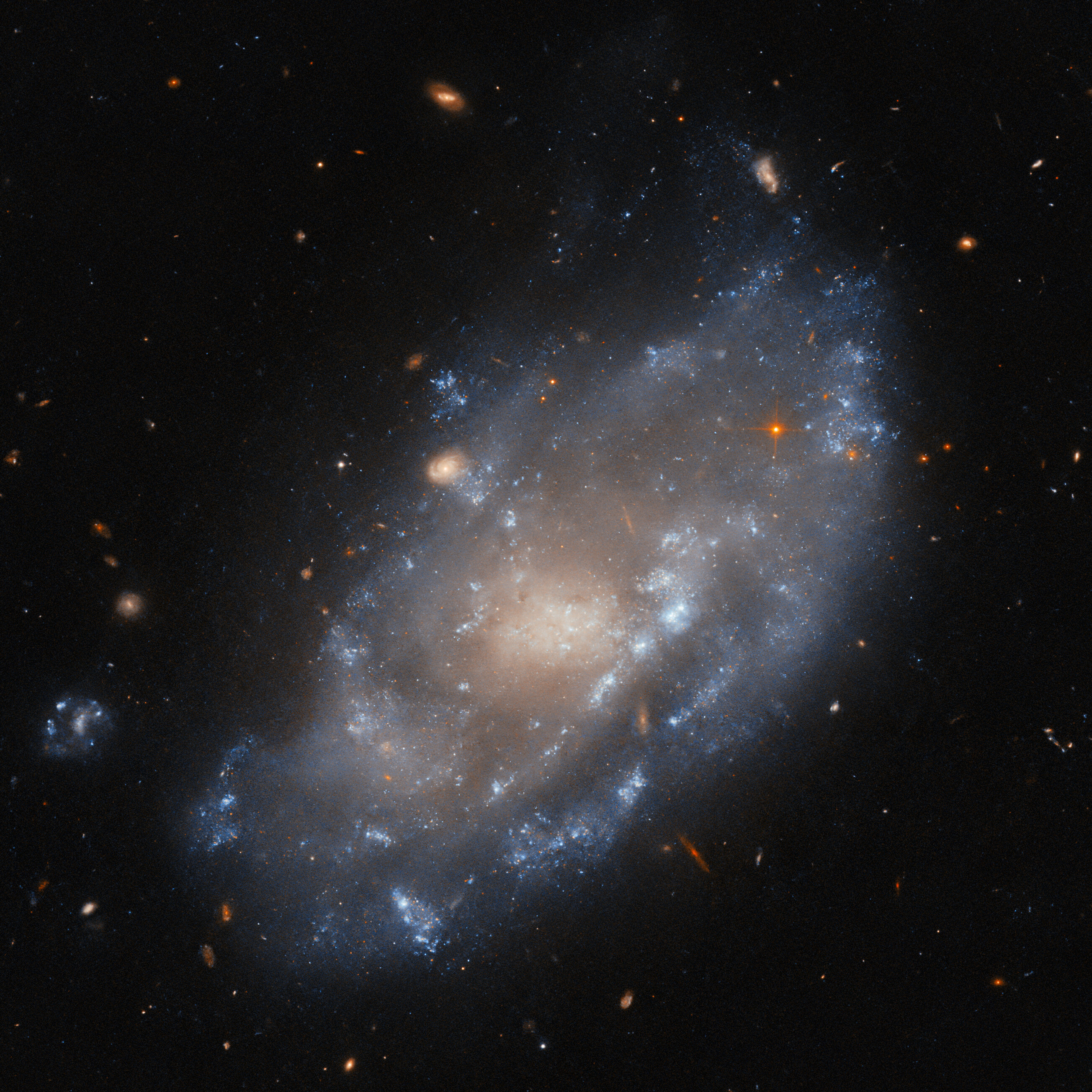
Hubble Hunts Visible Light Sources of X-Rays
Discover More Topics From NASA

Kuiper Belt


30,000+ students realised their study abroad dream with us. Take the first step today
Meet top uk universities from the comfort of your home, here’s your new year gift, one app for all your, study abroad needs, start your journey, track your progress, grow with the community and so much more.

Verification Code
An OTP has been sent to your registered mobile no. Please verify

Thanks for your comment !
Our team will review it before it's shown to our readers.

- School Education /
Essay on Solar System for School Students

- Updated on
- Dec 23, 2023

Essay on Solar System: Our solar system consists of one Sun and eight (formerly nine) planets. These eight planets are gravitationally bound by the Sun on their orbits. Apart from these eight planets, there are more than 210 known planetary satellites, asteroids, comets, and other icy bodies that are assembled in the Solar system.
The first four planets are called terrestrial planets (Mercury, Venus, Earth, and Mars) the two gas planets (Jupiter and Saturn), and the other remaining ones are ice giants (Neptune and Uranus.)
Table of Contents
- 2 Inner Planets (Terrestrial Planets):
- 3 Outer Planets (Gas Giants)
- 5 FAQs
Learn about the smallest planet in our solar system
The Sun is the primary source of light and energy and is about 93 million miles from the Earth. It is the only star in our solar system and one of the more than 100 billion stars in the Milky Way. The surface of the Sun is about 5,500 degrees Celsius (10,000 degrees Fahrenheit) hot and the temperature reaches 15 million Celsius (27 million Fahrenheit).
In terms of age and size, the Sun is 4.5 billion years old, composed of hydrogen and helium with a diameter of about 865,000 miles which is approximately 1.4 million kilometres.
Inner Planets (Terrestrial Planets):
The planets that are made of rocks and metals are known as Inner Planets or Terrestrial Planets. These planets are comparatively small in size compared to the other outer planets. The description of these four planets is as follows:
1. Mercury—The Swift Planet
Mercury is the swiftest planet in our solar system which completes an orbit around the Sun in just 88 Earth days. Its proximity to the Sun contributes to extreme temperature variations, from scorching highs to freezing lows.
With minimal atmosphere, Mercury lacks the protective blanket found on the Earth, exposing its surface to harsh solar radiation.
2. Venus—The Evening Star or Morning Star
Venus, which is often referred to as the evening star or morning star, depends on its position relative to the Sun. When Venus is trailing the Sun, it is the evening star, visible after the sunset. Conversely, when ahead of the Sun, it is the morning star, appearing before sunrise.
This dual identity arises from Venus´s orbit, positioning it closer to the Sun than Earth and causing varied visibility during different parts of the orbital journey.
3. Earth—Blue Planet
The home planet to all living things is Earth. It is the only planet that is known for the existence of life.
The surface of the Earth is made up of the crust, the core, and the mantle. It is a giant rocky planet with a circumference of about 40,075 kilometers; 71 percent or ¾ th of the Earth is covered with oceans and seas. A large area covered with water makes this planet a Blue Planet.
4. Mars—Red Planet
The fourth planet of the solar system, Mars, is the most explored planet by the National Aeronautics and Space Administration (NASA.) The reason behind so many missions or research for Mars is to hope for the existence of extraterrestrial life on the planet.
Apart from the possibility of life on Mars, the planet is also known for its presence of iron oxide that turns the planet reddish in appearance.
Want to know more about our Planet Earth? Read Essay on Earth for more information.
Outer Planets (Gas Giants)
5. Jupiter—King of Planets
Jupiter is the first planet of our solar system in the category of outer planets, also known as gas giants. According to NASA, the U.S. government agency, the planet’s size is more than twice that of all other planets combined.
Except for Jupiter’s size, the solar system’s first outer planet is made up of leftover gases from the formation of the Sun.
6. Saturn—Ringed Planet
The sixth planet from the Sun is Saturn. It is also known as the ringed planet and the second-largest solar system planet.
The three distinctive features that make Saturn different from other planets are its huge 145 moons, visibility from the Earth with the naked eye, and the seven main rings named D, C, B, A, F, G, and E from the outward side of the planet.
7. Uranus—Ice Giant
The seventh planet from the Sun, Uranus, is one of the two ice giants in the list of the outer solar system. The planet is featured with the third largest diameter which makes the planet the third largest in the solar system.
Other than massive size, Uranus is made up of three dense icy materials, methane, ammonia, and water – above all a small rocky core.
8. Neptune—Blue Giant
The third largest and eighth planet of the solar system is Neptune. According to NASA, the farthest planet from the Sun is more than 17 times Earth’s size and nearly 58 times the dimensions of Earth’s volume.
The cool blue planet, due to the absorption of infrared light by the planet’s Methane atmosphere, comprises a core with the capacity to pick up a lot of gas, making Neptune impossible for the existence of life.
Also Read: Essay on Space Exploration
Our Solar system is incomplete without the Moon, a planetary large natural object that travels around the Earth. However, the Moon does not make its light but it reflects the light of the sunlight.
The total number of moons in our Solar system is 290, out of which one Moon belongs to Earth, two to Mars, 27 to Uranus, 95 to Jupiter, 146 to Saturn, 5 to dwarf planet Pluto, and 14 to Neptune.
The solar system consists of the Sun, terrestrial planets, gas giants, Earth’s Moon, celestial bodies , and various other objects. The unique formation and dynamics continue to amaze scientists offering a glimpse into the vastness and beauty of our cosmic neighbourhood.
Ans: The Nebular Theory, which states that the solar system is made up of interstellar clouds of dust and gas, is the best theory for the solar system.
Ans: Arybhatta, the mathematician and astronomer was the first to discover that the Earth revolves around the Sun.
Ans: There is only one solar system in the universe.
Ans: Our solar system consists of only stars and we know it as The Sun.
Ans: The size of the solar system is almost 12 trillion miles, nearly 2 light years.
Related Articles:
For more information on such interesting topics, visit our essay writing page and follow Leverage Edu .
Deepika Joshi
Deepika Joshi is an experienced content writer with expertise in creating educational and informative content. She has a year of experience writing content for speeches, essays, NCERT, study abroad and EdTech SaaS. Her strengths lie in conducting thorough research and ananlysis to provide accurate and up-to-date information to readers. She enjoys staying updated on new skills and knowledge, particulary in education domain. In her free time, she loves to read articles, and blogs with related to her field to further expand her expertise. In personal life, she loves creative writing and aspire to connect with innovative people who have fresh ideas to offer.
Leave a Reply Cancel reply
Save my name, email, and website in this browser for the next time I comment.
Contact no. *

Connect With Us

30,000+ students realised their study abroad dream with us. Take the first step today.

Resend OTP in

Need help with?
Study abroad.
UK, Canada, US & More
IELTS, GRE, GMAT & More
Scholarship, Loans & Forex
Country Preference
New Zealand
Which English test are you planning to take?
Which academic test are you planning to take.
Not Sure yet
When are you planning to take the exam?
Already booked my exam slot
Within 2 Months
Want to learn about the test
Which Degree do you wish to pursue?
When do you want to start studying abroad.
January 2024
September 2024
What is your budget to study abroad?

How would you describe this article ?
Please rate this article
We would like to hear more.
Have something on your mind?

Make your study abroad dream a reality in January 2022 with
India's Biggest Virtual University Fair

Essex Direct Admission Day
Why attend .

Don't Miss Out
The solar system, explained
Our solar system is made up of the sun and all the amazing objects that travel around it.
The universe is filled with billions of star systems. Located inside galaxies, these cosmic arrangements are made up of at least one star and all the objects that travel around it, including planets, dwarf planets, moons, asteroids, comets, and meteoroids. The star system we’re most familiar with, of course, is our own.
Home sweet home
If you were to look at a giant picture of space, zoom in on the Milky Way galaxy , and then zoom in again on one of its outer spiral arms, you’d find the solar system. Astronomers believe it formed about 4.5 billion years ago, when a massive interstellar cloud of gas and dust collapsed on itself, giving rise to the star that anchors our solar system—that big ball of warmth known as the sun.
Along with the sun, our cosmic neighborhood includes the eight major planets. The closest to the sun is Mercury , followed by Venus , Earth, and Mars . These are known as terrestrial planets, because they’re solid and rocky. Beyond the orbit of Mars, you’ll find the main asteroid belt , a region of space rocks left over from the formation of the planets. Next come the much bigger gas giants Jupiter and Saturn , which is known for its large ring systems made of ice, rock, or both. Farther out are the ice giants Uranus and Neptune . Beyond that, a host of smaller icy worlds congregate in an enormous stretch of space called the Kuiper Belt. Perhaps the most famous resident there is Pluto . Once considered the ninth planet, Pluto is now officially classified as a dwarf planet , along with three other Kuiper Belt objects and Ceres in the asteroid belt.
Moons and other matter
More than 150 moons orbit worlds in our solar system. Known as natural satellites, they orbit planets, dwarf planets, asteroids, and other debris. Among the planets, moons are more common in the outer reaches of the solar system. Mercury and Venus are moon-free, Mars has two small moons, and Earth has just one. Meanwhile, Jupiter and Saturn have dozens, and Uranus and Neptune each have more than 10. Even though it’s relatively small, Pluto has five moons, one of which is so close to Pluto in size that some astronomers argue Pluto and this moon, Charon, are a binary system.

Too small to be called planets, asteroids are rocky chunks that also orbit our sun along with the space rocks known as meteoroids. Tens of thousands of asteroids are gathered in the belt that lies between the orbits of Mars and Jupiter. Comets, on the other hand, live inside the Kuiper Belt and even farther out in our solar system in a distant region called the Oort cloud .
Atmospheric conditions
The solar system is enveloped by a huge bubble called the heliosphere . Made of charged particles generated by the sun, the heliosphere shields planets and other objects from high-speed interstellar particles known as cosmic rays. Within the heliosphere, some of the planets are wrapped in their own bubbles—called magnetospheres —that protect them from the most harmful forms of solar radiation. Earth has a very strong magnetosphere, while Mars and Venus have none at all.
Most of the major planets also have atmospheres . Earth’s is composed mainly of nitrogen and oxygen—key for sustaining life. The atmospheres on terrestrial Venus and Mars are mostly carbon dioxide, while the thick atmospheres of Jupiter, Saturn, Uranus, and Neptune are made primarily of hydrogen and helium. Mercury doesn’t have an atmosphere at all. Instead scientists refer to its extremely thin covering of oxygen, hydrogen, sodium, helium, and potassium as an exosphere.
Moons can have atmospheres, too, but Saturn’s largest moon, Titan, is the only one known to have a thick atmosphere, which is made mostly of nitrogen.
Life beyond?
For centuries astronomers believed that Earth was the center of the universe, with the sun and all the other stars revolving around it. But in the 16th century, German mathematician and astronomer Nicolaus Copernicus upended that theory by providing strong evidence that Earth and the other planets travel around the sun.
Today, astronomers are studying other stars in our galaxy that host planets, including some star systems like our own that have multiple planetary companions. Based on the thousands of known worlds spotted so far, scientists estimate that billions of planetary systems must exist in the Milky Way galaxy alone.
So does Earth have a twin somewhere in the universe? With ever-advancing telescopes, robots, and other tools, astronomers of the future are sure to find out.
For Hungry Minds
Related topics.
- SOLAR SYSTEM
- SPACE EXPLORATION
- PLANETARY MOONS
You May Also Like

9 spectacular night sky events to see in 2024


The ‘small wonders’ unlocking secrets of the solar system

A total solar eclipse is coming. Here's how to photograph it.

Did Pluto ever actually stop being a planet? Experts debate.

Is there a 9th planet out there? We may soon find out.
- Environment
- Perpetual Planet
History & Culture
- History & Culture
- History Magazine
- Gory Details
- Mind, Body, Wonder
- Paid Content
- Terms of Use
- Privacy Policy
- Your US State Privacy Rights
- Children's Online Privacy Policy
- Interest-Based Ads
- About Nielsen Measurement
- Do Not Sell or Share My Personal Information
- Nat Geo Home
- Attend a Live Event
- Book a Trip
- Inspire Your Kids
- Shop Nat Geo
- Visit the D.C. Museum
- Learn About Our Impact
- Support Our Mission
- Advertise With Us
- Customer Service
- Renew Subscription
- Manage Your Subscription
- Work at Nat Geo
- Sign Up for Our Newsletters
- Contribute to Protect the Planet
Copyright © 1996-2015 National Geographic Society Copyright © 2015-2024 National Geographic Partners, LLC. All rights reserved
If you're seeing this message, it means we're having trouble loading external resources on our website.
If you're behind a web filter, please make sure that the domains *.kastatic.org and *.kasandbox.org are unblocked.
To log in and use all the features of Khan Academy, please enable JavaScript in your browser.
Big History Project
Course: big history project > unit 4.
- ACTIVITY: Planet Card Sort
- WATCH: Unit 4 Overview
- ACTIVITY: Unit 4 Vocab Tracking
- WATCH: Threshold 4 — Earth & Solar System
- ACTIVITY: Threshold Card —Threshold 4 Earth & the Solar System
- WATCH: How Did Earth and the Solar System Form?
READ: How Our Solar System Formed
- READ: The Rocket Scientist - Mary Golda Ross: Graphic Biography
- READ: Gallery — Earth & Solar System
- Quiz: Earth & the Formation of Our Solar System
How Our Solar System Formed
The birth of the sun, the birth of the planets, conditions on earth, earth’s moon, pluto and beyond, for further discussion.
- What were the factors working against life forming on the early Earth?
- Should we be surprised that life formed here at all?
Want to join the conversation?
- Upvote Button navigates to signup page
- Downvote Button navigates to signup page
- Flag Button navigates to signup page


Essay on Solar System
The universe is a vast and mysterious place, and at the heart of it lies our solar system—a captivating and wondrous collection of celestial bodies. In this essay, we will explore the incredible beauty and fascinating science of our solar system, revealing why it continues to be a source of wonder and inspiration.
The Sun: Our Radiant Star
At the center of our solar system shines the Sun, a blazing ball of hot gases. It provides us with warmth, light, and the energy needed for life on Earth. Did you know that the Sun is so massive that it makes up 99.86% of the solar system’s total mass? That’s an astounding statistic!
The Planets: Our Cosmic Companions
Our solar system is home to eight planets, each with its unique characteristics. The four inner planets—Mercury, Venus, Earth, and Mars—are rocky and terrestrial. The four outer planets—Jupiter, Saturn, Uranus, and Neptune—are giant gas planets. Jupiter, the largest, is even larger than all the other planets combined!
Earth: Our Precious Home
Earth is the third planet from the Sun and the only one known to support life. Its diverse ecosystems, from lush rainforests to vast oceans, provide habitats for countless species, including us humans. It’s crucial that we take good care of our planet to ensure a healthy future for all.
The Moon: Earth’s Faithful Companion
Earth is not alone in its journey around the Sun; it has a loyal companion—the Moon. The Moon’s gravitational pull creates tides, and its surface is marked by craters, mountains, and plains. Human beings have even set foot on the Moon during the Apollo missions!
Asteroids and Comets: Cosmic Wanderers
Beyond the planets, our solar system is teeming with smaller objects like asteroids and comets. Asteroids are rocky remnants from the early solar system, while comets are icy bodies that release beautiful tails when they approach the Sun. Studying these objects helps us understand the solar system’s history.
Space Exploration: Unraveling Mysteries
Humans have always been curious about the solar system, and our desire to explore it has led to amazing discoveries. Space missions like Voyager, Hubble, and Mars rovers have provided us with breathtaking images and invaluable information about distant planets, stars, and galaxies.
The Solar System’s Mysteries
Despite our advances in space exploration, there is still much we don’t know about the solar system. Mysteries abound, from the potential existence of a ninth planet beyond Neptune to the origin of life on Earth. Scientists continue to conduct research and missions to uncover these secrets.
Conclusion of Essay on Solar System
In conclusion, the solar system is a source of wonder and inspiration for people of all ages. It reminds us of our small place in the vast universe and the beauty and complexity of the cosmos. From the blazing Sun to the distant reaches of space, there is always something new and exciting to discover.
As we gaze up at the night sky, let us remember the remarkable journey of exploration and discovery that has brought us closer to understanding the solar system’s wonders. Let us also recognize the importance of protecting our own planet, Earth, and preserving the beauty of the solar system for future generations. In doing so, we honor the legacy of those who have ventured into the cosmos and continue to inspire future generations of explorers. The solar system, our cosmic neighborhood, beckons us to explore, learn, and marvel at the wonders of the universe.
Also Check: List of 500+ Topics for Writing Essay
Talk to our experts
1800-120-456-456
- Solar System Essay

Introduction to Essay Writing on Solar System on Vedantu
An essay is a piece of writing where an author expresses in detail all the information on a particular topic. An essay differs from other writing because it is more structured and it provides the author with their own perspective. In this particular essay, we shall know in detail about the solar system. Use this essay as a reference essay and try writing an essay on the solar system.
Let us begin our learning!
Essay on Solar System
The solar system consists of the sun, eight planets, and sixty-seven satellites of the planets, and a large number of small bodies (comets and asteroids). Earlier, Pluto was considered the smallest planet but now Pluto is not recognized anymore as a planet. The inner solar system comprises Sun, Mercury, Venus, Earth, and Mars. Jupiter, Saturn, Uranus, and Neptune form the outer solar system. These four planets are massive in size; hence they are called Giant Planets. Each planet revolves around the sun in its own orbits at its own speed.
Let us explore all the celestial bodies present in the Solar system.
The Sun was born 4.6 billions of years ago and it was formed from a giant rotating cloud of gasses and dust known as solar Nebula. The sun is the biggest star present at the center of the solar system. It is a self-luminous sphere of gasses. Its gravitational force holds the entire solar system. It has a radius of 695,508 kilometers and is 150 million kilometers away from Earth.
Mercury is the smallest and closest planet to the sun. It is also called Swift planet because it completes its revolution in 88 earth days. Its diameter is only one third of Earth but its density is about the same. The temperature of this planet is as high as 450 degrees Celsius in the mornings and nights are freezing cold. The surface of this planet is filled with craters, mountains and valleys.
Venus is the second closest planet to the sun and the hottest. Venus is the brightest planet and hence called the morning star. Venus is named after the Roman Goddess of love and beauty. Venus completes one revolution around the sun in 255 earth days. Venus spins clockwise on its orbits unlike other planets. Its surface is covered with clouds, craters, mountains and lava plains.
The third planet in the solar system is Earth. This is the only planet that sustains life. It is called the Blue planet because 70% of the earth's surface is covered with water. Earth takes 365 days to complete one revolution around the sun. This planet has only one natural satellite, the Moon.
The fourth planet from the sun in the solar system is Mars. It appears as a red-orange ball because of the presence of iron oxide and so it is called the Red planet. It is the second smallest planet after Mercury. Mars is named after the Roman God of war. Its surface is covered with volcanoes, craters all over.
Jupiter is the largest planet in the solar system. Jupiter is rich in hydrogen and helium gas and so it is also called a Gas Giant planet. Jupiter takes 4333 earth days to complete one revolution around the sun. This planet has 79 satellites. Jupiter has four rings.
Saturn is the least dense planet in the solar system. It is the second-largest planet. Saturn can float in water because it is made up of gasses like helium. The beautiful rings around the planet are made up of bits of ice, rock, and dust. Saturn revolves very slowly around the sun. This planet is named after the Roman God of agriculture and wealth.
Uranus is the coldest planet in the solar system. It takes 84 earth years to complete one revolution around the sun. Uranus is called an ice giant planet because its layer is made of ice and hydrogen, helium and methane. Uranus looks blue in color because of the presence of methane. Uranus has 27 satellites.
Neptune is the eighth and the farthest planet from the sun in the solar system. Neptune is named after the Roman God of the sea. Its atmosphere is made up of hydrogen, helium and methane and the presence of methane gives the color blue to the planet. It takes 165 earth years to complete one revolution. Neptune has 6 rings.
Comets and Asteroids:
Comets and Asteroids are the small celestial bodies that rotate around the sun. Asteroids are made up of rocks, metals and water. Comets are made up of frozen ammonia, methane and small amounts of rocky material.

FAQs on Solar System Essay
1. How many planets are there in the solar system?
There are eight planets in the solar system.
2. Is the sun a planet or star?
The sun is a big star located at the centre of the solar system.
3. Which planet sustains life?
The Earth planet sustains life.
4. Which is the coldest planet in the solar system?
Uranus is the coldest planet in the solar system.
5. How to write well on any topic?
It is very important for the students to learn to write on their own. To write a good essay students should follow the following steps -
Try to understand the topic you want to write about
Read from multiple sources to get an idea of the topic
Prepare a structure that is what all you want to cover in your writing
Note down all the important points according to your structure
Arrange the collected information in the pre-decided structure
Remember to keep your readers engaged in your essay
Try to use idea and words which doesn't hurt anyone's emotions
Start writing and with time you would get better in the process
You can also send us your essays or writing which will be evaluated by the faculty.
6. What should be the structure on which an essay can be written?
Like every writing, an essay also has three parts that are the introduction, body, and conclusion. Keep the introduction very interesting, get the attention of your reader by starting with a short story then gradually introduce your topic through that story. Secondly, make the audience aware of the keywords of the topic. In the body, write in detail about the topic like state the historical, economical, social, environmental, cultural factors of your topic. And then conclude your essay by summarizing the key message and the takeaways of the essay. Try to practice with this framework and in due course of time, you will be able to write an excellent essay. Also, try to read from some great essays.
7. What is the process of planet formation called?
The process by which planets are formed is called planetesimals. In the process, the clouds of gasses came together due to gravitational differences . The area of more clouds had higher gravitation and thus attracted more clouds towards them. The ball of clouds takes a round shape through the process of accretion.
Read the article on Solar systems on the website of Vedantu.
8. What are terrestrial and jovian planets?
Terrestrial planets are planets closer to the Sun, it is also called inner planets. These planets are also called Earth-like planets as their features are similar to the Earth. It includes four planets which are Mercury, Venus, Earth, and Mars. Whereas jovian planets are the outer planets which are farther from the Sun. They are also called Jupiter-like planets as they share features similar to Jupiter. It includes Jupiter, Saturn, Uranus, and Neptune.
9. Can we draw diagrams in an essay?
Some diagrammatic representation in an essay can be done. However, it is recommended that we should avoid drawing diagrams in an essay as it breaks the flow of the writing. Read some good essays to improve your writing style.
- Paragraph Writing
- Paragraph On Solar System
Paragraph on Solar System - Check Samples for 100, 150, 200, 250 Words
The eight planets, the sun and the satellites constitute the solar system. Previously, there were nine planets, but Pluto is no longer recognised as a planet now. The sun is at the centre of the solar system, and all eight planets revolve around it. The rotation and revolution of the planets cause the change of the season and day and night.
Table of Contents
Paragraph on solar system in 100 words, paragraph on solar system in 150 words, paragraph on solar system in 200 words, paragraph on solar system in 250 words, frequently asked questions on solar system.
Our solar system is unique in that it supports life on its third planet. Children are taught about the solar system in their schools as it is an important part of our lives. In order to write about the solar system, you can refer to the samples provided below.
As per our knowledge, there are approximately 500 solar systems in the universe. The solar system consists of the sun, the eight planets and the satellites. Other than these, there are asteroids, comets, dust, minor planets, and gas. The Sun, Mercury, Venus, Earth and Mars constitute the inner solar system, and the asteroid belt lies between the orbit of Mars and Jupiter. Jupiter, Saturn, Uranus, and Neptune are the outer solar system planets. The rotation of the planets causes the day and night, and the revolution of planets around the sun causes the change of seasons. Our solar system is present in the Milkyway galaxy. As per astronomers and scientists, the earth is the only planetary body that supports life.
The sun, eight planets, and satellites make up the solar system. Asteroids, comets, dust, small planets, and gas are among the other objects found in space. The Sun, Mercury, Venus, Earth, and Mars make up the inner solar system, whereas the asteroid belt is between Mars and Jupiter’s orbit. According to our knowledge, there are around 500 solar systems in the universe. The outer solar system planets are Jupiter, Saturn, Uranus, and Neptune. The sun is at the centre of the solar system, and the planets revolve around it in their own orbits. The rotation of the planets causes the days and nights, and the changing of seasons is caused by the revolution of the planets around the sun. Our solar system exists in the Milkyway galaxy. According to scientists and astronomers, the earth is the only planetary body where life can exist. But this can be proven wrong after more discoveries about the universe.
The solar system comprises the sun, eight planets (Pluto is considered as a dwarf planet), and satellites. Other than these, there are also asteroids, comets, dust, small planets, and gases found in space. The sun, Mercury, Venus, Earth, and Mars make up the inner solar system and Jupiter, Saturn, Uranus and Neptune are in the outer solar system. The asteroid belt lies in between the orbits of Mars and Jupiter. The sun is the biggest star in the solar system, which is at the centre of the solar system and the planets orbit around the sun. The planets rotate on their own axis and revolve around the sun in their own orbits. The rotation causes days and nights, whereas the revolution causes the change of seasons in the planets. The research on our universe is still going on, but there are around 500 solar systems present in our universe, as per the little information we have gathered. Our solar system lies in the Milkyway Galaxy, which appears like a white band in the night sky and is therefore named as Milkyway Galaxy. According to scientists and astronomers, the earth is the only planetary body where life can exist. But this can be proven wrong after other discoveries about the universe.
The sun, eight planets (including Pluto, which is a dwarf planet), and satellites make up the solar system. The inner solar system is made up of the sun, Mercury, Venus, Earth, and Mars, whereas the outer solar system is made up of Jupiter, Saturn, Uranus, and Neptune. Between Mars and Jupiter’s orbits is where the asteroid belt lies. Asteroids, comets, dust, tiny planets, and gases are among the other objects that can be found in space. The sun is the largest star in the solar system, located at the centre of the system, around which all the eight planets revolve. Planets rotate in their own axes and follow their own orbits around the sun. The rotation of the planets in their own axes causes the change of day and night, and the revolution causes the change of seasons throughout the year. Research about the universe is still a vast ongoing process, but different scientists and researchers have come to various conclusions about the solar system. It has been found that the solar system lies in the Milkyway Galaxy. The Milkyway galaxy got its name from the Romans, who thought the earth’s nighttime skyline looked like a band and a patch of milk. As per our little knowledge, we know that there are about 500 solar systems in the universe, but later, there might be some additions. As per scientists and astronomers, the earth is the only planetary body where life can exist, but this can be proven wrong after more research and discoveries about the universe.
What are the components of the solar system?
The solar system consists of the sun, eight planets, satellites, asteroids, gases, comets, and dust particles.
How are days and nights caused?
Days and nights are caused due to the rotation of the planets in their own axes. It will be a day on the sun-facing side of the planet and a night on the other side.
Leave a Comment Cancel reply
Your Mobile number and Email id will not be published. Required fields are marked *
Request OTP on Voice Call
Post My Comment
- Share Share
Register with BYJU'S & Download Free PDFs
Register with byju's & watch live videos.

- Vishal's account
Essay On Solar System – 10 Lines, Short and Long Essay for Children and Students
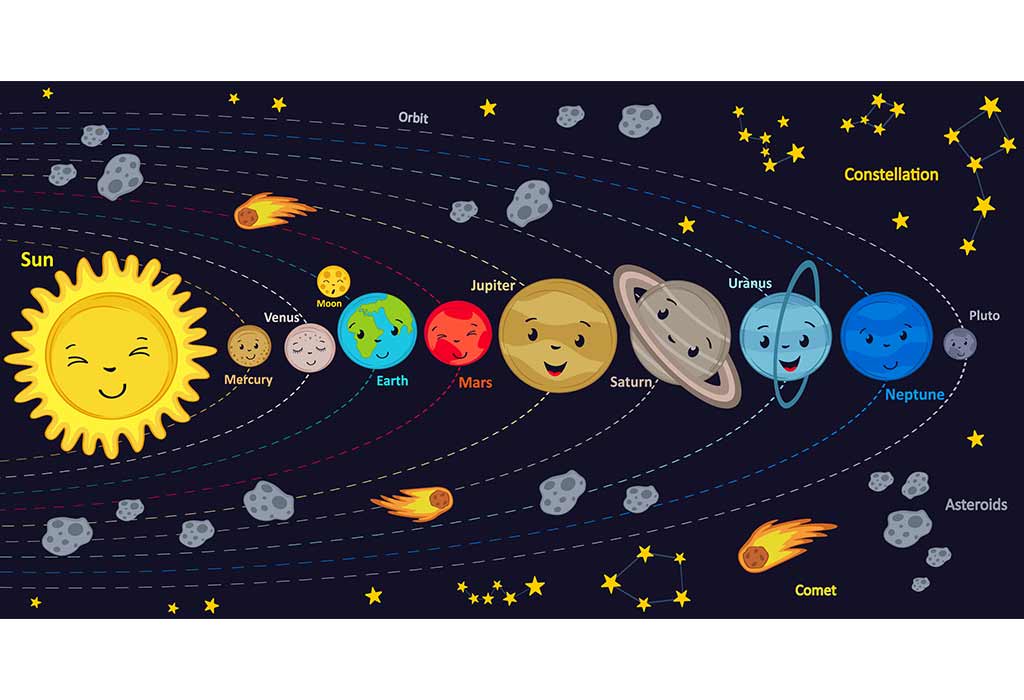
Key Points to Remember When Writing an Essay on the Solar System
10 lines on solar system, a paragraph on solar system, short essay on solar system, long essay of the solar system in english, what will your child learn from the essay on the solar system.
Writing essays can be an incredible journey of exploration, especially when diving into fascinating topics like the solar system. A solar system essay, like the one we’re about to embark on, provides an opportunity to understand the vast universe we are a part of. By attempting this essay in English, students can improve their language skills, enhance their creativity, and develop a deeper appreciation for the wonders beyond our planet. Now, let’s travel through space and time to understand the marvellous entity we call the solar system.
When you embark on the enlightening journey of writing an essay on the solar system, it’s essential to remember some fundamental aspects to make your essay stand out. These points ensure that your content is rich and informative and captivates your readers.
- Research Thoroughly: Before starting, gather information from credible sources. The solar system is vast, and discoveries are made regularly.
- Keep It Organised: Structure your essay with a proper introduction, body, and conclusion. This will help readers follow your thoughts.
- Use Simple Language: If it’s meant for children and students, keep your language simple and avoid jargon.
- Include Visuals: Include images or diagrams of planets, orbits, or other celestial bodies to make your essay more engaging and to help explain complex concepts.
- Discuss Recent Discoveries: Astronomy is a constantly evolving field. To keep your essay current, mention any new findings or missions.
- Maintain Accuracy: When mentioning facts or figures, ensure they are accurate. Mistakes in such essays can misinform readers.
- Personal Touch: Share anecdotes or experiences related to stargazing or space exploration. This adds a warm, personal touch to the essay.
- Include Interesting Facts: Sprinkle your essay with fascinating tidbits about the solar system , like the storms on Jupiter or the possibility of water on Mars .
- Stay Updated: The realm of space exploration and astronomy is constantly advancing. Ensure you are updated with the latest information.
- Proofread: After finishing your essay, review it for any grammatical or factual errors. A well-polished essay makes a better impression.
For primary class students just beginning their exploration into the vast wonders of space, breaking down the vastness of the solar system into digestible bites is essential. The solar system can be awe-inspiring with its planets, moons, and other celestial wonders. Here’s a simple solar system 10-line essay perfect for budding astronomers and an essay for primary-class students.
1. The solar system comprises the sun and all the celestial objects around it.
2. There are eight planets: Mercury , Venus, Earth, Mars, Jupiter, Saturn , Uranus, and Neptune.
3. The sun is a giant star that gives us light and warmth.
4. Earth , our home, is the third planet from the sun and the only one known to have life.
5. The moon is Earth’s natural satellite and orbits around us.
6. Jupiter , the largest planet, has a giant red storm raging for centuries.
7. Between Mars and Jupiter, there’s an asteroid belt filled with rocky objects (4) .
8. The solar system also includes comets with tails that glow when close to the sun.
9. Neptune, the farthest planet, has strong winds and dark storms (5) .
10. Exploring our solar system helps us learn more about our place in the universe.
Young students can use these lines as a foundation and further expand their knowledge by exploring each point in depth as they grow.
Writing an essay for classes 1 & 2 can be a great way for young students to understand the solar system. To help them grasp the essentials, here’s a short essay in 100 words tailored to their comprehension level.
The solar system is like a big family in space. At the centre is the sun , shining bright and giving us light. Around the sun, eight planets move in circles called orbits. Earth is one of them, and it’s where we live. Some planets have rings, like Saturn, and some have many moons. There are also tiny rocks called asteroids and icy bodies known as comets. Every member of this space family has its own unique story. By reading and learning about the solar system, kids can begin to understand the vast world beyond our blue sky.
The allure of the night sky, dotted with twinkling stars and distant planets, has always been a source of wonder for humans. Exploring the solar system’s mysteries offers profound insights into the cosmos and our place within it. The following essay, in 200 words, captures the essence of this mesmerising expanse.
Our solar system is a cosmic marvel, a vast expanse dominated by the sun’s brilliant glow. The centre of the solar system is occupied by the sun, a colossal sphere of fiery gas that makes up over 99% of the solar system’s total mass (3) . Orbits around this central star are eight diverse planets with unique features and mysteries. The rocky planets Mercury, Venus , Earth, and Mars are nearest to the sun. These are followed by the gas giants, Jupiter and Saturn, and the ice giants, Uranus and Neptune.
In contrast, each planet provides a distinct study, from Mercury and Venus’s scorching surfaces to Neptune’s frozen realms. Beyond the planets, the solar system also shelters asteroids, comets, and dwarf planets like Pluto. As we send probes and satellites farther into space, our understanding of this vast system deepens, revealing secrets that challenge our understanding of existence. The solar system, with its intricate dance of celestial bodies, is a testament to the grandeur of the universe, beckoning us to explore and discover.
For every student and reader, understanding our solar system is the first step towards unravelling the deeper mysteries of the cosmos.
The cosmos has always fascinated mankind. Its vastness and mysteries have piqued our curiosity for centuries. To comprehend the universe’s grandeur, we must begin with our neighbourhood in space: the solar system. This solar system essay for class 3 and above offers more profound insights into our cosmic home.
What Is the Solar System?
The solar system comprises various celestial bodies held together by the sun’s gravitational pull, which sits at its centre. This dynamic system is located in the Milky Way galaxy and spans a distance of billions of miles. The major constituents of the solar system are the sun, eight planets, their moons, and a range of smaller objects like asteroids, comets, and dwarf planets. It is an intricate dance of objects revolving around the sun, each following its unique path and exhibiting individual characteristics.
How Does the Solar System Work?
The sun is the heart of the solar system, a colossal ball of gas undergoing nuclear fusion. It emits immense heat and light, making life possible on Earth. The sun’s gravitational force is so strong that it keeps all the planets and celestial bodies in their orbits.
The planets orbit the sun in elliptical paths. Like Mercury and Venus, those closest to the sun complete their orbits quicker than those farther away, such as Neptune . The force of gravity also ensures that moons orbit planets. For example, our Earth has one moon, while Jupiter boasts 79 known moons!
The balance of gravity and the momentum of celestial objects keep everything in place. Without the sun’s gravitational pull, planets would drift away into the vastness of space.
Celestial Bodies Exist in the Solar System
Our solar system’s central star provides energy and light that drive life on Earth.
There are eight in total. The inner planets (Mercury, Venus, Earth, and Mars) are rocky, while the outer planets (Jupiter, Saturn, Uranus, and Neptune) are gas giants or ice giants.
Natural satellites that orbit planets. Their number varies from planet to planet.
4. Asteroids
Rocky fragments remain from the formation of the solar system. Most are found in the asteroid belt between Mars and Jupiter.
Comets are icy bodies that come from the solar system’s outer regions. When they approach the sun, they develop glowing tails.
6. Dwarf Planets
These celestial bodies orbit the sun and have enough mass for their self-gravity to overcome rigid body forces (2) . However, they still need to clear their neighbouring region of other objects. Pluto is the most famous dwarf planet.
7. Kuiper Belt & Oort Cloud
These are regions beyond Neptune filled with millions of icy objects. The Kuiper Belt is closer than the Oort Cloud and is the birthplace of short-term comets (1) .
Our solar system is breathtakingly vast and dynamic, filled with various celestial bodies. Its complex mechanisms and operations provide invaluable insights into the universe’s workings. Understanding the solar system is not just a part of the curriculum for students in class 3 and above; it is a journey into the wondrous realm of space. This essay aims to be a guide, igniting young minds’ curiosity and exploration.
Through the essay on the solar system, your child will gain a foundational understanding of our cosmic neighbourhood, grasping the vastness and intricacies of space. Beyond mere facts, the essay fosters curiosity, inspiring them to dig deeper into the mysteries of the universe and comprehend the grandeur and significance of the celestial dance above us.
1. Where is the solar system situated?
The solar system is in the Milky Way galaxy, in one of its spiral arms called the Orion Arm.
2. How many total solar systems exist?
Numerous solar systems exist, with billions believed to reside in our Milky Way galaxy alone. This showcases the vast expanse and diversity of solar systems.
The solar system’s myriad celestial bodies and dynamic interplays provide a window into the cosmos’s infinite wonders. Understanding and appreciating its grandeur satiates our innate curiosity and helps us find our humble place within the vast tapestry of the universe.
References/Resources
1. Relationship of the Kuiper Belt to the Oort Cloud; The European Space Agency; https://esahubble.org/images/opo0204i/
2. What is a Dwarf Planet?; Jet Propulsion Laboratory; https://www.jpl.nasa.gov/infographics/what-is-a-dwarf-planet ; April 2015
3. Our Sun: Facts; NASA; https://science.nasa.gov/sun/facts/
4. Asteroids: Facts; NASA; https://science.nasa.gov/solar-system/asteroids/facts/
5. Neptune Facts; NASA; https://science.nasa.gov/neptune/facts/
Also Read:
Facts About Space for Children
- RELATED ARTICLES
- MORE FROM AUTHOR
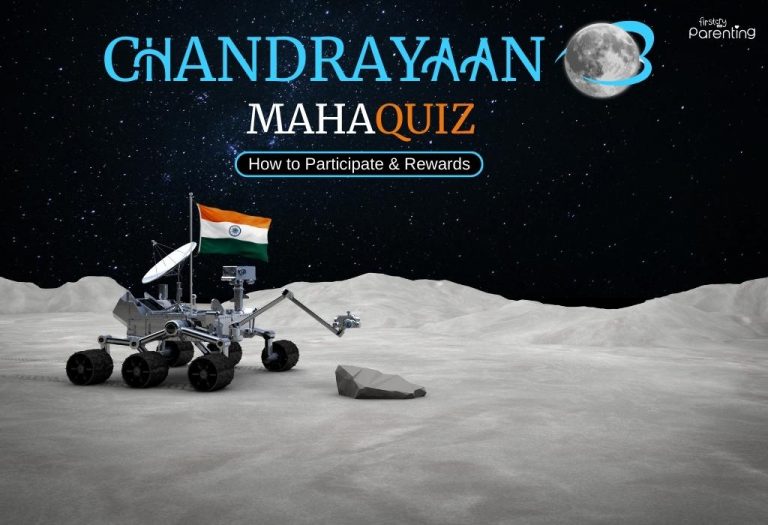
Chandrayaan 3 MahaQuiz for Students - How To Participate, Eligibility & Rewards

Simple GK Questions And Answers About India For Kids

Fascinating Facts and Information about Crocodile for Kids

How To Teach Goal Setting to Children - 6 Effective Tips

Fascinating Facts about Clouds for Kids

15 Entertaining and Educational Podcasts for Your Child
Popular on parenting.

245 Rare Boy & Girl Names with Meanings

Top 22 Short Moral Stories For Kids

170 Boy & Girl Names That Mean 'Gift from God'

800+ Unique & Cute Nicknames for Boys & Girls
Latest posts.

Understanding Baby Food Labels - Easy Guide for Parents on How to Read & Use

5 Ways to Maintain Diaper Hygiene in Summer for a Happy Baby!

4 Baby Sleep-Related Questions All New Parents Have Answered by a Paediatrician!

Do Indian Babies Have Different Diaper Needs? Here's an Expert's Opinion!
Your Article Library
Short essay on solar system.
ADVERTISEMENTS:
Here is your essay on Solar System!
The Solar System is made up of all the planets that orbit our Sun. In addition to planets, the Solar System also consists of moons, comets, asteroids, minor planets, dust and gas. The inner solar system contains the Sun, Mercury, Venus, Earth and Mars. The main asteroid belt lies between the orbits of Mars and Jupiter. The planets of the outer solar system are Jupiter, Saturn, Uranus and Neptune (Pluto is now classified as a dwarf planet).

Image Courtesy : upload.wikimedia.org/wikipedia/commons/a/a9/Planets2013.jpg
Everything in the Solar System orbits or revolves around the Sun. The Sun contains around 98% of all the material in the Solar System. The larger an object is, the more gravity it has. Because the Sun is so large, its powerful gravity attracts all the other objects in the Solar System towards it. At the same time, these objects, which are moving very rapidly, try to fly away from the Sun, outward into the emptiness of outer space.
The result of the planets trying to fly away, at the same time that the Sun is trying to pull them inward is that they become trapped half-way in between. Balanced between flying towards the Sun and escaping into space, they spend eternity orbiting around their parent star.
The Planets orbit in the same direction (counter-clockwise looking down from above the Sun’s North Pole); all but Venus, Uranus and Pluto also rotate in that same sense. Mercury has the fastest elliptical orbit,
48 km per second. It has the shortest revolution at 88 days. Pluto has an orbital speed of 5 km per second. It takes 248 years for Pluto to make one complete revolution.
Related Articles:
- Paragraphs on Solar System (601 Words)
- Solar System: Keynotes on our Solar System
Solar System
No comments yet.
Leave a reply click here to cancel reply..
You must be logged in to post a comment.
84 Solar System Essay Topic Ideas & Examples
🏆 best solar system topic ideas & essay examples, 👍 good research topics about solar system, 📌 most interesting solar system topics to write about, ❓ solar system research questions.
- The Origins of the Solar System Another interesting topic that should be taken note of is the origin of the Earth itself for just as there have been numerous theories as to the origin of the solar system there have been […]
- A Solar System Business Idea If the location of this business is favorable, the goal of achieving a turnover of $1 million is tenable. Some of the factors to be considered when coming up with the right marketing mix for […]
- Copernican Model of the Solar System Copernicus was able to prove that the sun and not the earth was the center of the solar system but held unto the assumption of circular motion. Ptolemy’ model assumed that, the earth and not […]
- Solar System Formation The first 2-4 million years since the formation of the Solar System were the time of the first asteroid formation. The Jovian planets have formed much further away from the center of the System than […]
- Mystery Solar System: Planets Analysis Of note, the gases that are most likely to be dominant in these planets that are closer to the sun are the heavy gasses.
- Astronomy and Mystery Solar System The mesosphere layer (17 Km The greenhouse effect is a warming effect due to the presence of greenhouse gasses in the atmosphere that includes carbon dioxide.
- Solar System Processes Research The disk was formed because of the pulling action of the gravitational force between the nebula particles that acted towards the center of the disk.
- The Solar System Definition A ‘Shoot for the Moon’ is a revelation of the first maiden journey to space by the Americans in the 1960s.
- The Solar System Formation and the Earth Evolution Limited opportunities are explored under the subject of cosmogony, the field which focused on the question: ‘Which processes contributed to the formation of Solar System, as well as how it evolved since its formation?’ Despite […]
- The Solar System’s Nebular Model In response to this, the paper is aimed at explaining the nebular model of the solar system in details and the features of the solar system that the model can explain.
- Nebular Model of the Solar system According to nebular model of the formation of the universe, the formation of the solar system is inherent to the formation of the stars and planetary disks.
- What Asteroids and Comets Tell About How the Solar System Formed? During the early 1500’s, the first astronomer Nicholas Copernicus in a controversial statement asserted that the sun was the center of the solar system, and not the earth.
- Current Mission in the Solar System An additional objective of the mission was to increase the knowledge of the sun’s composition. An additional discovery of this mission was that the sun consists of burning gases.
- Solar System: How The Sun Produces Light and Heat
- Earth Science: Minor Bodies of the Solar System
- Astrobiology of Mars and Europa
- Solar System Comet Earth Meteorites
- Teaching Space and Solar System
- Solar System and Allocate Percentage Mark
- Extraterrestrial Life Outside the Solar System
- Distance From Earth Any Threats to Earth Location in Our Solar System or in the Universe
- Neptune, the Wonderful Planet in Our Solar System of the Milky Way
- The Outer Solar System and Space Exploration
- Solar System and Smaller Inner Planets
- Solar System and Strong Personality Charm
- Earth and Our Solar System
- Exoplanet Exploration: Planets Beyond our Solar System
- Inside the Solar System: Comet C/2011 N3
- The Solar System Beyond Neptune
- Solar System Copernicus Ptolemy Theory
- Unique Facts About Planets in Our Solar System
- The Solar System at Your Fingertips
- Arnold Toynbee Excerpt Solar System
- Flocabulary: Solar System: Confessions of a Planet
- Our Solar System For Colonization
- Worlds Beyond The Solar System
- Our Solar System and the Planet Saturn
- The Planets and the Solar System
- Earth Compared With The Planets Of The Solar System
- Facts About The Solar System
- The Science Behind Black Holes and the Impact of the Supernova in the Solar System
- Solar System and Outer Planets
- Solar System Debris: Comets, Asteroids, Meteoroids, Meteors
- Whether Pluto is a Planet of Our Solar System or Not
- Venus: Solar System and Enormous Red Heads
- Main Information about the Planets of the Milky Way Solar System
- Science: Solar System and Habitable Zone Lifetimes
- Theories Explaining the Origin of the Solar System
- Solar System and Space Exploration
- Maximum Power Point Tracking of Solar System
- Comets: Solar System and Telescope
- Comparing and Contrasting the Formation of the Universe and Solar System
- The Two Most Common Beliefs of the Formation of the Universe and Solar System
- What Are the Seven Planets of the Solar System?
- What Are the Most Interesting Facts About the Solar System?
- What Is the Study of the Solar System Called?
- What Is the Essential Thing in the Solar System?
- How Many Stars Are in Our Solar System?
- Who Discovered the Solar System?
- What Evidence Can You Give That the Solar System Formed?
- How Many Moons Are in Our Solar System?
- When Was the Solar System Discovered?
- When Was the Earth Born?
- Which Is the Minor Planet in the Solar System?
- How Did the Planets of the Solar System Come About?
- How Many Planets Are There in the Solar System?
- What Can We Learn From the Solar System?
- How Many Planets Are in the Milky Way?
- What Are the Theories of the Solar System?
- How Do You Describe the Solar System for Kids?
- Why Do We Need to Research the Solar System?
- What Is the Solar System Made Of?
- How Many Suns Are There in the Solar System?
- Why Is the Solar System Essential?
- How Old Is the Solar System?
- How Does Our Solar System Work?
- What Is Unique About the Solar System?
- Who Named the Earth Earth?
- How the Solar System Formed?
- What Is the Most Exciting Fact About the Solar System?
- Are There Eight or Nine Planets in the Solar System?
- What Is the Latest Discovery Research About the Solar System?
- What Is Our Solar System Called?
- Chicago (A-D)
- Chicago (N-B)
IvyPanda. (2023, October 26). 84 Solar System Essay Topic Ideas & Examples. https://ivypanda.com/essays/topic/solar-system-essay-topics/
"84 Solar System Essay Topic Ideas & Examples." IvyPanda , 26 Oct. 2023, ivypanda.com/essays/topic/solar-system-essay-topics/.
IvyPanda . (2023) '84 Solar System Essay Topic Ideas & Examples'. 26 October.
IvyPanda . 2023. "84 Solar System Essay Topic Ideas & Examples." October 26, 2023. https://ivypanda.com/essays/topic/solar-system-essay-topics/.
1. IvyPanda . "84 Solar System Essay Topic Ideas & Examples." October 26, 2023. https://ivypanda.com/essays/topic/solar-system-essay-topics/.
Bibliography
IvyPanda . "84 Solar System Essay Topic Ideas & Examples." October 26, 2023. https://ivypanda.com/essays/topic/solar-system-essay-topics/.
- Photosynthesis Research Ideas
- Big Bang Theory Research Ideas
- Expedition Ideas
- Pseudoscience Topics
- NASA Topics
- X-Ray Questions
- Climate Change Titles
- Global Warming Essay Titles
- Read and write
- Reading practice
- Level 2 reading
The solar system

Are you interested in space and the solar system? Practise your reading in English with this text.
Do the preparation exercise first. Then read the text and do the other exercises.
Preparation
Our solar system.
Our solar system was formed about 4.5 billion years ago! But what exactly is the solar system? It consists of our sun and eight main planets: Mercury, Venus, Earth, Mars, Jupiter, Saturn, Uranus and Neptune. There are also moons, dwarf planets, asteroids, comets, rocks and dust.

All of the planets in the solar system orbit the sun. Mercury, Venus, Earth and Mars are called 'terrestrial planets'. They are mostly made of rock and metal. Jupiter, Saturn, Uranus and Neptune are called 'gas giants'. They are mostly composed of gas and they have rings. The smallest planet is Mercury and the biggest is Jupiter. Neptune is the coldest and Venus is the hottest planet.

Moons travel around planets. Earth has got just one moon, but there are at least 150 moons in our solar system. Jupiter and Saturn are the planets with the most - 53 confirmed moons each! Mercury and Venus have no moons at all.

Stars are enormous balls of very hot gas. Our closest star is the sun, and it's 150 million km away from planet Earth! Without the sun's energy, there would be no life on Earth.
Space missions

Yuri Gagarin became the first human to travel in space in 1961. Then, in 1969, astronauts Neil Armstrong and Buzz Aldrin landed on the moon as part of the Apollo 11 mission. There have been many more missions to space since!
Did you know ...?
An easy way to remember the order of the planets is to use a special sentence, such as 'My Very Educated Mother Just Served Us Noodles'. The first letter of each word is the first letter of each planet. Or you could make up your own sentence!
Can you think of another sentence that helps you remember the order of the planets? Tell us what it is!
Hello! My favorite planet is Mercury.
- Log in or register to post comments
My favorite planet is mars because is named after THE roman god of war that means i like fighting because i have karate
Hello! I am Emma. My favorite planet is Earth. Because that is where I live! What is your favorite planet? Tell me all about it!
English courses for children aged 6-17
Sign up to our newsletter for free learning tips and resources
We will process your data to send you our newsletter and updates based on your consent. You can unsubscribe at any time by clicking the "unsubscribe" link at the bottom of every email. Read our privacy policy for more information.
Short Essay On Solar System
The Solar System Our solar system comprises of a normal star we call the Sun, the planets Neptune, Uranus, Saturn, Jupiter, Mars, Earth, Venus, and Mercury. It incorporates the satellites of the planets; various comets, asteroids, and meteoroids; and the interplanetary medium. The Sun is the wealthiest origin of electromagnetic energy, in terms of heat and light, among the Solar System . The planets, a large portion of the satellites of the planets and asteroids rotate around the Sun in a similar way, in almost circular orbits. When looking down from over the Sun’s north post, the planets circle in a counter-clockwise way. The planets orbit the Sun in or close to a similar plane, called the ecliptic. Pluto is an extraordinary case in that its orbit is the most profoundly slanted and the most …show more content…
The solar breeze was substantially weaker in the external regions, nevertheless, bringing about gas giants made up for the most part of hydrogen and helium. The inner solar system The four internal four planets — Mercury, Venus, Earth and Mars — are made up generally of iron and rock. They are known as terrestrial or earth-like planets in light of their comparative size and organization. Earth has one regular satellite — the moon — and Mars has two moons — Phobos and Deimos. Amongst Mars and Jupiter lies the asteroid Belt. asteroids are minor planets, and researchers evaluate that there are more than 750,000 of them with widths bigger than three-fifths of a mile (1 km) and a huge number of littler asteroids. The dwarf planet Ceres, around 590 miles (950 km) in measurement, lives here. Various asteroids have circles that take them nearer into the solar system that occasionally lead them to crash into Earth or the other inward
Before Oceans Module DBA: Self-Assessment Questions
Before Oceans Module DBA: Answer the following Self -Assessment Questions based on the scale below prior to the DBA. I fully understand and able to discuss in detail 4 of the following main idea concepts discussed in the Module: I fully understand and able to discuss in detail 3 of the following main idea concepts discussed in the Module: I fully understand and able to discuss in detail 2 of the following main idea concepts discussed in the Module: I fully understand and able to discuss in detail 1 of the following main idea concepts discussed in the Module: Develop logical connections through physical principles, including Kepler's and Newton's Laws about the relationships and the effects of Earth, Moon, and Sun on each other.(SC.912.E.5.6)
Summary Of Burning Up By Caroline B Cooney
Although the book contains a massive amount of words, there is one thing in particular that stands out to me and that is, pictures. For a 32 paged book about the Solar System; you would think there would be word after word, but its not the case in this book. In every page of the book there are small graphics explaining how new planets are found, how stars are made, etc. “Five planets formed in the cooler, outer part of the disk-- Jupiter, Saturn, Uranus, Neptune, and Pluto are formed from the lumps of ice and freezing gas found there” (8 Kerrod). Kerrod shows 2 graphics explaining how each planet is formed and where it is found in our Solar System.
Winter Wonderworld Summary
I found the article Winter Wonderworlds extremely fascinating as I have a keen interest in the study of space. I believe that the author took an interesting interpretation of the study of other planets and moons that could appeal to all audiences. For a good understanding of this article it would be helpful to have prior knowledge of the planets and moons in our solar system and a good understanding of astronomy. However, it is not necessary that you understand these points when reading the article as the article explains these things in a basic way. This article I found made several good points about what the other planets and moons in our solar system are like on the surface.
Renaissance Dbq Essay
During the Middle Ages a Roman Astronomer named Ptolemy came up with the theory that all surrounding planets orbited around the Earth. Advancement in telescopes and technology helped Copernicus during the renaissance create a more logical and accurate theory which stated how the sun is in the middle of our universe and all planets orbited the sun. This changed the way man thought because it realized how small Earth is compared to the rest of the solar system and how we may not be
William Herschel Observations
Astronomy: Discovery of Uranus by William Herschel in 1781 Before the discovery of Uranus by William Herschel the world knew about the five existing planets that were able to be observed by the naked eye. These planets are Mercury, Venus, Mars, Jupiter and Saturn. The earth was not considered in these planets because earth was previously thought to be the center of the universe where all celestial bodies revolved around it. William Herschel began at a young age to ponder the heavens and what was out there, he used small telescopes but was soon frustrated because of their lack of power to see much further than the naked eye. Herschel was motivated to build larger telescopic tools to look deeper into the cosmos.
Mercury's Surface Research Paper
Mars has two moons, Phobos and Deimos, named, respectively, fear and panic, after the sons of Ares and Aphrodite. They are both small, irregularly shaped rocky bodies. Phobos is larger by several kilometers and also has larger craters, some stretching as far as 28 kilometers long and nearly as wide. However, Deimos is also home to very large craters.
Pluto Controversy
Controversy over Pluto Pluto was once considered one of the nine major planets in our solar system until 2006. The reason for this was in 2003, when an astronomer found another object in close proximity to Pluto that appeared to be larger. Based on Pluto’s size and location it was stripped of its status and was then classified as a dwarf planet. I was 11 when this event occurred. It was one of those major events in history that would result in textbooks being rewritten.
Pluto Research Paper
Pluto is a dwarf planet that is located in the Kuiper belt. It was the first object to be found in the Kuiper belt. If you were to look into the night sky and find the constellation of Sagittarius, Pluto is located in about the center of it. Originally considered a planet when it was found by Clyde Tombaugh and named by Venetia Burney. Pluto is named after the Roman god of the Underworld.
Also, the IAU’s definition is not necessarily true to all of the planets in our solar system. This shows us that the criteria cannot be met for all of the other bodies stated as a planet so therefore, the rules either have to be changed, or else, Earth is also not considered a planet. Finally, some say that Pluto is also too far out to be a planet, but, from 1979 and 1999, Pluto was closer to the Sun than Neptune. This shows that if Pluto was considered too far away to be a planet, then Neptune could not be considered a planet as it would be too far away from the
Essay On The Persecution Of Socrates
Today virtually every child grows up learning that the Earth orbits the Sun, but four centuries ago the heliocentric solar system, where the Earth orbits the Sun, was so controversial that the Catholic Church classified it as a crime of heresy (UCLA). In the age of early philosophy, Socrates’ is well known. Between the Socratic method and his line of successful students, Socrates’ makes the history books. Galileo Galilei turned astronomers on their heads when he discovered moons around Jupiter. Giordano Bruno didn’t back down from any of his brilliant and different ideas.
How Does Greek Mythology Influence Modern Society
Greek mythology’s effect on science was enormous; it involved the naming of planets, periodic table of elements and even constellations. The solar system’s planets and moons were named after Greek mythological characters. However, it was also given Roman version of it. “Sun, the center of our solar system was named after
Mars Persuasive Essay
186,282 miles per second. That’s how fast light travels in the universe. Our Sun is 93 million miles away from the Earth, and it’s light reaches us in around 8 minutes. That may seem like a huge distance, but that is absolutely nothing compared to other objects in space. Neptune, known for its glorious blue color, is 2.7 billion miles away.
Saturn Research Paper
Saturn is the second largest planet and sixth number planet of our solar system. Saturn is a gas giant made up of hydrogen and helium. It is big enough to hold more than 760 Earths within it, and is second massive planet after Jupiter, roughly 95 times Earth 's mass. However, Saturn has the lowest density among all the planets of solar system .It spins faster than any other planet except Jupiter which help Saturn with its magnetic field which is about 578 times more powerful than Earth 's. Although Saturn has at least 62 moons but its largest moon, Titan, is slightly bigger than Mercury, and is the second-largest moon in the solar system after Jupiter 's moon Ganymede (our moon is fifth largest).Although it is the most interesting planet
Essay On Galaxy
There are approximately 100 billion different solar systems in the Milky Way. Our dolor system is 25,000 light years away from the center of our galaxy. Our galaxy is so big we have only gone 19.5 kilometers from home. The farthest humans have gone is to the moon and back, which is only 238,900 miles away. 2.
Edu 501 Quiz
A. The four that is closest to the sun. B. planets in our solar system orbit the sun. C. Eight planets
More about Short Essay On Solar System
Related topics.
- Solar System
May 3, 2024
Where Is the Edge of the Solar System?
The solar system’s outer limits aren’t as clear-cut as you might think
By Phil Plait
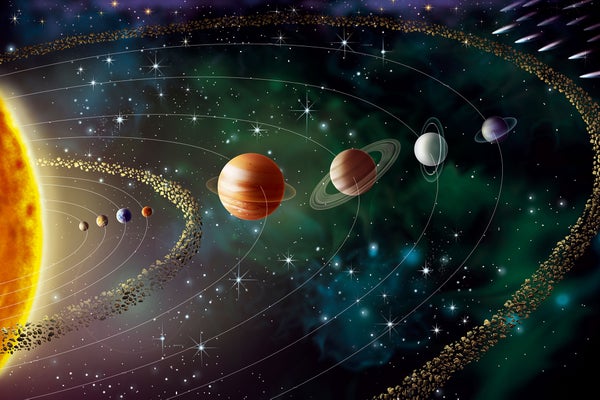
An illustration of the solar system (not to scale), including the sun, inner rocky planets, asteroid belt, the outer gassy planets, and—beyond Neptune—the Kuiper belt and the Oort cloud.
JACOPIN/BSIP SA/Alamy Stock Photo
Oh, we humans do love a cleanly defined boundary, don’t we?
They make things easier, after all. If we’re trying to categorize something, knowing what labeled bin to put it in is handy. If we’re looking for trends, then sharp boundaries are even better because they let us compare things in a single category to see how they change.
This tendency, though, can lead to trouble. It can mislead us or cause confusion. Especially when we take something that is fundamentally fuzzy and indistinct and try to ram its square peg into a round hole.
On supporting science journalism
If you're enjoying this article, consider supporting our award-winning journalism by subscribing . By purchasing a subscription you are helping to ensure the future of impactful stories about the discoveries and ideas shaping our world today.
Take, for example, the solar system.
If you picture it in your head, you likely see the sun in the center and a retinue of planets orbiting it. At some point, perhaps around four billion to five billion kilometers out, roughly equivalent to the orbital distance of Neptune, you might draw an imaginary line: everything within that line is inside the solar system, and everything beyond that line is outside it.
You may see where I’m going with this. That line you drew in your head is arbitrary and, I dare say, even wrong.
First, well past this distance, there are icy bodies called trans-Neptunian objects (TNOs) that are nonetheless still bound to the sun by gravity. Some TNOs orbit the sun in a flattish torus called the Kuiper belt, and others orbit much, much farther out from a very roughly spherical halo called the Oort cloud that potentially stretches for a trillion kilometers around our star. On that scale, even the outer planets orbiting the sun seem huddled close-in.
And second, well, setting such outer limits depends on how you define what the solar system is and what’s outside it.
I was reminded of this because of a space news story that came out just last week, and it’s good news (a rare gem): engineers have been able to get Voyager 1 talking to Earth again. The deep-space probe was launched in 1977 and is now a staggering 24 billion kilometers from Earth , which is more than 160 times farther away from our planet than the sun is. Last November the spacecraft suffered a hardware glitch that scrambled its communications, and engineers had to get clever by rerouting software around the bad component. After they uploaded the fix, Voyager 1 appears to be working better, and they expect it will be back to full operational duty in the next few months.
This reminded me of something that happened in September 2013, when Voyager 1 was “just” 19 billion kilometers from Earth: NASA announced that the spacecraft had entered interstellar space in August 2012 . At the time, a lot of people talked about how Voyager had finally “left the solar system.”
And here’s where we run into that second issue of where the solar system “ends.” By any real definition, even the fuzzy ones, Voyager 1 was still well within the solar system—certainly, it was (and still is, and will be for some time) closer to the sun than most of the TNOs in the black depths of space—yet NASA was correct: Voyager 1 is also in interstellar space.
How can this be?
This confusion arises because of two different ways of thinking of what defines the solar system. In this case, we’re comparing the sun’s gravitational influence, exerted upon the objects orbiting it, and its magnetic influence, delivered to deep space by its solar wind.
The solar wind is a stream of subatomic particles the sun continuously blows into space. It flows away from the sun at high speed, nearly two million kilometers per hour, and consists of electrons, protons, neutrons and some heavier atomic nuclei as well. It’s not clear what accelerates the wind to such high speeds. Scientists know the sun’s magnetism is the driving force, but the exact mechanism still isn’t understood.
If space were truly empty, the solar wind would expand forever, flowing out into the galaxy and, because it moves at such high speed, eventually exiting the Milky Way entirely. But space—despite the name—is not empty. The vast volume between the stars does in fact have matter in it. It’s not much, to be sure: roughly one subatomic particle per cubic centimeter on average (although that can change hugely depending on where exactly in space you are). The air you’re breathing right now is some 10 quintillion times denser, so this interstellar matter is thin gruel indeed, but it’s enough.
As the solar wind plows into this ethereally thin cosmic vapor, it loses momentum and slow down, eventually coming to a halt. This region where it stalls out, poetically called the heliopause, marks the exterior boundary of the heliosphere, the volume of space dominated by the sun’s solar wind. Within the heliopause region, the sun’s magnetic influence wanes and that of the interstellar medium—the material between the stars—strengthens.
This shift is just what Voyager 1 detected in 2012. Several measurements showed that the interstellar medium dominated the region of space the spacecraft was passing through and that it had left the heliosphere behind.
So while Voyager 1 was still well inside the solar system, the space around it was influenced more by the galaxy itself than the sun.
As usual, when dealing with scientific matters, you need to be careful to define your terms.
And in the interest of open scientific honesty, I’ll admit I’ve made this mistake myself . I wrote in early 2013 that Voyager 1 had left the solar system when, in fact, NASA said at the time that it had not. (This happened so often in media over the years that the webcomic xkcd, in its usual cheeky style, had something to say about this topic as well . NASA later confirmed after reviewing its data that the spacecraft had actually entered interstellar space in 2012.) But I also pointed out at the time how hard-and-fast definitions of even where the sun’s heliosphere ends are complicated and difficult to pin down. These regions are squishy and in flux, lacking any easily measured delineation.
If any of this sounds familiar, that’s because it’s reminiscent of pondering where Earth’s atmosphere ends and outer space begins—a quandary encapsulated by the debate over something called the Kármán line. I covered this in a recent article , and there are some similarities; in both cases, we’re dealing with a sort-of atmosphere—the heliosphere carved out by the solar wind and Earth’s enveloping shroud of air—and where it impinges on the environment of deeper space. The difference here is that Earth’s atmosphere fades away gradually with altitude, blending seamlessly with the near vacuum of space, whereas the heliosphere does have a boundary. That neutral zone (to borrow a Star Trek –ism) is wide, certainly—tens of billions of kilometers through—but it’s small compared to the immense size of the heliosphere itself.
With Voyager 1 having long passed the interstellar version of the Kármán line, it’s well on its way into the galaxy. It will hopefully continue to take measurements of the interstellar medium and begin transmitting them back to Earth soon once again. Even after 46 years, it’s still breaking boundaries.

Scientists' research answers big question about our system's largest planet
N ew discoveries about Jupiter could lead to a better understanding of Earth's own space environment and influence a long-running scientific debate about the solar system's largest planet.
"By exploring a larger space such as Jupiter, we can better understand the fundamental physics governing Earth's magnetosphere and thereby improve our space weather forecasting," said Peter Delamere, a professor at the UAF Geophysical Institute and the UAF College of Natural Science and Mathematics.
"We are one big space weather event from losing communication satellites, our power grid assets, or both," he said.
Space weather refers to disturbances in the Earth's magnetosphere caused by interactions between the solar wind and the Earth's magnetic field. These are generally associated with solar storms and the sun's coronal mass ejections, which can lead to magnetic fluctuations and disruptions in power grids, pipelines and communication systems.
Delamere and a team of co-authors detailed their findings about Jupiter's magnetosphere in a paper in AGU Advances . Geophysical Institute research associate professor Peter Damiano, UAF graduate student researchers Austin Smith and Chynna Spitler, and former student Blake Mino are among the co-authors.
Delamere's research shows that our solar system's largest planet has a magnetosphere consisting of largely closed magnetic field lines at its polar regions but including a crescent-shaped area of open field lines. The magnetosphere is the shield that some planets have that deflects much of the solar wind.
The debate over open versus closed at the poles has raged for more than 40 years.
An open magnetosphere refers to a planet having some open-ended magnetic field lines near its poles. These are previously closed lines that have been broken apart by the solar wind and left to extend into space without re-entering the planet.
This creates regions on Jupiter where the solar wind, which carries some of the sun's magnetic field lines, directly interacts with the planet's ionosphere and atmosphere.
Solar particles moving toward a planet on open field lines do not cause the aurora, which largely occurs on closed field lines. However, the energy and momentum of solar wind particles on open field lines does transfer to the closed system.
Earth has a largely open magnetosphere at its poles, with aurora occurring on closed field lines.. It is the transferred energy on those open lines that can disrupt power grids and communications.
In order to study Jupiter's magnetosphere, Delamere ran a variety of models using data acquired by the NASA Juno spacecraft, which entered Jupiter's orbit in 2016 and has an elliptical polar orbit.
"We never had data from the polar regions, so Juno has been transformative in terms of the planet's auroral physics and helping further the discussion about its magnetic field lines," Delamere said.
The debate began with the 1979 flybys of Jupiter by NASA's Voyager 1 and Voyager 2 . That data led many to believe that the planet had a generally open magnetosphere at its poles.
Other scientists argued that Jupiter's auroral activity , which is much different from Earth's, indicated the planet had a mostly closed magnetosphere at the poles. Delamere, a longtime researcher of Jupiter's magnetic field, published a paper supporting that view in 2010.
In 2021, he was a co-author on a paper by Binzheng Zhang of the University of Hong Kong that suggested through modeling that Jupiter's magnetosphere had two regions of open magnetic field lines at its poles.
The model shows one set of open-ended field lines emerging from the poles and trailing outward behind the planet in the magnetotail, the narrow teardrop-shaped portion of the magnetosphere pointing away from the sun. The other set emerges from Jupiter's poles and goes off to the sides into space, carried by the solar wind.
"The Zhang result provided a plausible explanation for the open field line regions," Delamere said. "And this year we provided the compelling evidence in the Juno data to support the model result.
"It is a major validation of the Zhang paper," he said.
Delamere said it's important to study Jupiter to better understand Earth.
"In the big picture, Jupiter and Earth represent opposite ends of the spectrum—open versus closed field lines," he said. "To fully understand magnetospheric physics, we need to understand both limits."
Delamere's evidence came via an instrument on the Juno spacecraft that revealed a polar area where ions flowed in a direction opposite Jupiter's rotation.
Subsequent modeling showed a similar ion flow in the same area—and near the open field lines proposed in the 2021 paper by Zhang and Delamere.
"The ionized gas on [closed] magnetic field lines connected to Jupiter's northern and southern hemispheres rotates with the planet," Delamere's new paper concludes, "while ionized gas on [open] field lines that connect to the solar wind move with the solar wind."
Delamere writes that the polar location of open magnetic field lines "may represent a characteristic feature of rotating giant magnetospheres for future exploration."
Other contributors are from the University of Colorado Boulder, Johns Hopkins University, Andrews University, Embry-Riddle Aeronautical University, University of Hong Kong, University of Texas San Antonio, Southwest Research Institute and O.J. Brambles Consulting in the United Kingdom.
Delamere will present the research in July at the Conference on Magnetospheres of the Outer Planets at the University of Minnesota.
More information: P. A. Delamere et al, Signatures of Open Magnetic Flux in Jupiter's Dawnside Magnetotail, AGU Advances (2024). DOI: 10.1029/2023AV001111
Provided by University of Alaska Fairbanks

For IEEE Members
Ieee spectrum, follow ieee spectrum, support ieee spectrum, enjoy more free content and benefits by creating an account, saving articles to read later requires an ieee spectrum account, the institute content is only available for members, downloading full pdf issues is exclusive for ieee members, downloading this e-book is exclusive for ieee members, access to spectrum 's digital edition is exclusive for ieee members, following topics is a feature exclusive for ieee members, adding your response to an article requires an ieee spectrum account, create an account to access more content and features on ieee spectrum , including the ability to save articles to read later, download spectrum collections, and participate in conversations with readers and editors. for more exclusive content and features, consider joining ieee ., join the world’s largest professional organization devoted to engineering and applied sciences and get access to all of spectrum’s articles, archives, pdf downloads, and other benefits. learn more →, join the world’s largest professional organization devoted to engineering and applied sciences and get access to this e-book plus all of ieee spectrum’s articles, archives, pdf downloads, and other benefits. learn more →, access thousands of articles — completely free, create an account and get exclusive content and features: save articles, download collections, and talk to tech insiders — all free for full access and benefits, join ieee as a paying member., a skeptic’s take on beaming power to earth from space, why we shouldn’t try to stick solar plants where the sun always shines.

Concepts for gargantuan space-based solar power plants have swung back in vogue. But the engineering to make them a reality still lags far behind.
The accelerating buildout of solar farms on Earth is already hitting speed bumps, including public pushback against the large tracts of land required and a ballooning backlog of requests for new transmission lines and grid connections. Energy experts have been warning that electricity is likely to get more expensive and less reliable unless renewable power that waxes and wanes under inconstant sunlight and wind is backed up by generators that can run whenever needed. To space enthusiasts, that raises an obvious question: Why not stick solar power plants where the sun always shines?
Space-based solar power is an idea so beautiful, so tantalizing that some argue it is a wish worth fulfilling. A constellation of gigantic satellites in geosynchronous orbit (GEO) nearly 36,000 kilometers above the equator could collect sunlight unfiltered by atmosphere and uninterrupted by night (except for up to 70 minutes a day around the spring and fall equinoxes). Each megasat could then convert gigawatts of power into a microwave beam aimed precisely at a big field of receiving antennas on Earth. These rectennas would then convert the signal to usable DC electricity.
The thousands of rocket launches needed to loft and maintain these space power stations would dump lots of soot, carbon dioxide, and other pollutants into the stratosphere, with uncertain climate impacts. But that might be mitigated, in theory, if space solar displaced fossil fuels and helped the world transition to clean electricity.
The glamorous vision has inspired numerous futuristic proposals. Japan’s space agency has presented a road map to deployment. Space authorities in China aim to put a small test satellite in low Earth orbit (LEO) later this decade. Ideas to put megawatt-scale systems in GEO sometime in the 2030s have been floated but not yet funded.
The U.S. Naval Research Laboratory has already beamed more than a kilowatt of power between two ground antennas about a kilometer apart. It also launched in 2023 a satellite that used a laser to transmit about 1.5 watts, although the beam traveled less than 2 meters and the system had just 11 percent efficiency. A team at Caltech earlier this year wrapped up a mission that used a small satellite in LEO to test thin-film solar cells, flexible microwave-power circuitry, and a small collapsible deployment mechanism. The energy sent Earthward by the craft was too meager to power a lightbulb, but it was progress nonetheless.
The European Space Agency (ESA) debuted in 2022 its space-based solar-power program, called Solaris, with an inspiring (but entirely fantastical) video animation . The program’s director, Sanjay Vijendran , told IEEE Spectrum that the goal of the effort is not to develop a power station for space. Instead, the program aims to spend three years and €60 million (US $65 million) to figure out whether solar cells, DC-to-RF converters, assembly robots, beam-steering antennas, and other must-have technologies will improve drastically enough over the next 10 to 20 years to make orbital solar power feasible and competitive. Low-cost, low-mass, and space-hardy versions of these technologies would be required, but engineers trying to draw up detailed plans for such satellites today find no parts that meet the tough requirements.
With the flurry of renewed attention, you might wonder: Has extraterrestrial solar power finally found its moment? As the recently retired head of space power systems at ESA—with more than 30 years of experience working on power generation, energy storage, and electrical systems design for dozens of missions, including evaluation of a power-beaming experiment proposed for the International Space Station—I think the answer is almost certainly no.
Despite mounting buzz around the concept, I and many of my former colleagues at ESA are deeply skeptical that these large and complex power systems could be deployed quickly enough and widely enough to make a meaningful contribution to the global energy transition. Among the many challenges on the long and formidable list of technical and societal obstacles: antennas so big that we cannot even simulate their behavior.
Here I offer a road map of the potential chasms and dead ends that could doom a premature space solar project to failure. Such a misadventure would undermine the credibility of the responsible space agency and waste capital that could be better spent improving less risky ways to shore up renewable energy, such as batteries, hydrogen, and grid improvements. Champions of space solar power could look at this road map as a wish list that must be fulfilled before orbital solar power can become truly appealing to electrical utilities.
Space Solar Power at Peak Hype—Again
For decades, enthusiasm for the possibility of drawing limitless, mostly clean power from the one fusion reactor we know works reliably—the sun—has run hot and cold. A 1974 study that NASA commissioned from the consultancy Arthur D. Little bullishly recommended a 20-year federal R&D program, expected to lead to a commercial station launching in the mid-1990s. After five years of work, the agency delivered a reference architecture for up to 60 orbiting power stations, each delivering 5 to 10 gigawatts of baseload power to major cities. But officials gave up on the idea when they realized that it would cost over $1 trillion (adjusted for inflation) and require hundreds of astronauts working in space for decades, all before the first kilowatt could be sold.
NASA did not seriously reconsider space solar until 1995, when it ordered a “fresh look” at the possibility. That two-year study generated enough interest that the U.S. Congress funded a small R&D program, which published plans to put up a megawatt-scale orbiter in the early 2010s and a full-size power plant in the early 2020s. Funding was cut off a few years later, with no satellites developed.
Then, a decade ago, private-sector startups generated another flurry of media attention. One, Solaren, even signed a power-purchase agreement to deliver 200 megawatts to utility customers in California by 2016 and made bold predictions that space solar plants would enter mass production in the 2020s. But the contract and promises went unfulfilled.
The repeated hype cycles have ended the same way each time, with investors and governments balking at the huge investments that must be risked to build a system that cannot be guaranteed to work. Indeed, in what could presage the end of the current hype cycle, Solaris managers have had trouble drumming up interest among ESA’s 22 member states. So far only the United Kingdom has participated, and just 5 percent of the funds available have been committed to actual research work.
Even space-solar advocates have recognized that success clearly hinges on something that cannot be engineered: sustained political will to invest, and keep investing, in a multidecade R&D program that ultimately could yield machines that can’t put electricity on the grid. In that respect, beamed power from space is like nuclear fusion, except at least 25 years behind.
In the 1990s, the fusion community succeeded in tapping into national defense budgets and cobbled together the 35-nation, $25 billion megaproject ITER, which launched in 2006. The effort set records for delays and cost overruns, and yet a prototype is still years from completion. Nevertheless, dozens of startups are now testing new fusion-reactor concepts . Massive investments in space solar would likely proceed in the same way. Of course, if fusion succeeds, it would eclipse the rationale for solar-energy satellites.
Space Industry Experts Run the Numbers
The U.S. and European space agencies have recently released detailed technical analyses of several space-based solar-power proposals. [See diagrams.] These reports make for sobering reading.
SPS-ALPHA Mark-III
Chris Philpot
Proposed by: John C. Mankins, former NASA physicist
Features: Thin-film reflectors (conical array) track the sun and concentrate sunlight onto an Earth-facing energy-conversion array that has photovoltaic (PV) panels on one side, microwave antennas on the other, and power distribution and control electronics in the middle. Peripheral modules adjust the station’s orbit and orientation.
Proposed by : China Academy of Space Technology
Features : Fifty PV solar arrays, each 200 meters wide and 600 meters long, track the sun and send power through rotating high-power joints and perpendicular trusses to a central microwave-conversion and transmission array that points 128,000 antenna modules at the receiving station on Earth.
Proposed by: Ian Cash, chief architect, Space Solar Group Holdings
Features: Circular thin-film reflectors track the sun and bounce light onto a helical array that includes myriad small PV cells covered by Fresnel-lens concentrators, power-conversion electronics, and microwave dipole antennas. The omnidirectional antennas must operate in sync to steer the beam as the station rotates relative to the Earth.
SPS (Solar power satellite)
Proposed by: Thales Alenia Space
Features: Nearly 8,000 flexible solar arrays, each 10 meters wide and 80 meters long, are unfurled from roll-out modules and linked together to form two wings. The solar array remains pointed at the sun, so the central transmitter must rotate and also operate with great precision as a phased-array antenna to continually steer the beam onto the ground station.
Electricity made this way, NASA reckoned in its 2024 report , would initially cost 12 to 80 times as much as power generated on the ground, and the first power station would require at least $275 billion in capital investment. Ten of the 13 crucial subsystems required to build such a satellite—including gigawatt-scale microwave beam transmission and robotic construction of kilometers-long, high-stiffness structures in space—rank as “high” or “very high” technical difficulty, according to a 2022 report to ESA by Frazer-Nash , a U.K. consultancy. Plus, there is no known way to safely dispose of such enormous structures, which would share an increasingly crowded GEO with crucial defense, navigation, and communications satellites, notes a 2023 ESA study by the French-Italian satellite maker Thales Alenia Space.
An alternative to microwave transmission would be to beam the energy down to Earth as reflected sunlight. Engineers at Arthur D. Little described the concept in a 2023 ESA study in which they proposed encircling the Earth with about 4,000 aimable mirrors in LEO. As each satellite zips overhead, it would shine an 8-km-wide spotlight onto participating solar farms, allowing the farms to operate a few extra hours each day (if skies are clear). In addition to the problems of clouds and light pollution, the report noted the thorny issue of orbital debris, estimating that each reflector would be penetrated about 75 billion times during its 10-year operating life.
My own assessment, presented at the 2023 European Space Power Conference and published by IEEE , pointed out dubious assumptions and inconsistencies in four space-solar designs that have received serious attention from government agencies. Indeed, the concepts detailed so far all seem to stand on shaky technical ground.
Massive Transmitters and Receiving Stations
The high costs and hard engineering problems that prevent us from building orbital solar-power systems today arise mainly from the enormity of these satellites and their distance from Earth, both of which are unavoidable consequences of the physics of this kind of energy transmission. Only in GEO can a satellite stay (almost) continuously connected to a single receiving station on the ground. The systems must beam down their energy at a frequency that passes relatively unimpeded through all kinds of weather and doesn’t interfere with critical radio systems on Earth. Most designs call for 2.45 or 5.8 gigahertz, within the range used for Wi-Fi. Diffraction will cause the beam to spread as it travels, by an amount that depends on the frequency.
Thales Alenia Space estimated that a transmitter in GEO must be at least 750 meters in diameter to train the bright center of a 5.8-GHz microwave beam onto a ground station of reasonable area over that tremendous distance—65 times the altitude of LEO satellites like Starlink. Even using a 750-meter transmitter, a receiver station in France or the northern United States would fill an elliptical field covering more than 34 square kilometers. That’s more than two-thirds the size of Bordeaux, France, where I live.
“Success hinges on something that cannot be engineered: sustained political will to keep investing in a multidecade R&D program that ultimately could yield machines that can’t put electricity on the grid.”
Huge components come with huge masses, which lead to exorbitant launch costs. Thales Alenia Space estimated that the transmitter alone would weigh at least 250 tonnes and cost well over a billion dollars to build, launch, and ferry to GEO. That estimate, based on ideas from the Caltech group that have yet to be tested in space, seems wildly optimistic; previous detailed transmitter designs are about 30 times heavier.
Because the transmitter has to be big and expensive, any orbiting solar project will maximize the power it sends through the beam, within acceptable safety limits. That’s why the systems evaluated by NASA, ESA, China, and Japan are all scaled to deliver 1–2 GW, the maximum output that utilities and grid operators now say they are willing to handle. It would take two or three of these giant satellites to replace one large retiring coal or nuclear power station.
Energy is lost at each step in the conversion from sunlight to DC electricity, then to microwaves, then back to DC electricity and finally to a grid-compatible AC current. It will be hard to improve much on the 11 percent end-to-end efficiency seen in recent field trials. So the solar arrays and electrical gear must be big enough to collect, convert, and distribute around 9 GW of power in space just to deliver 1 GW to the grid. No electronic switches, relays, and transformers have been designed or demonstrated for spacecraft that can handle voltages and currents anywhere near the required magnitude.
Some space solar designs, such as SPS-ALPHA and CASSIOPeiA , would suspend huge reflectors on kilometers-long booms to concentrate sunlight onto high-efficiency solar cells on the back side of the transmitter or intermingled with antennas. Other concepts, such as China’s MR-SPS and the design proposed by Thales Alenia Space, would send the currents through heavy, motorized rotating joints that allow the large solar arrays to face the sun while the transmitter pivots to stay fixed on the receiving station on Earth.
The net result, regardless of approach, is an orbiting power station that spans several kilometers, totals many thousands of tonnes, sends gigawatts of continuous power through onboard electronics, and comprises up to a million modules that must be assembled in space—by robots. That is a gigantic leap from the largest satellite and solar array ever constructed in orbit: the 420-tonne, 109-meter International Space Station (ISS), whose 164 solar panels produce less than 100 kilowatts to power its 43 modules.
The ISS has been built and maintained by astronauts, drawing on 30 years of prior experience with the Salyut, Skylab, and Mir space stations. But there is no comparable incremental path to a robot-assembled power satellite in GEO. Successfully beaming down a few megawatts from LEO would be an impressive achievement, but it wouldn’t prove that a full-scale system is feasible, nor would the intermittent power be particularly interesting to commercial utilities.
T Minus...Decades?
NASA’s 2024 report used sensitivity analysis to look for advances, however implausible, that would enable orbital solar power to be commercially competitive with nuclear fission and other low-emissions power. To start, the price of sending a tonne of cargo to LEO on a large reusable rocket, which has fallen 36 percent over the past 10 years, would have to drop by another two-thirds, to $500,000. This assumes that all the pieces of the station could be dropped off in low orbit and then raised to GEO over a period of months by space tugs propelled by electrical ion thrusters rather than conventional rockets. The approach would slow the pace of construction and add to the overall mass and cost. New tugs would have to be developed that could tow up to 100 times as much cargo as the biggest electric tugs do today. And by my calculations, the world’s annual production of xenon—the go-to propellant for ion engines—is insufficient to carry even a single solar-power satellite to GEO.
Thales Alenia Space looked at a slightly more realistic option: using a fleet of conventional rockets as big as SpaceX’s new Starship—the largest rocket ever built—to ferry loads from LEO to GEO, and then back to LEO for refueling from an orbiting fuel depot. Even if launch prices plummeted to $200,000 a tonne, they calculated, electricity from their system would be six times as expensive as NASA’s projected cost for a terrestrial solar farm outfitted with battery storage—one obvious alternative.
What else would have to go spectacularly right? In NASA’s cost-competitive scenario, the price of new, specialized spaceships that could maintain the satellite for 30 years—and then disassemble and dispose of it—would have to come down by 90 percent. The efficiency of commercially produced, space-qualified solar cells would have to soar from 32 percent today to 40 percent, while falling in cost. Yet over the past 30 years, big gains in the efficiency of research cells have not translated well to the commercial cells available at low cost [see chart, “Not So Fast”].
Is it possible for all these things to go right simultaneously? Perhaps. But wait—there’s more that can go wrong.
The Toll of Operating a Solar Plant in Space
Let’s start with temperature. Gigawatts of power coursing through the system will make heat removal essential because solar cells lose efficiency and microcircuits fry when they get too hot. A couple of dozen times a year, the satellite will pass suddenly into the utter darkness of Earth’s shadow, causing temperatures to swing by around 300 °C, well beyond the usual operating range of electronics. Thermal expansion and contraction may cause large structures on the station to warp or vibrate.
Then there’s the physical toll of operating in space. Vibrations and torques exerted by altitude-control thrusters, plus the pressure of solar radiation on the massive sail-like arrays, will continually bend and twist the station this way and that. The sprawling arrays will suffer unavoidable strikes from man-made debris and micrometeorites, perhaps even a malfunctioning construction robot. As the number of space power stations increases, we could see a rapid rise in the threat of Kessler syndrome , a runaway cascade of collisions that is every space operator’s nightmare.
Probably the toughest technical obstacle blocking space solar power is a basic one: shaping and aiming the beam. The transmitter is not a dish, like a radio telescope in reverse. It’s a phased array, a collection of millions of little antennas that must work in near-perfect synchrony, each contributing its piece to a collective waveform aimed at the ground station.
Like people in a stadium crowd raising their arms on cue to do “the wave,” coordination of a phased array is essential. It will work properly only if every element on the emitter syncs the phase of its transmission to align precisely with the transmission of its neighbors and with an incoming beacon signal sent from the ground station. Phase errors measured in picoseconds can cause the microwave beam to blur or drift off its target. How can the system synchronize elements separated by as much as a kilometer with such incredible accuracy? If you have the answer, please patent and publish it, because this problem currently has engineers stumped.
There is no denying the beauty of the idea of turning to deep space for inexhaustible electricity. But nature gets a vote. As Lao Tzu observed long ago in the Tao Te Ching , “The truth is not always beautiful, nor beautiful words the truth.”
- Caltech’s SSPD-1 Is a New Idea for Space-Based Solar ›
- Solar Power from Space? Caltech’s $100 Million Gambit ›
- Caltech Tests Space-Based Solar Power ›
- New Study Updates NASA on Space-Based Solar Power - NASA ›
Henri Barde joined the European Space Agency in 2007 and served as head of the power systems, electromagnetic compatibility, and space environment division until his retirement in 2017. He remains active as an expert consultant to ESA and the European Commission. Prior to ESA, Barde worked in various engineering roles in the space industry for 27 years at MATRA Espace, which became EADS Astrium and is now Airbus Defence and Space.
Incidentally, the energy return is excellent. A power satellite repays the energy used to lift it into space in a little over 2 months. I can post the analysis if anyone wants to see it.
the lift cost is $1300/kW and the rectenna $200/kW. This does not work unless the lift cost gets down to $200/kg (to GEO). The assumption is that electric propulsion from LEO to GEO no more than doubles the cost to LEO. It looks like Starship and Skylon hit this figure at high volumes, Tapered thermal radiators are filled with 20 deg low pressure steam. If you google for Beamed Energy Bootstrapping, there is an animation of a radiator. Re the question about phasing, I think the Japanese demonstrated it. Ask if you can't find it.
If anyone wants to keep up, I run Google group Power Satellite Economics.
The LCOE for no fuel sources is about 1/80,000 of the capital cost. So if you are looking for 3 cents per kWh, the cost (including the rectenna) can't be more than $2400/kW or $12 B for 5 GW. Most of the designs are PV, but my work has been on thermal designs. I have made a case for 6.5 kg/kW thermal power satellites. On a kW basis, the parts and labor (teleoperation) are around $900/kW,
The Best New Off-Roading Vehicle Is an EV
Startup sends bluetooth into low earth orbit, disney's robots use rockets to stick the landing.

COMMENTS
500+ Words Essay on Solar System. Our solar system consists of eight planets that revolve around the Sun, which is central to our solar system. These planets have broadly been classified into two categories that are inner planets and outer planets. Mercury, Venus, Earth, and Mars are called inner planets. The inner planets are closer to the Sun ...
100 Words Essay on The Solar System. The solar system comprises all the planets that revolve around the sun. The solar system also contains moons, asteroids, comets, minor planets, and different types of gases and dust. The planets are categorised into two categories: internal planets and outer planets. Mercury, Venus, Earth, Mars, Jupyter ...
10 Things. Our solar system is made up of a star, eight planets, and countless smaller bodies such as dwarf planets, asteroids, and comets. Our solar system orbits the center of the Milky Way galaxy at about 515,000 mph (828,000 kph). We're in one of the galaxy's four spiral arms.
500+ Words Essay on Solar System. The Sun and all other planets and celestial bodies that revolve around it are together called a solar system. Our solar system consists of eight planets and an asteroid belt. These planets are termed inner and outer planets. Earth, Venus, Mercury and Mars are considered inner planets closer to the Sun and ...
The Solar System is the gravitationally bound system of the Sun and the objects that orbit it. It was formed 4.6 billion years ago when a dense region of a molecular cloud collapsed, forming the Sun and a protoplanetary disc.The Sun is an ordinary main sequence star that maintains a balanced equilibrium by the fusion of hydrogen into helium at its core, releasing this energy from its outer ...
Any natural solar system object other than the Sun, a planet, a dwarf planet, or a moon is called a small body; these include asteroids, meteoroids, and comets.Most of the more than one million asteroids, or minor planets, orbit between Mars and Jupiter in a nearly flat ring called the asteroid belt. The myriad fragments of asteroids and other small pieces of solid matter (smaller than a few ...
Solar System Overview. The solar system has one star, eight planets, five dwarf planets, at least 290 moons, more than 1.3 million asteroids, and about 3,900 comets. It is located in an outer spiral arm of the Milky Way galaxy called the Orion Arm, or Orion Spur. Our solar system orbits the center of the galaxy at about 515,000 mph (828,000 kph).
10 shares. Essay on Solar System: Our solar system consists of one Sun and eight (formerly nine) planets. These eight planets are gravitationally bound by the Sun on their orbits. Apart from these eight planets, there are more than 210 known planetary satellites, asteroids, comets, and other icy bodies that are assembled in the Solar system.
The solar system is enveloped by a huge bubble called the heliosphere. Made of charged particles generated by the sun, the heliosphere shields planets and other objects from high-speed ...
The Solar System that we live in consists of a medium-size star (the Sun) with eight planets orbiting it. The planets are of two different types. The four inner planets, those closest to the Sun, are Mercury, Venus, Earth, and Mars. They are smaller and composed mainly of metals and rocks. The four outer planets — Jupiter, Saturn, Uranus, and ...
Short Essay On Solar System and Planets 200 Words in English. Find below a short essay on solar system and planets with a word limit of 200 is helpful for students of classes 1,2,3,4,5 and 6. Our solar system is made up of eight planets, which are Mercury, Venus, Earth, Mars, Jupiter, Saturn, Uranus and Neptune. ...
The eight planets of our solar system are: Mercury, Venus, Earth, Mars, Jupiter, Saturn, Uranus and Neptune. Pluto, which was earlier classified as a planet, is now considered a dwarf planet. There are nearly 200 moons and countless asteroids varying in size. Let us understand about the planets of our solar system and their characteristics.
The Solar System is the Sun and all the objects that travel around it. The Sun is orbited by planets, asteroids, comets and other things.. Planets and dwarf planets of the Solar System. Compared with each other, the sizes are correct, but the distances are not. The Solar System is about 4.568 billion years old. The Sun formed by gravity in a large molecular cloud.
Essay on Solar System The universe is a vast and mysterious place, and at the heart of it lies our solar system—a captivating and wondrous collection of celestial bodies. In this essay, we will explore the incredible beauty and fascinating science of our solar system, revealing why it continues to be a source of wonder and inspiration.
Essay on Solar System. The solar system consists of the sun, eight planets, and sixty-seven satellites of the planets, and a large number of small bodies (comets and asteroids). ... get the attention of your reader by starting with a short story then gradually introduce your topic through that story. Secondly, make the audience aware of the ...
The solar system consists of the sun and everything that orbits, or travels around, the sun. This includes the eight planets and their moons, dwarf planets, and countless asteroids, comets, and other small, icy objects. However, even with all these things, most of the solar system is empty space.
Due to Super Massive stars having a relatively short life cycle when the star became a supernova the dispersed molecules and elements became the molecular cloud that we know of today as being the primary basis of the nebular hypothesis. ... Boeyens, JA 2009, 'Commensurability in the solar system', Physics Essays, 22, 4, pp. 493-499, ...
Paragraph on Solar System in 250 Words. The sun, eight planets (including Pluto, which is a dwarf planet), and satellites make up the solar system. The inner solar system is made up of the sun, Mercury, Venus, Earth, and Mars, whereas the outer solar system is made up of Jupiter, Saturn, Uranus, and Neptune. Between Mars and Jupiter's orbits ...
Short Essay on Solar System. The allure of the night sky, dotted with twinkling stars and distant planets, has always been a source of wonder for humans. Exploring the solar system's mysteries offers profound insights into the cosmos and our place within it. The following essay, in 200 words, captures the essence of this mesmerising expanse.
Here is your essay on Solar System! The Solar System is made up of all the planets that orbit our Sun. In addition to planets, the Solar System also consists of moons, comets, asteroids, minor planets, dust and gas. The inner solar system contains the Sun, Mercury, Venus, Earth and Mars. The main asteroid belt lies between the orbits of Mars ...
Copernican Model of the Solar System. Copernicus was able to prove that the sun and not the earth was the center of the solar system but held unto the assumption of circular motion. Ptolemy' model assumed that, the earth and not […] Solar System Formation. The first 2-4 million years since the formation of the Solar System were the time of ...
All of the planets in the solar system orbit the sun. Mercury, Venus, Earth and Mars are called 'terrestrial planets'. They are mostly made of rock and metal. Jupiter, Saturn, Uranus and Neptune are called 'gas giants'. They are mostly composed of gas and they have rings. The smallest planet is Mercury and the biggest is Jupiter.
The Solar System. Our solar system comprises of a normal star we call the Sun, the planets Neptune, Uranus, Saturn, Jupiter, Mars, Earth, Venus, and Mercury. It incorporates the satellites of the planets; various comets, asteroids, and meteoroids; and the interplanetary medium. The Sun is the wealthiest origin of electromagnetic energy, in ...
The solar wind is a stream of subatomic particles the sun continuously blows into space. It flows away from the sun at high speed, nearly two million kilometers per hour, and consists of electrons ...
AGU Advances. Delamere's research shows that our solar system's largest planet has a magnetosphere consisting of largely closed magnetic field lines at its polar regions but including a crescent ...
The total ejected 26Al yields vary by a factor of ~3 when adopting the new rates or the STARLIB rates. Additionally, the new nuclear reaction rates also impact the predicted abundances of short-lived radionuclides in the early solar system relative to 26Al.
The European Space Agency (ESA) debuted in 2022 its space-based solar-power program, called Solaris, with an inspiring (but entirely fantastical) video animation. The program's director, Sanjay ...